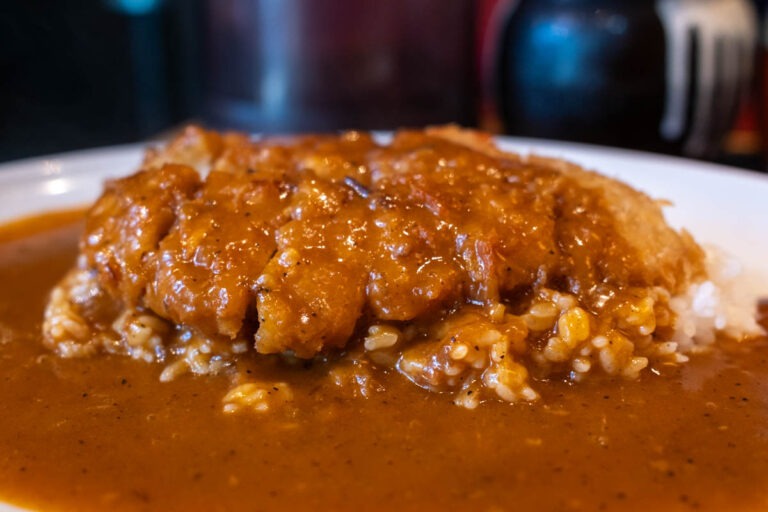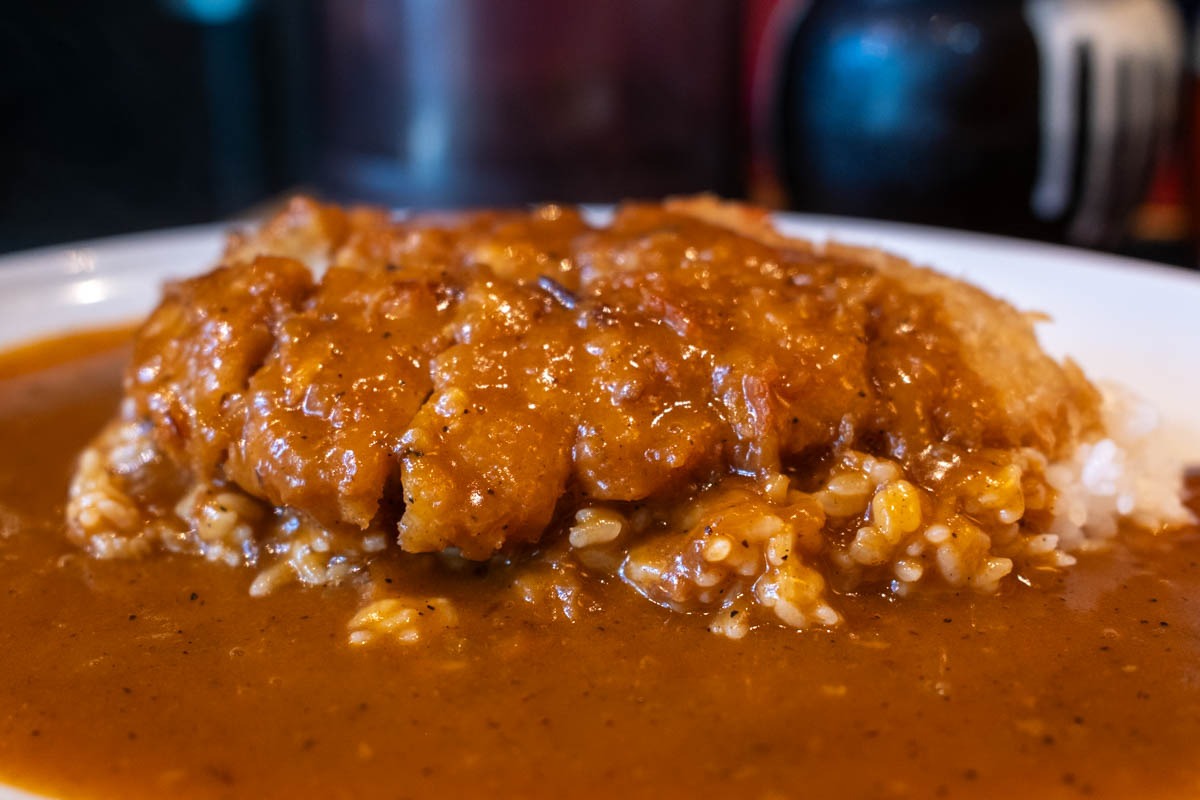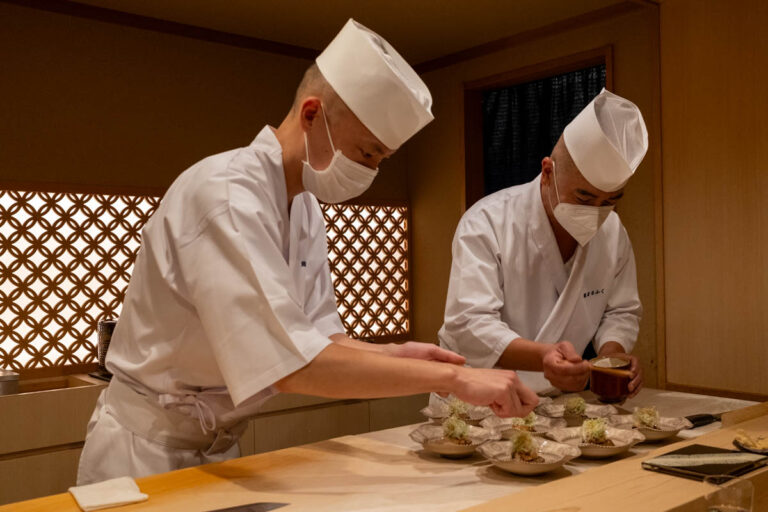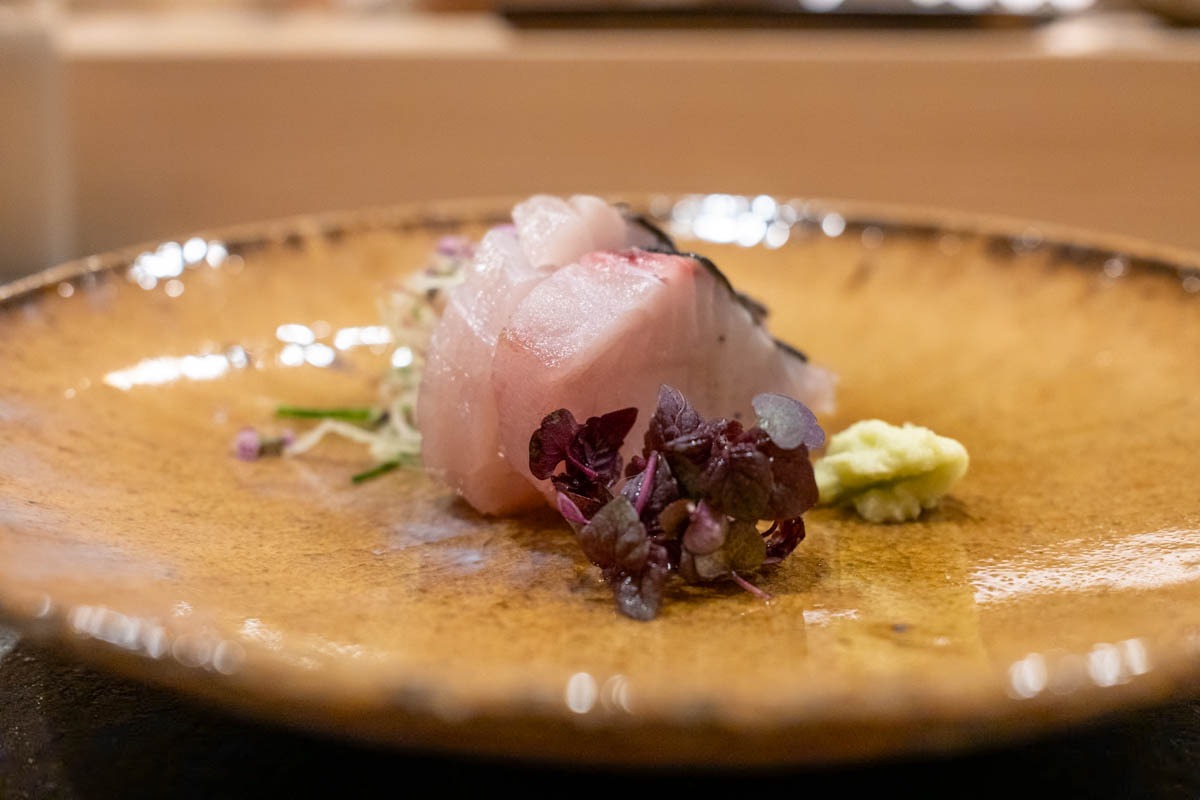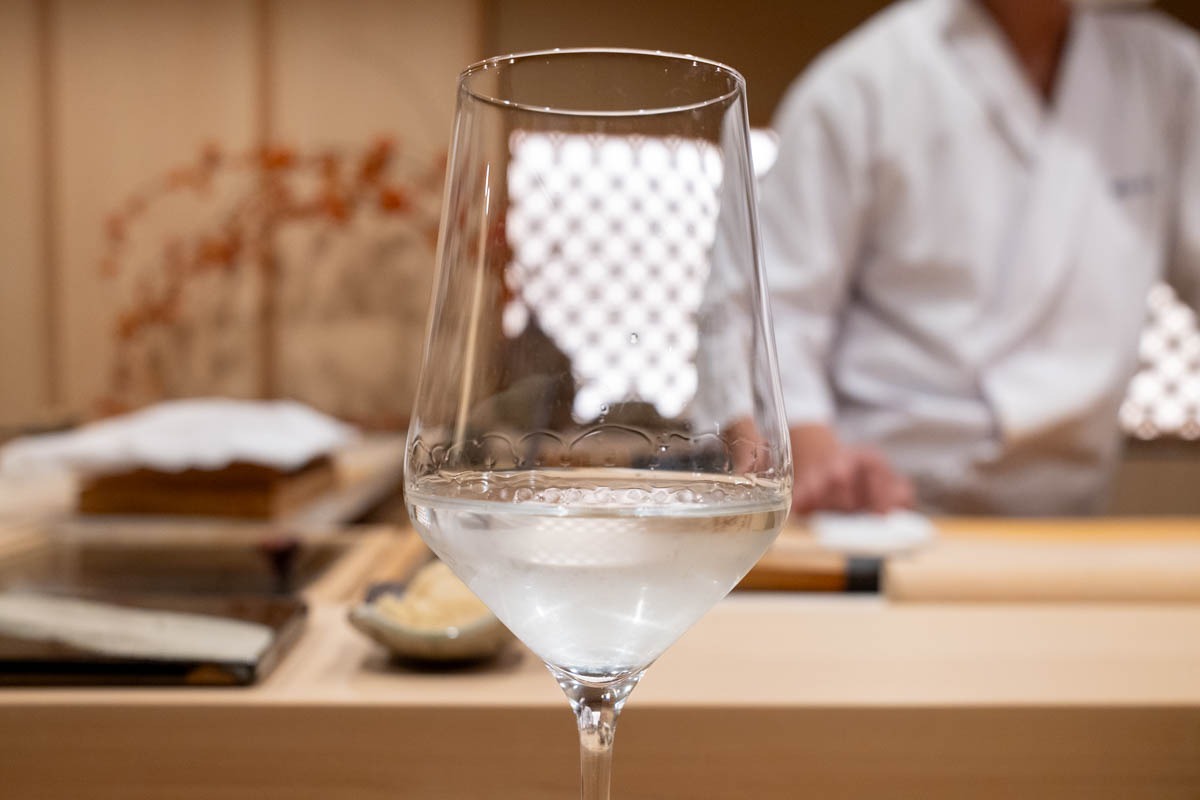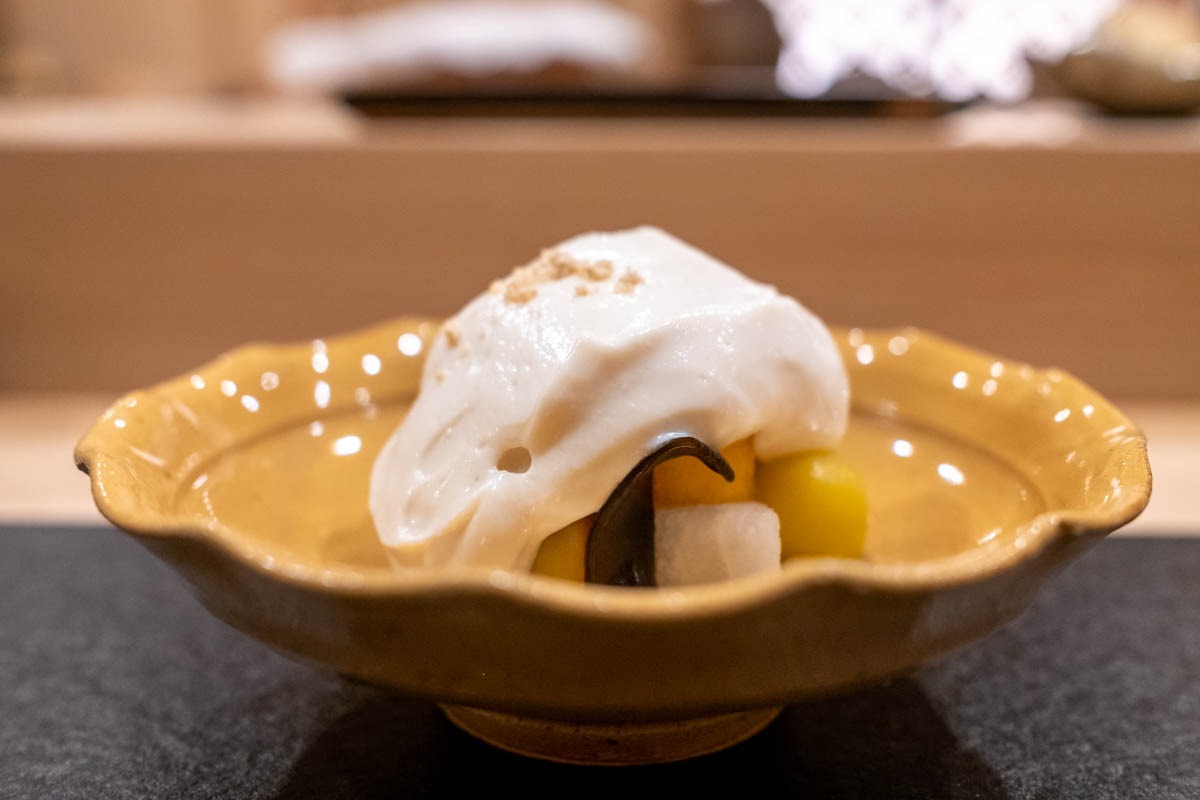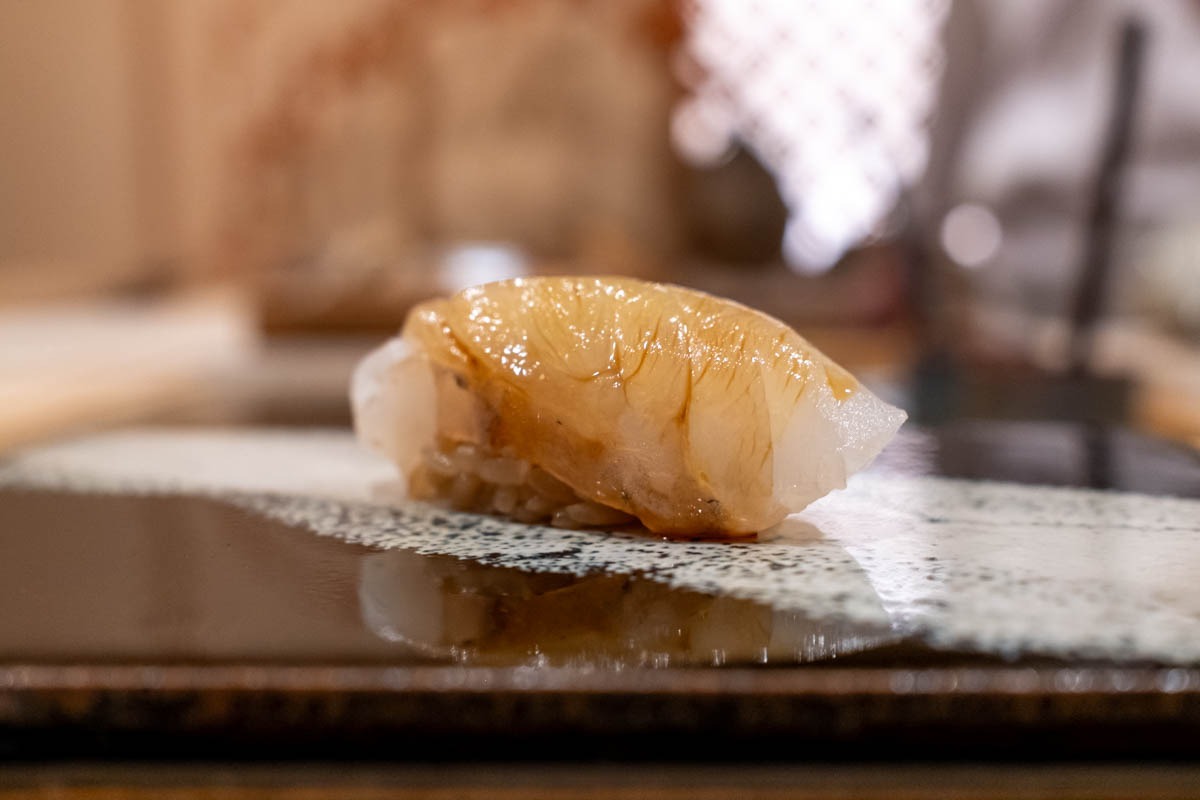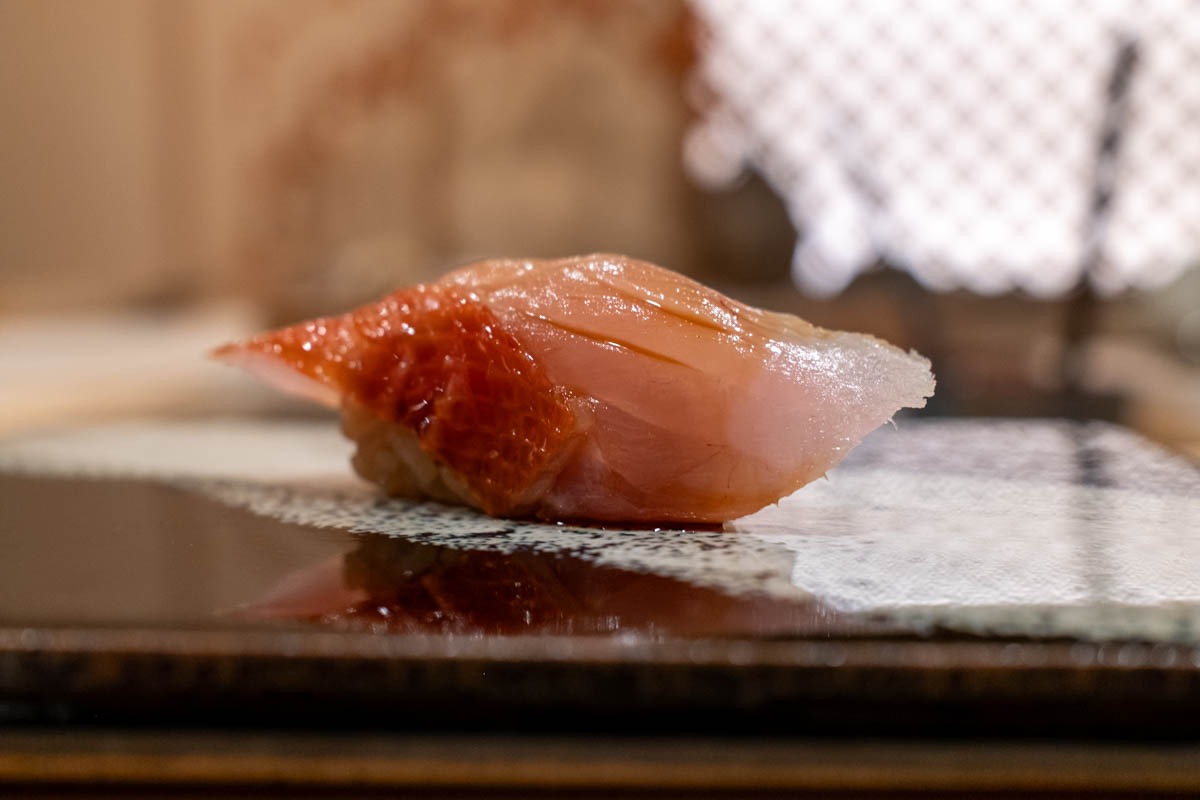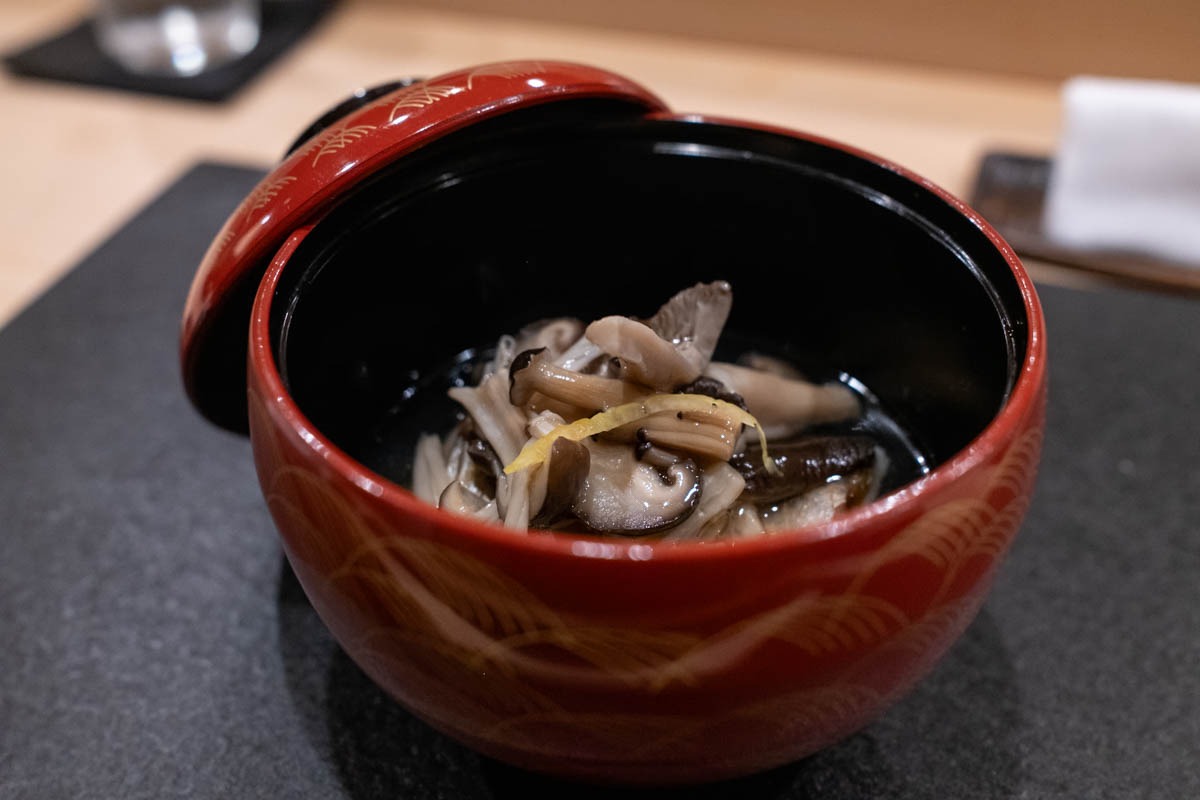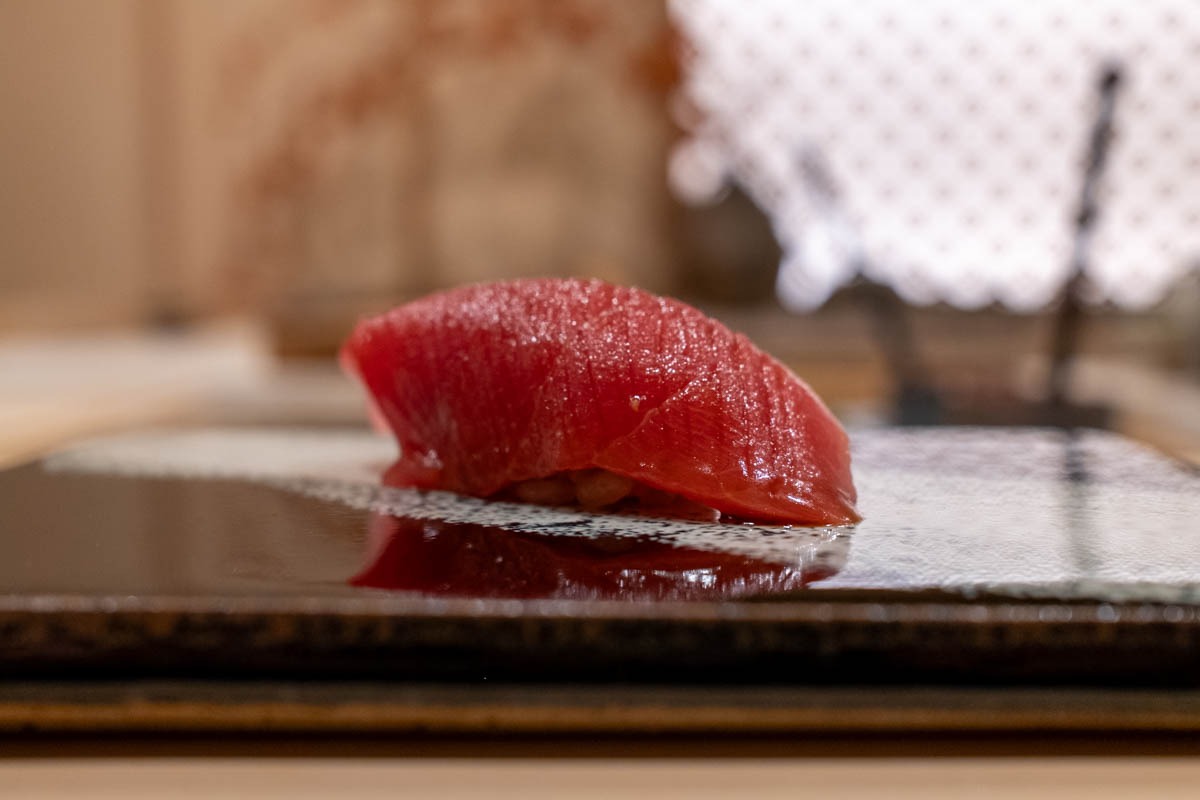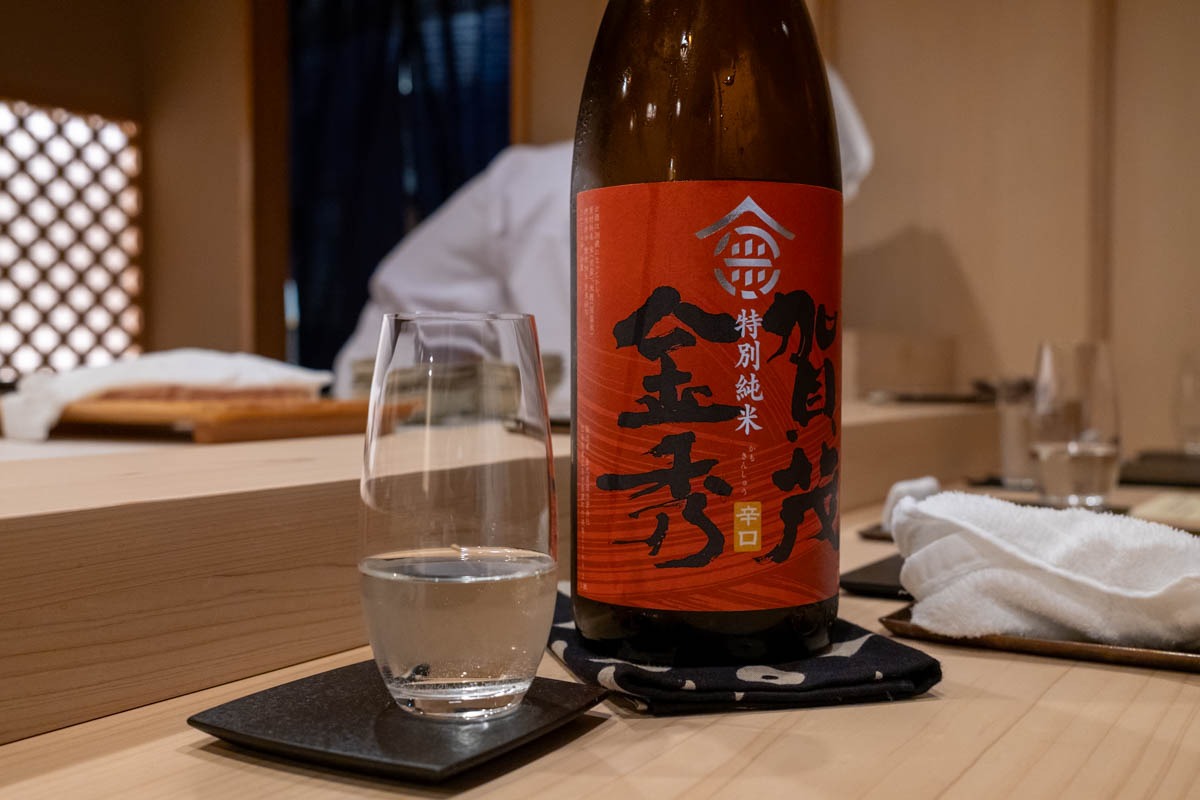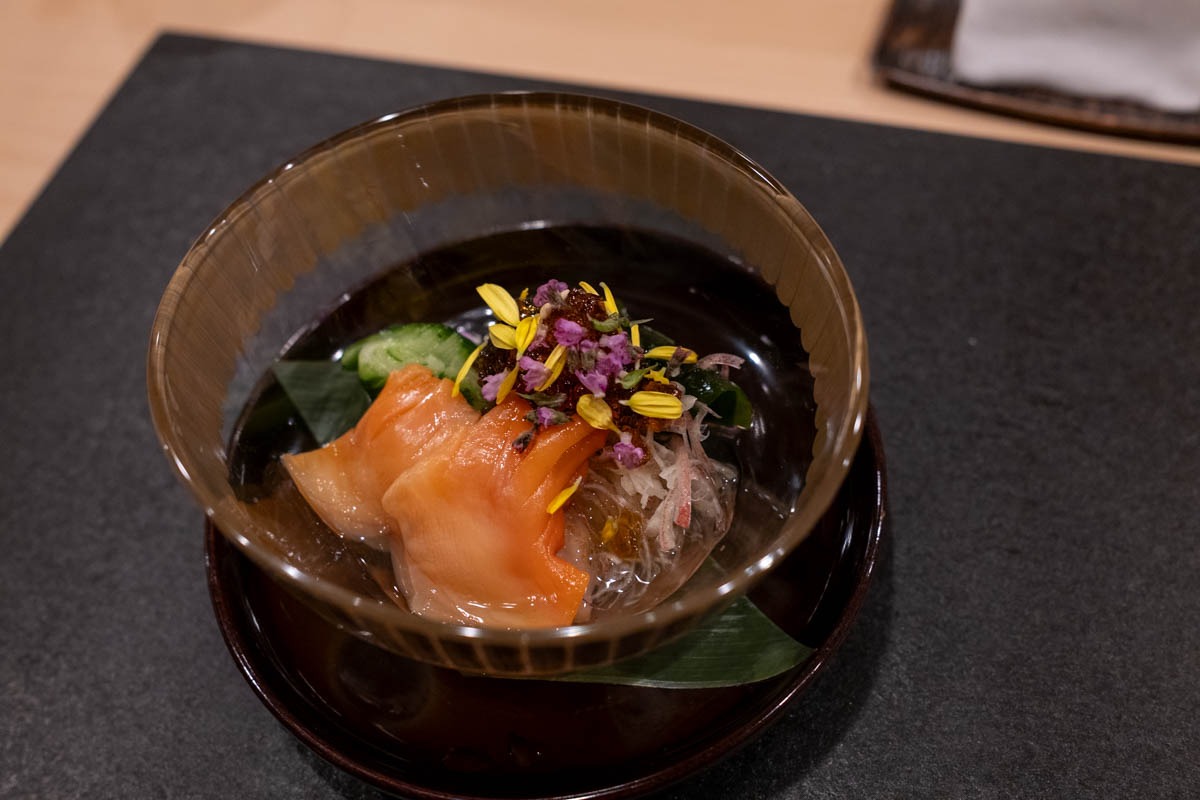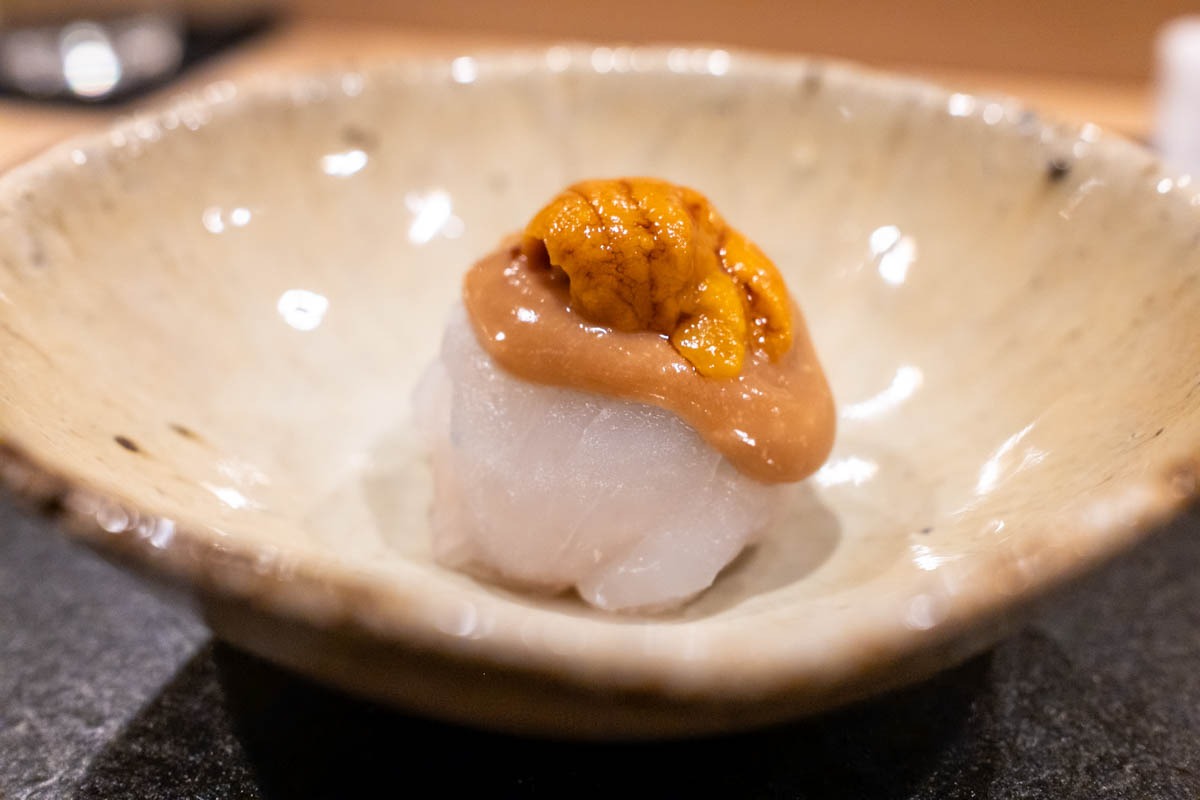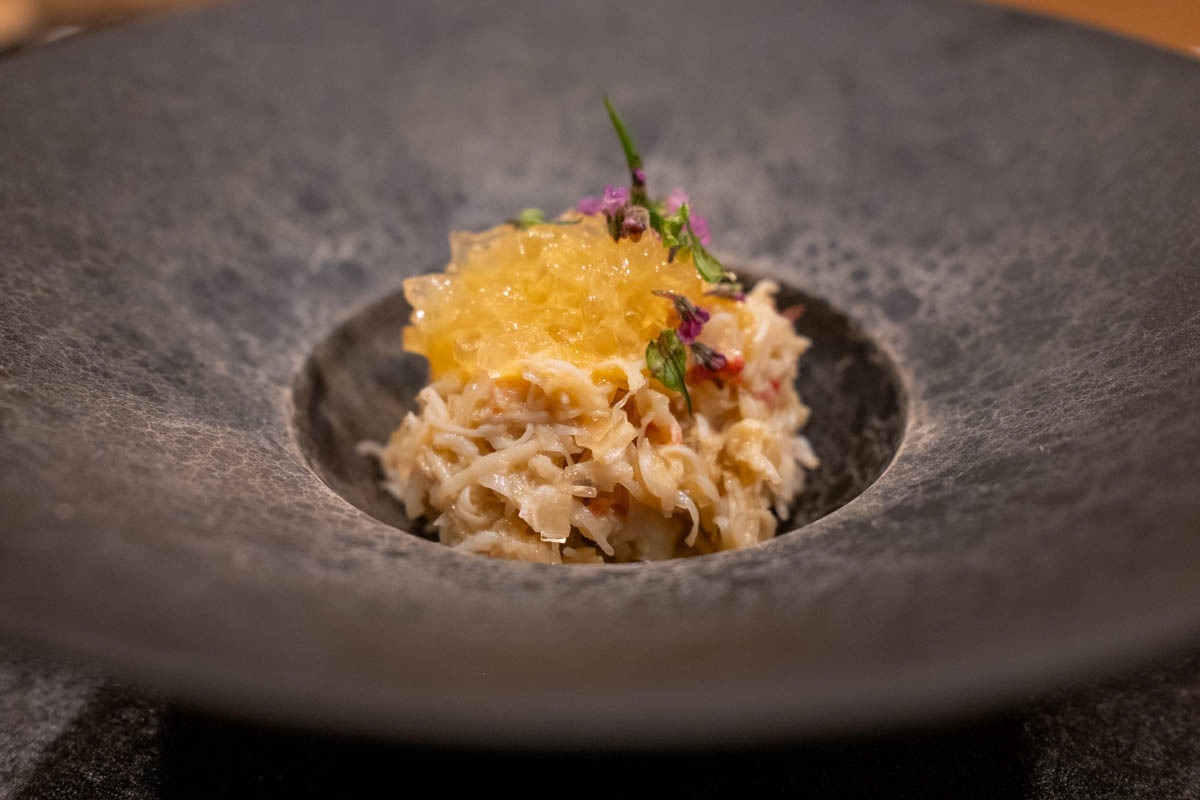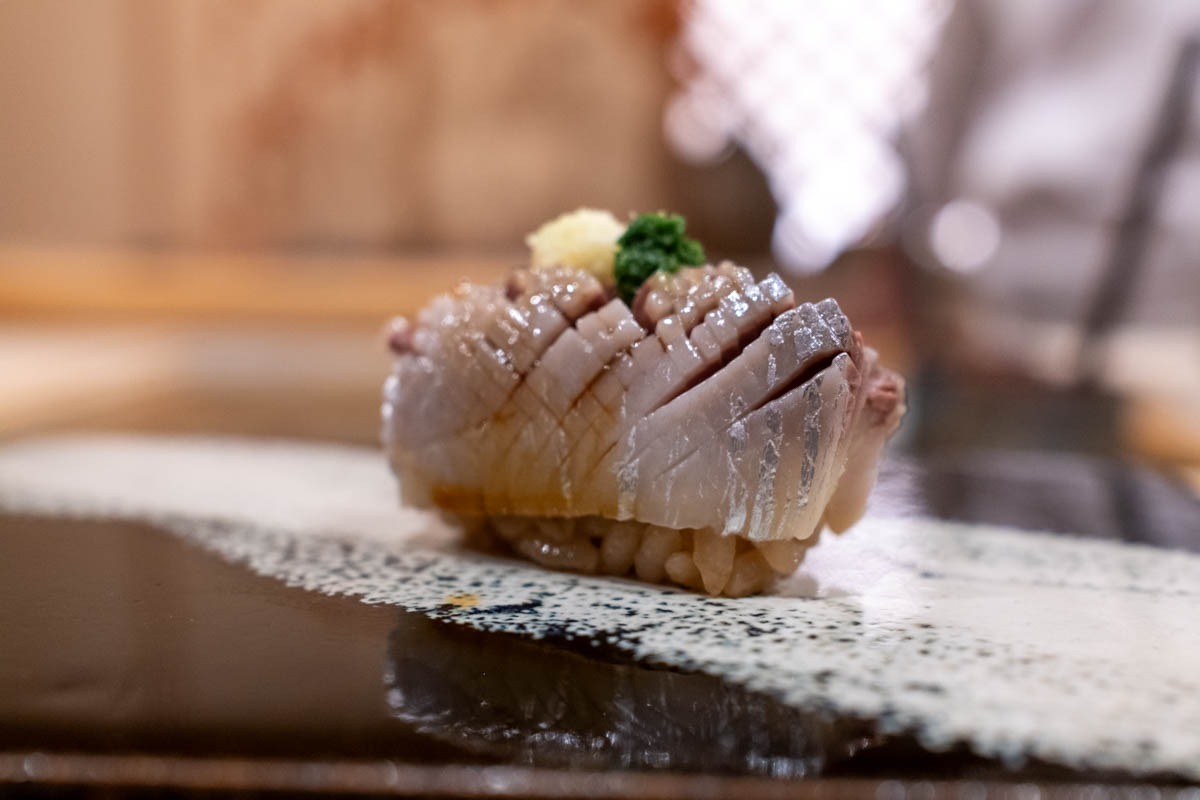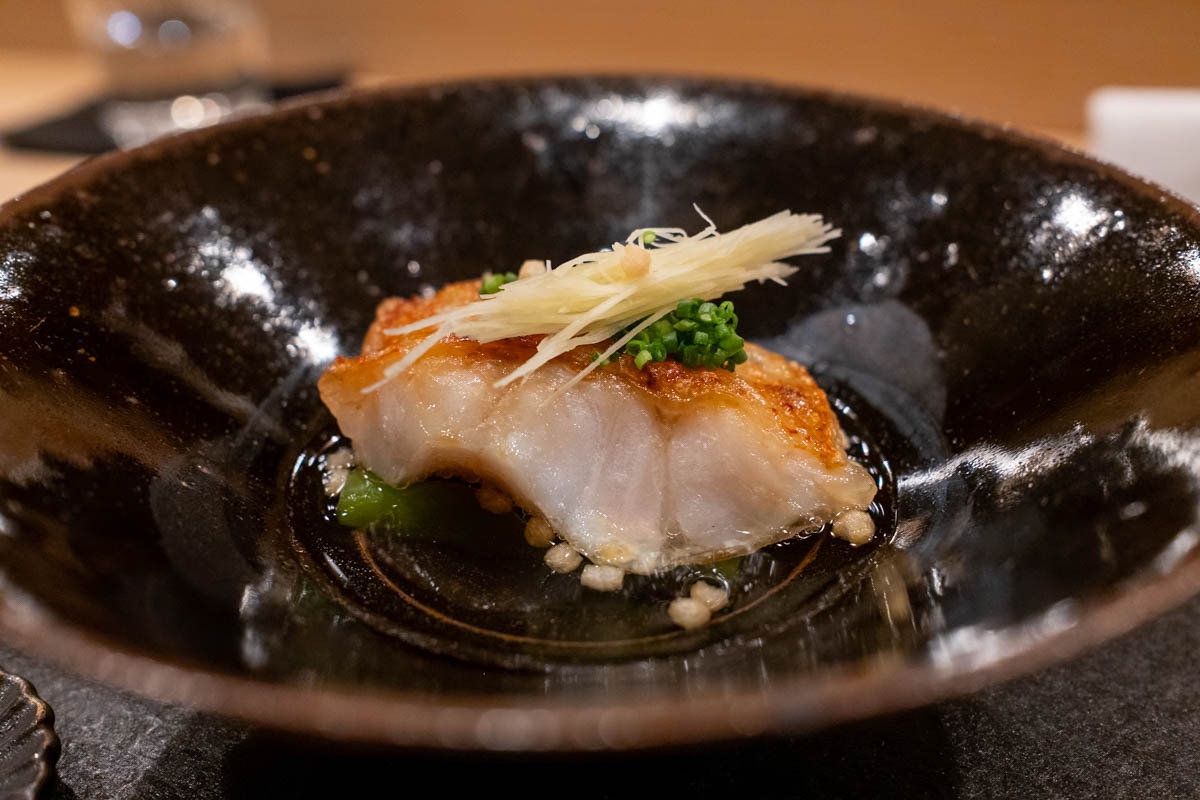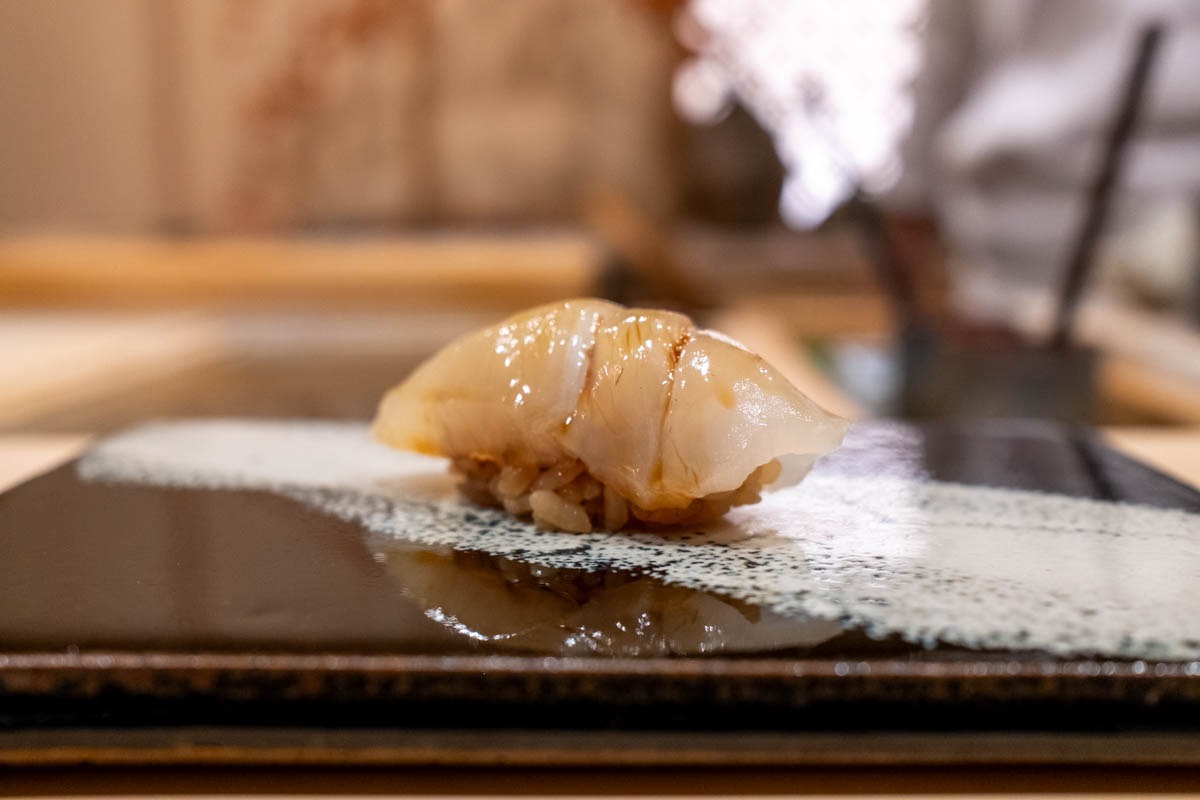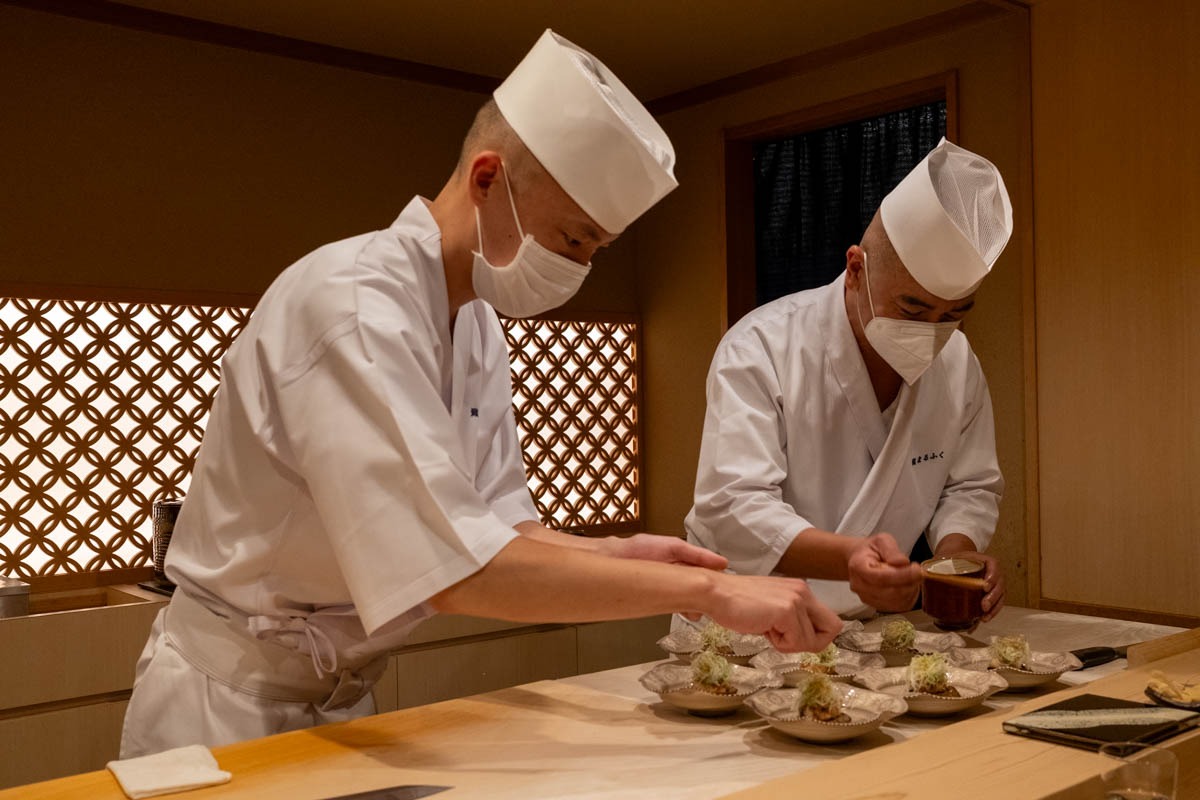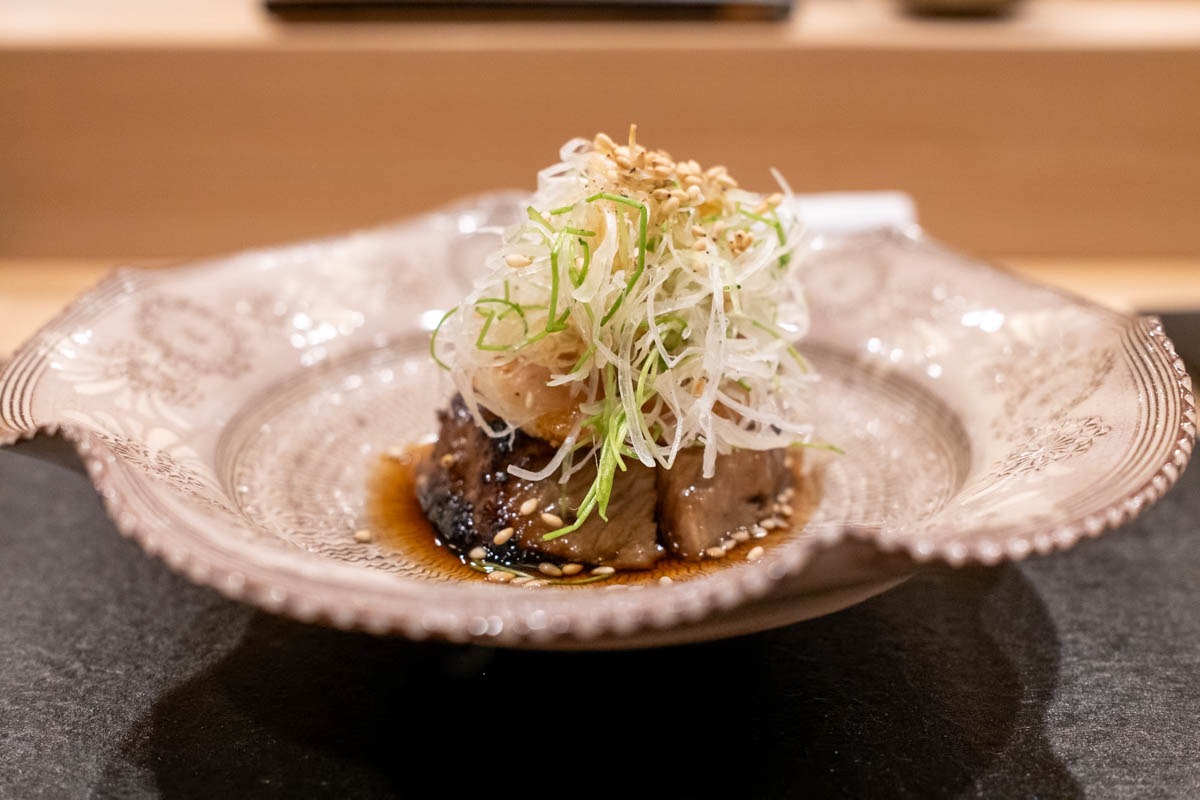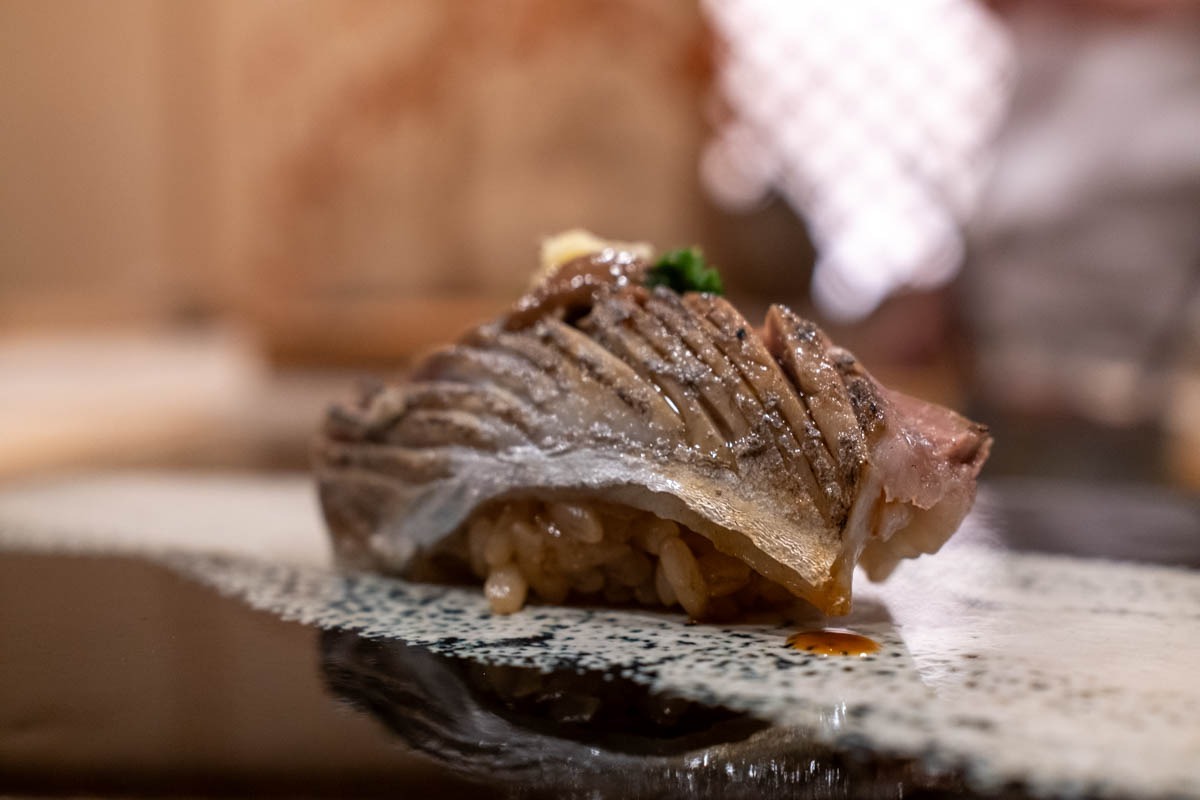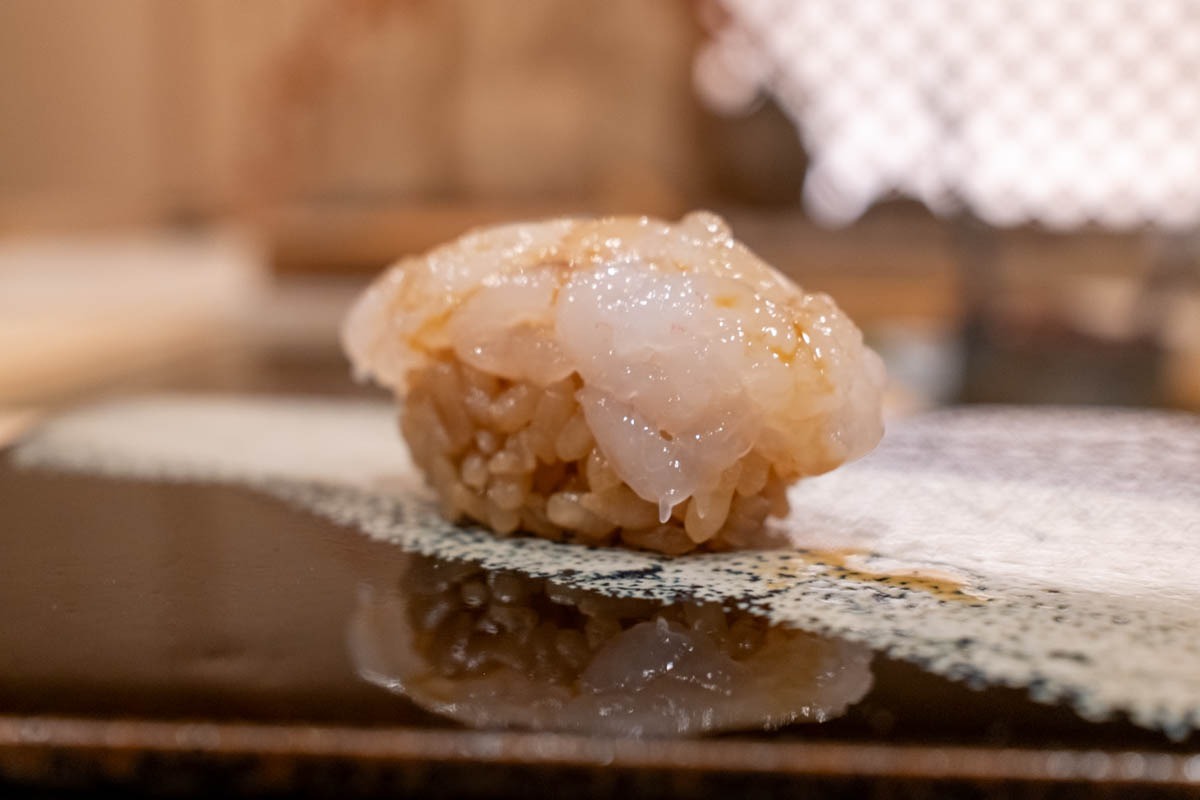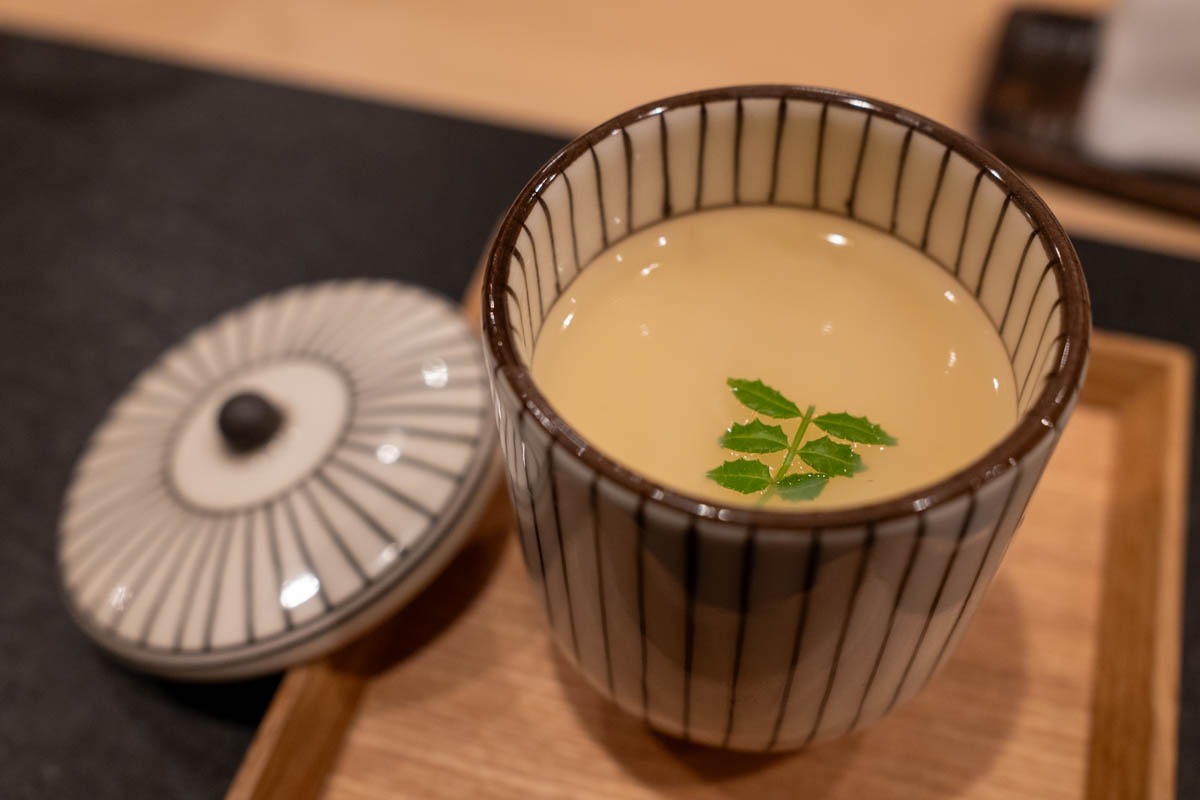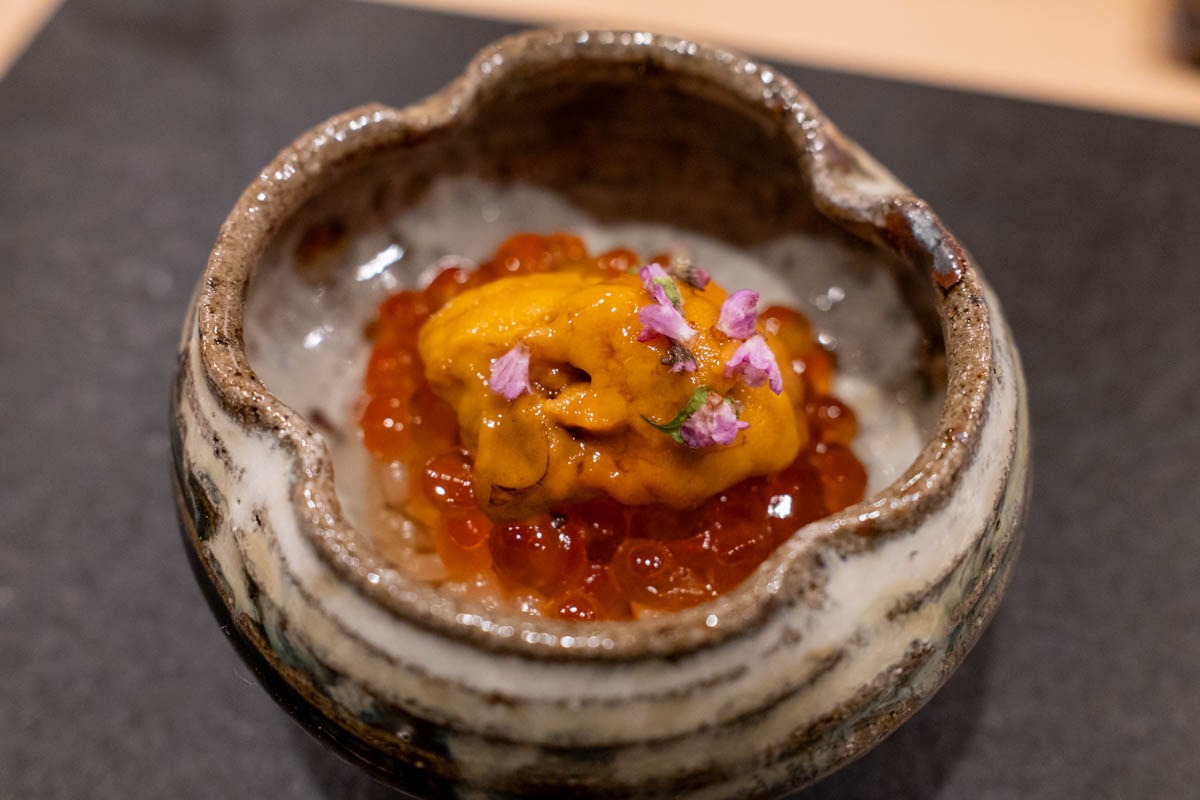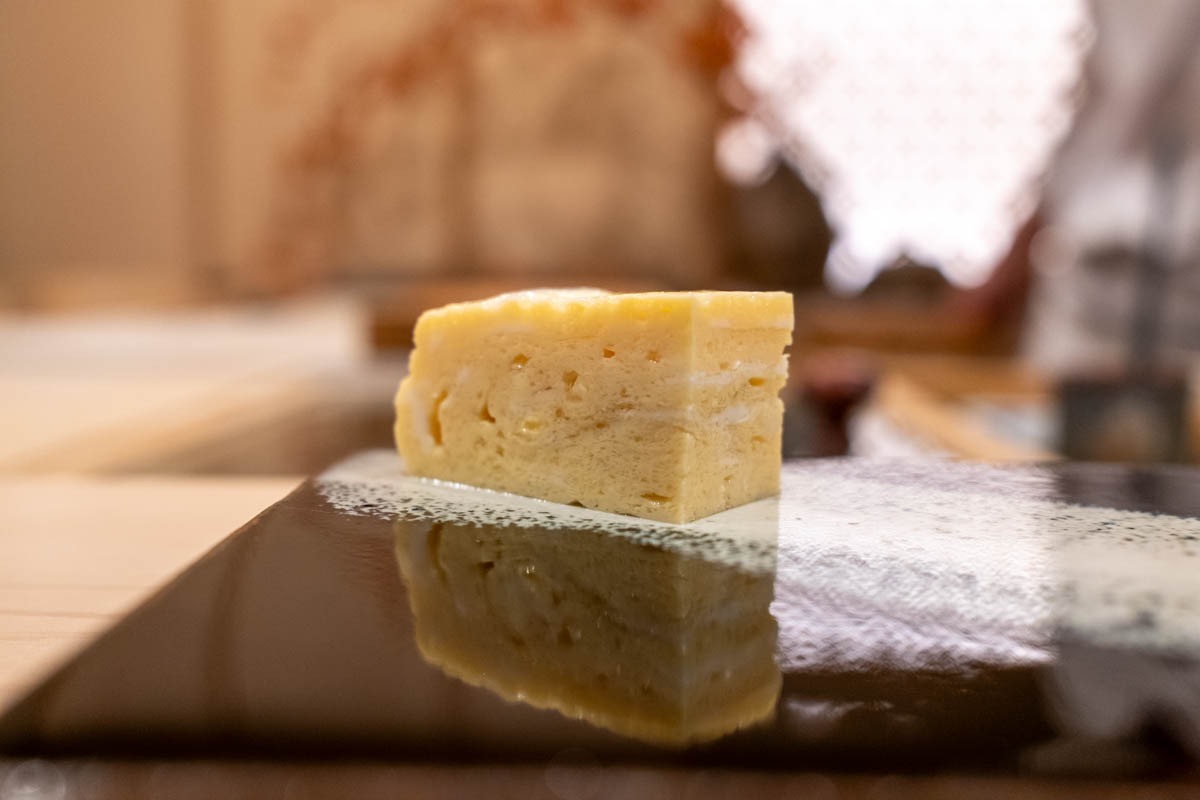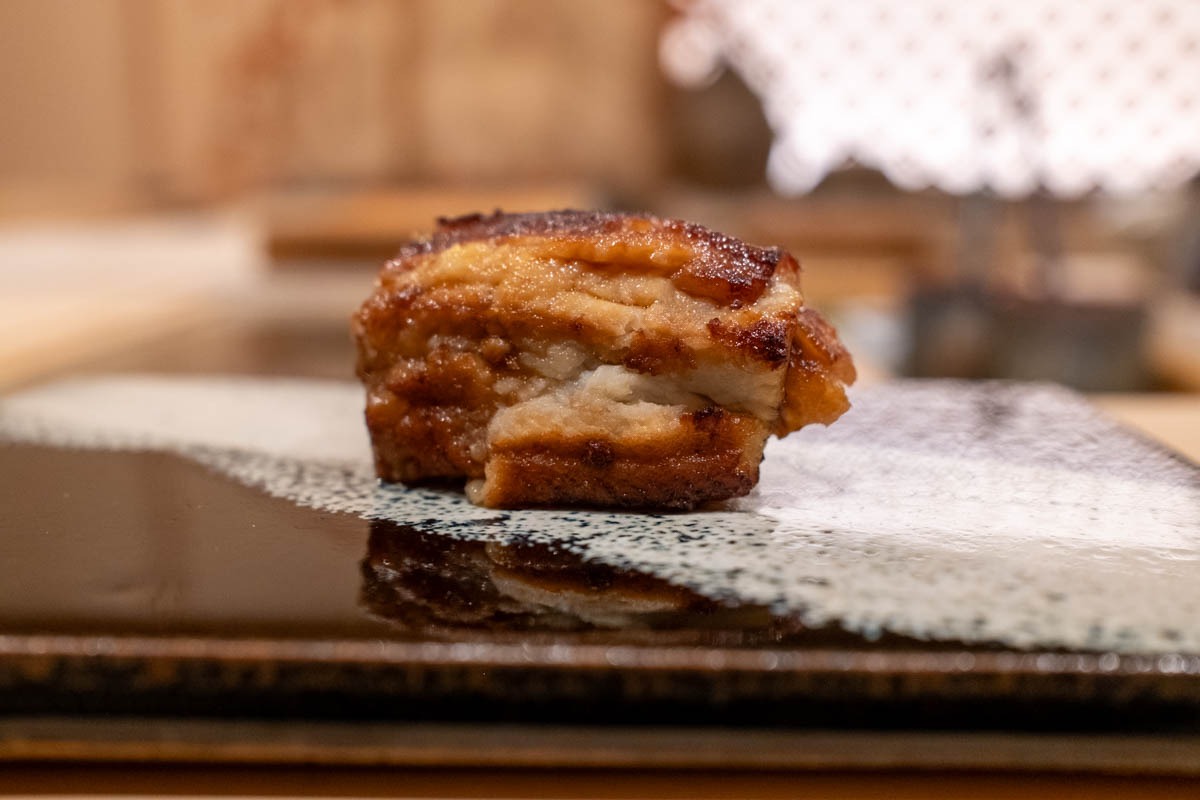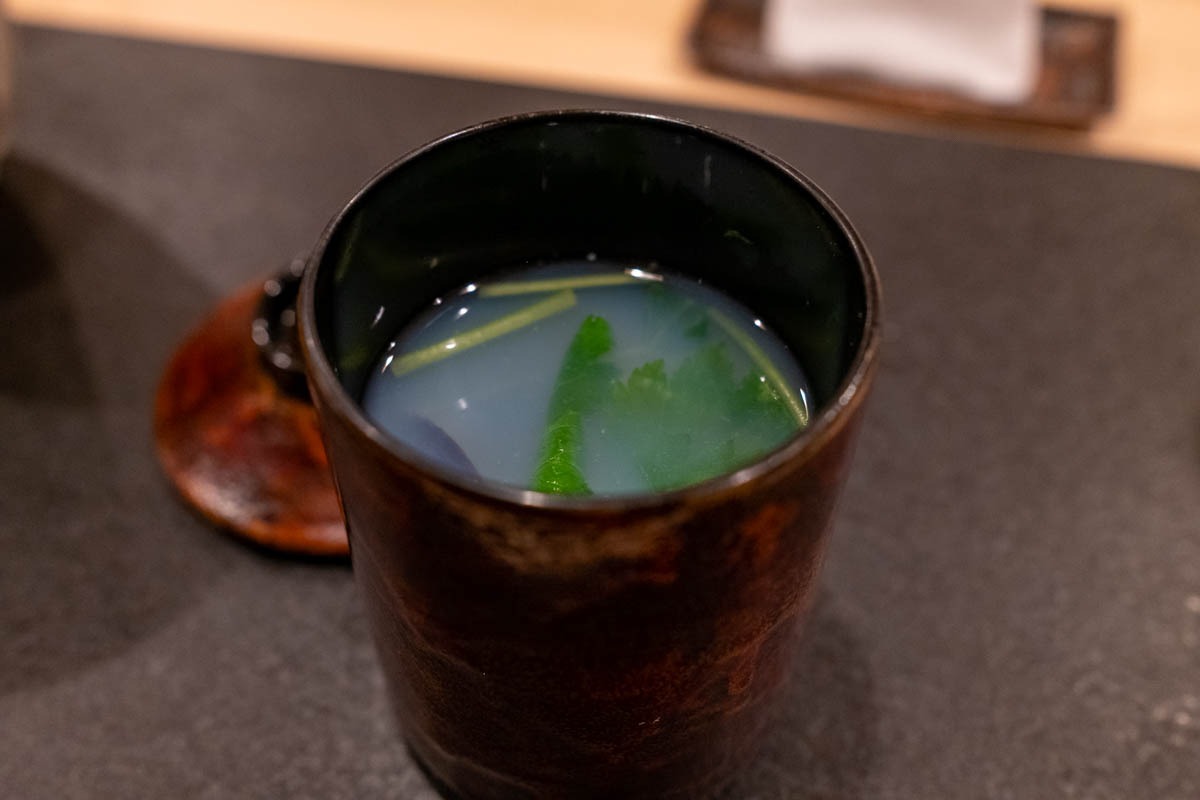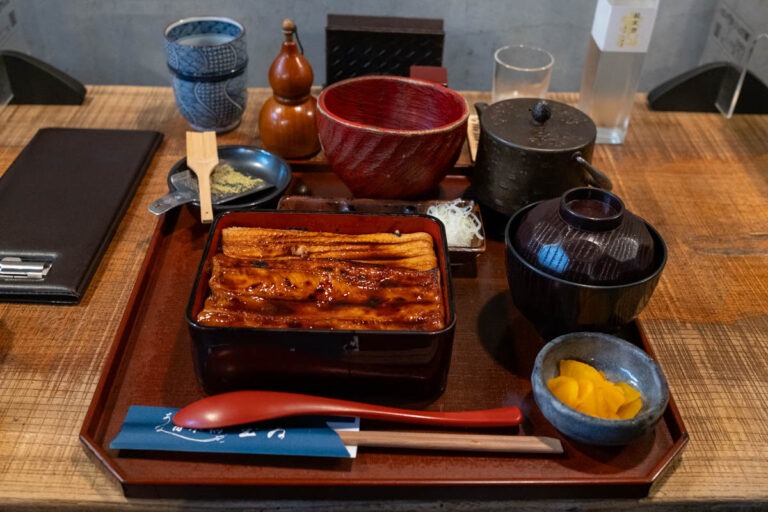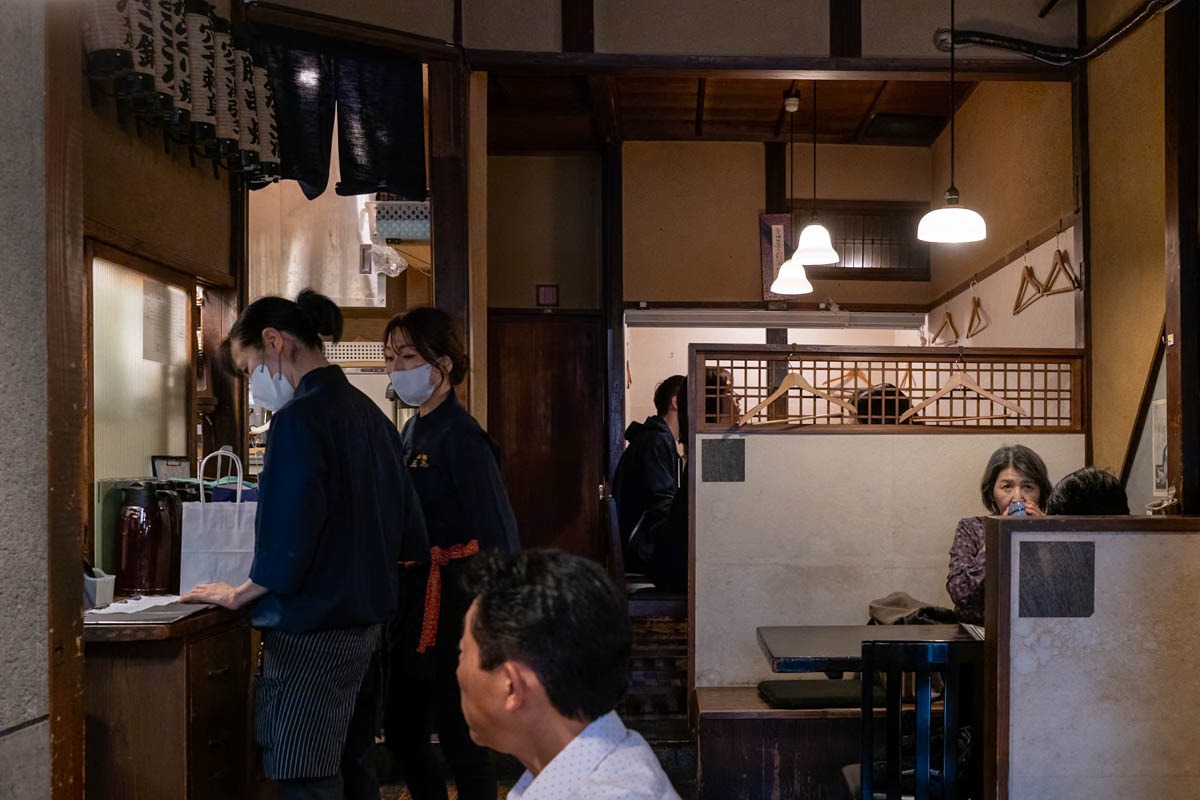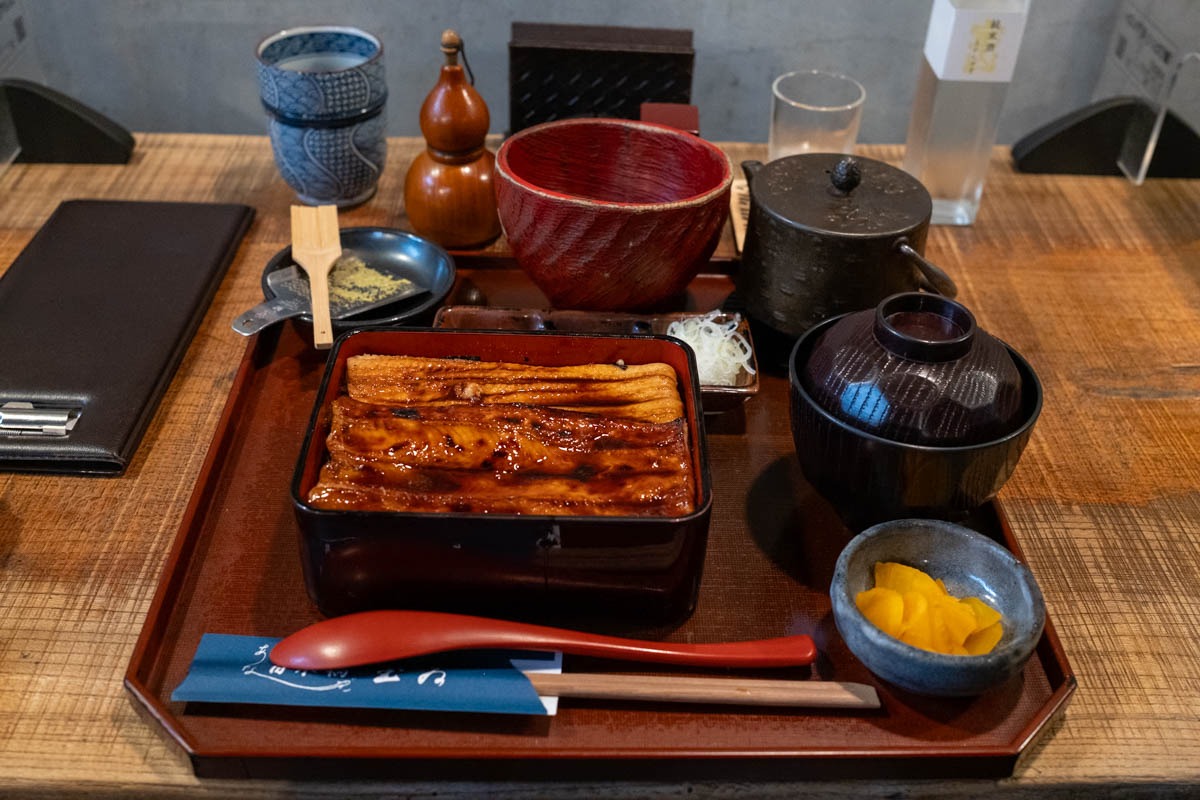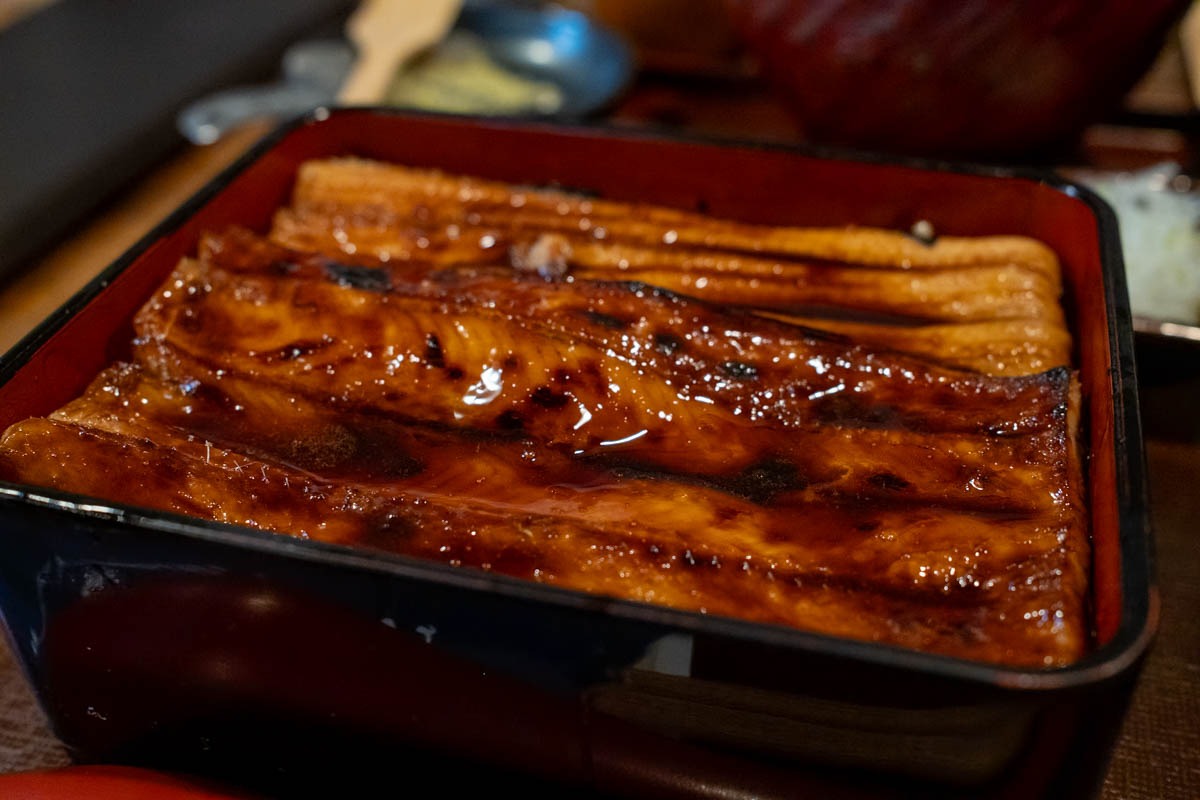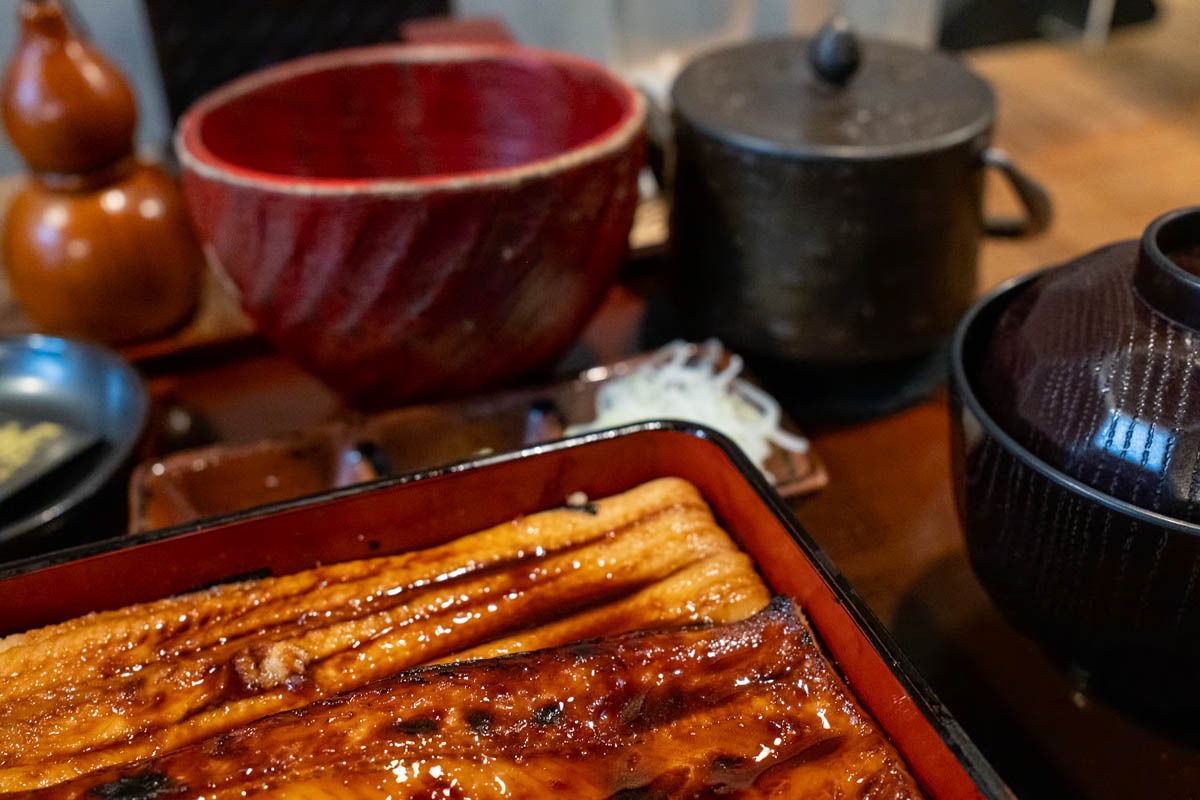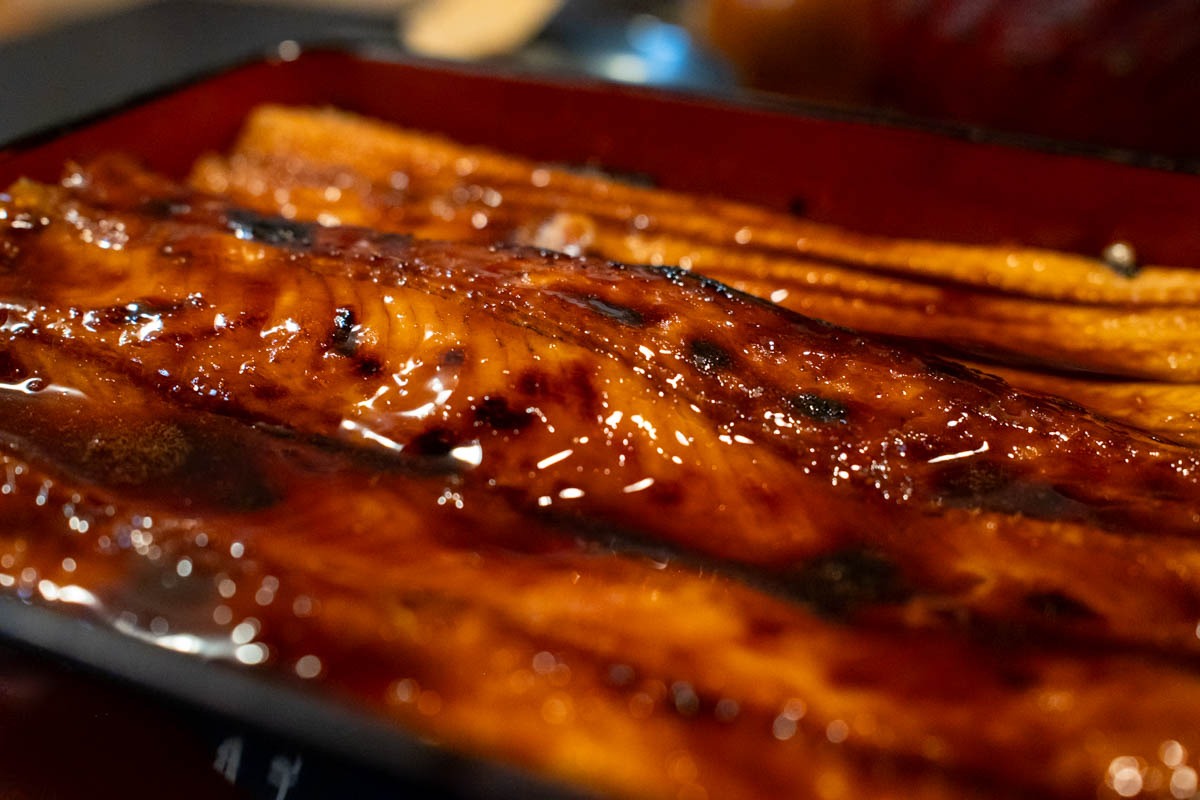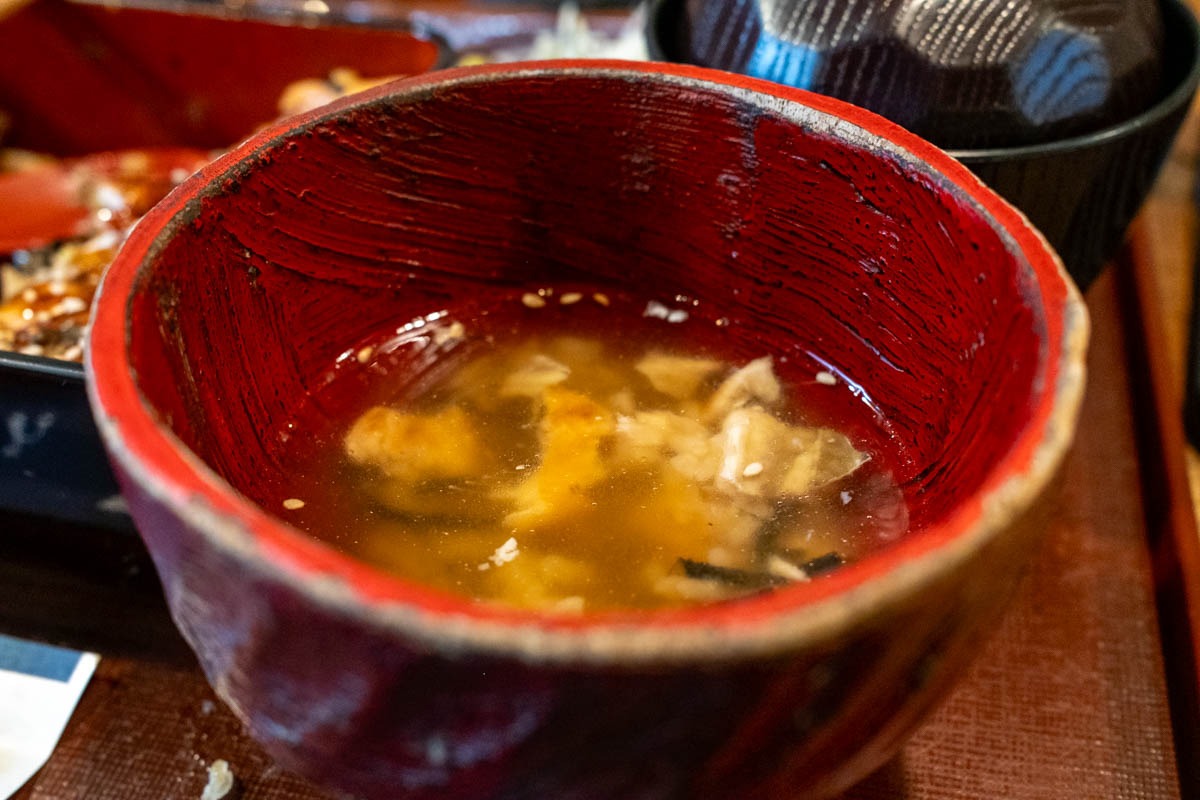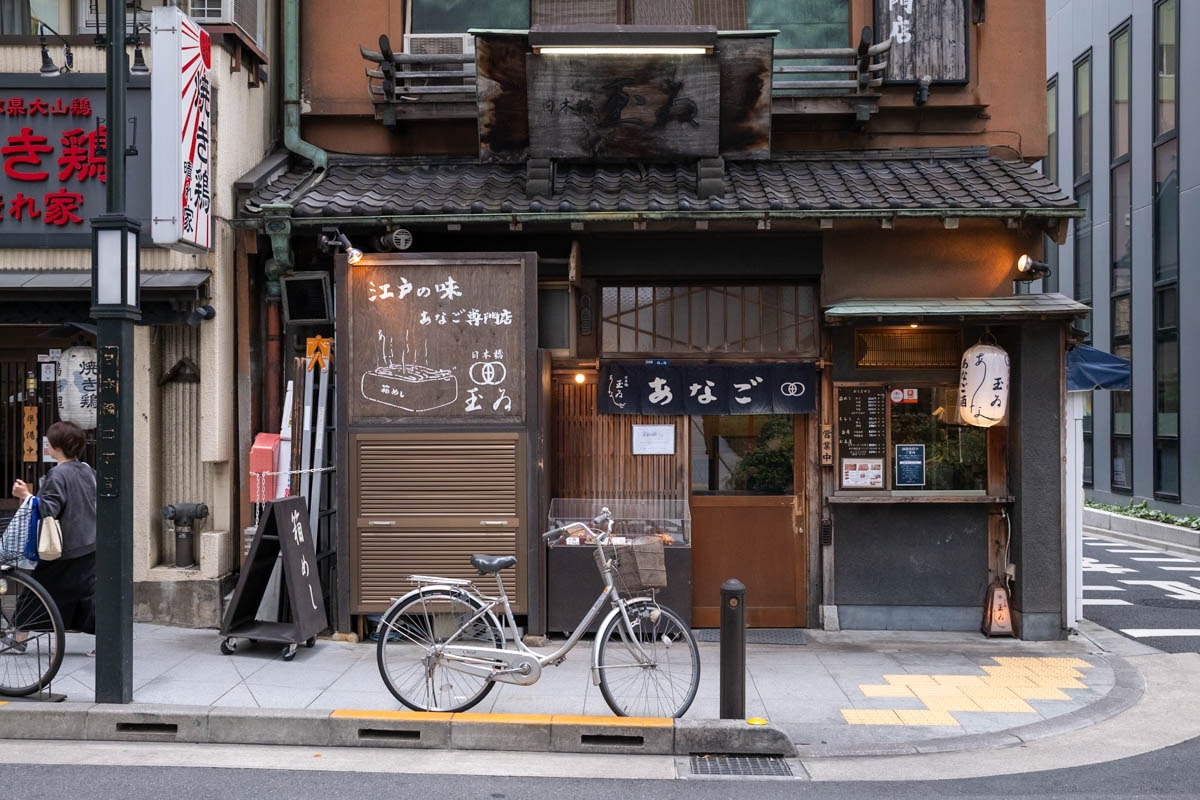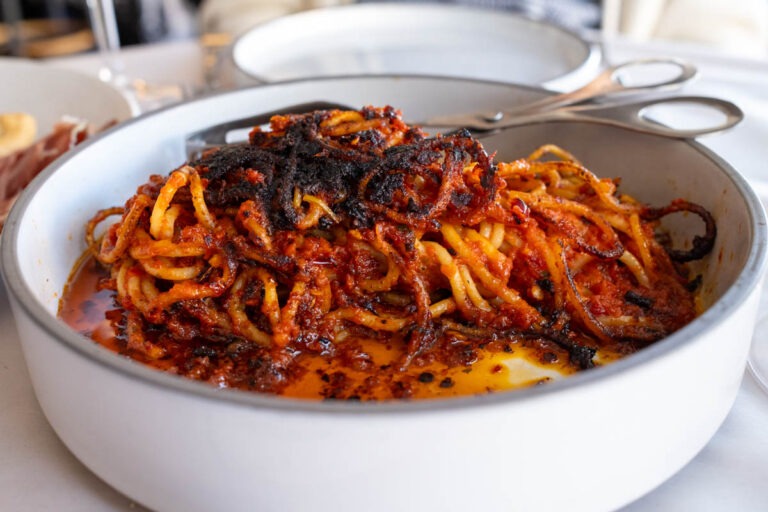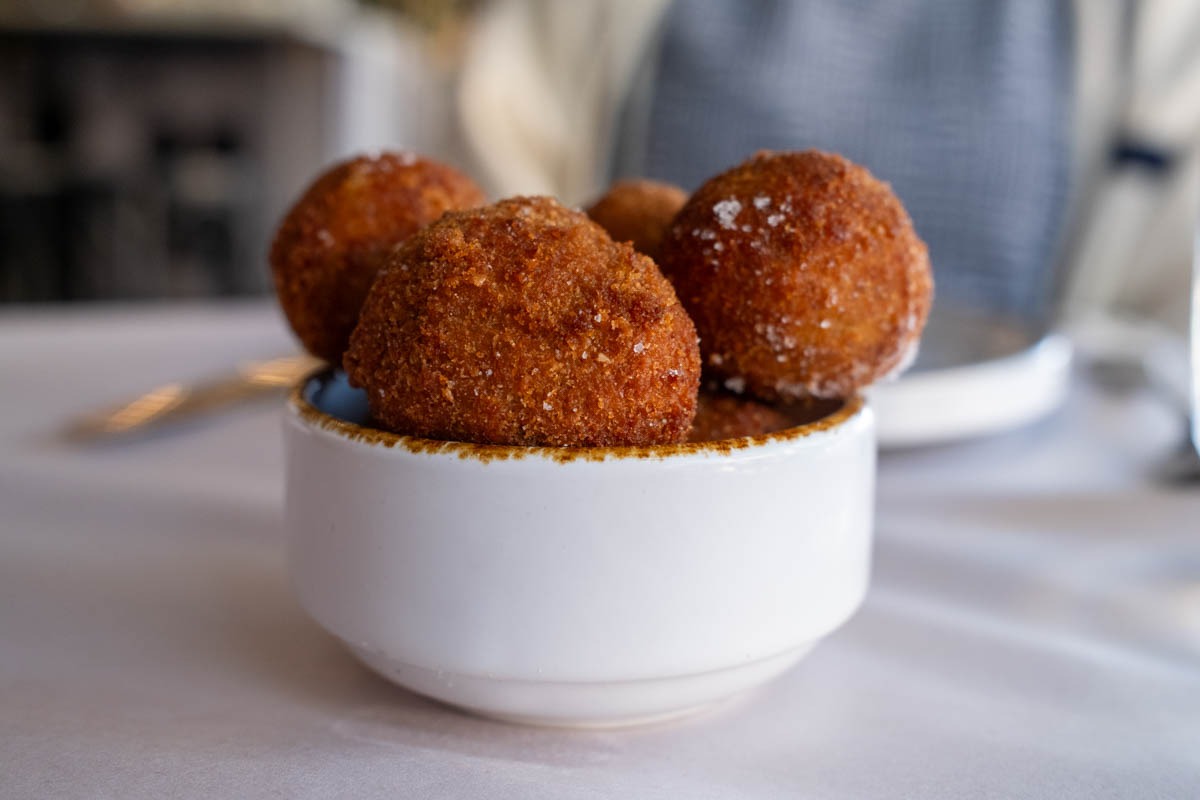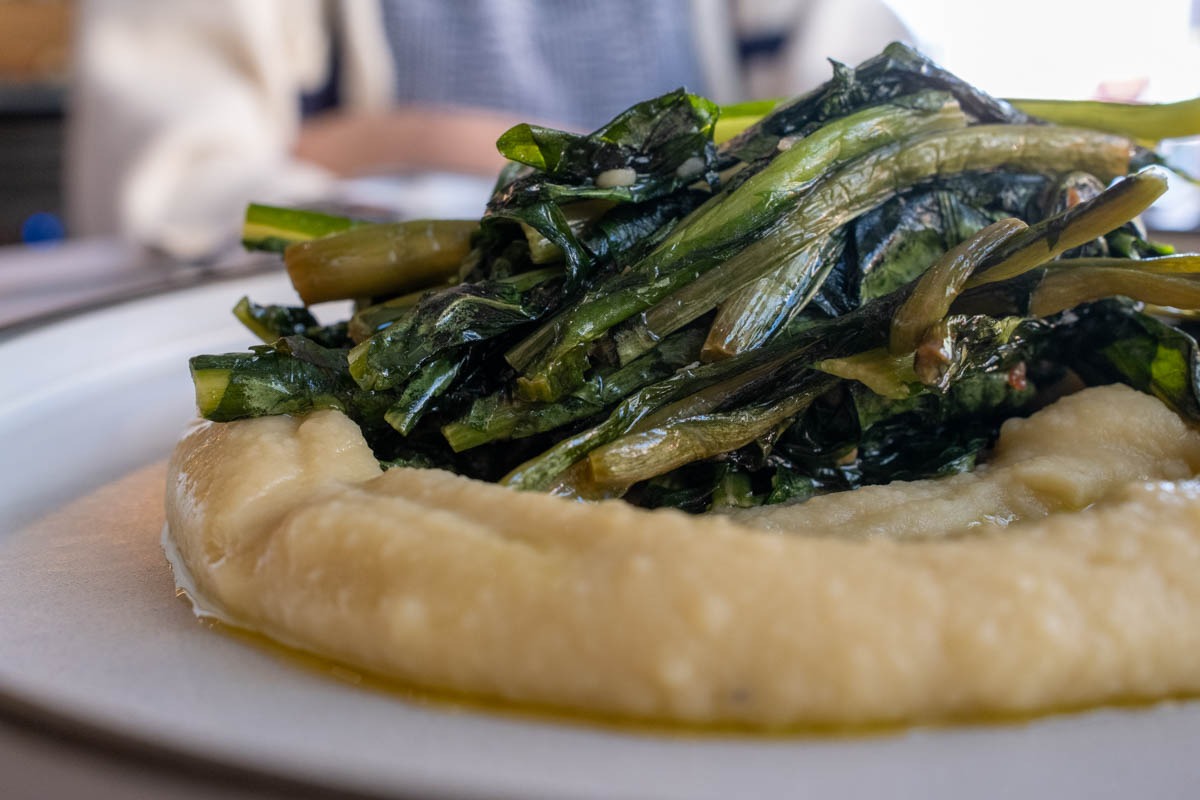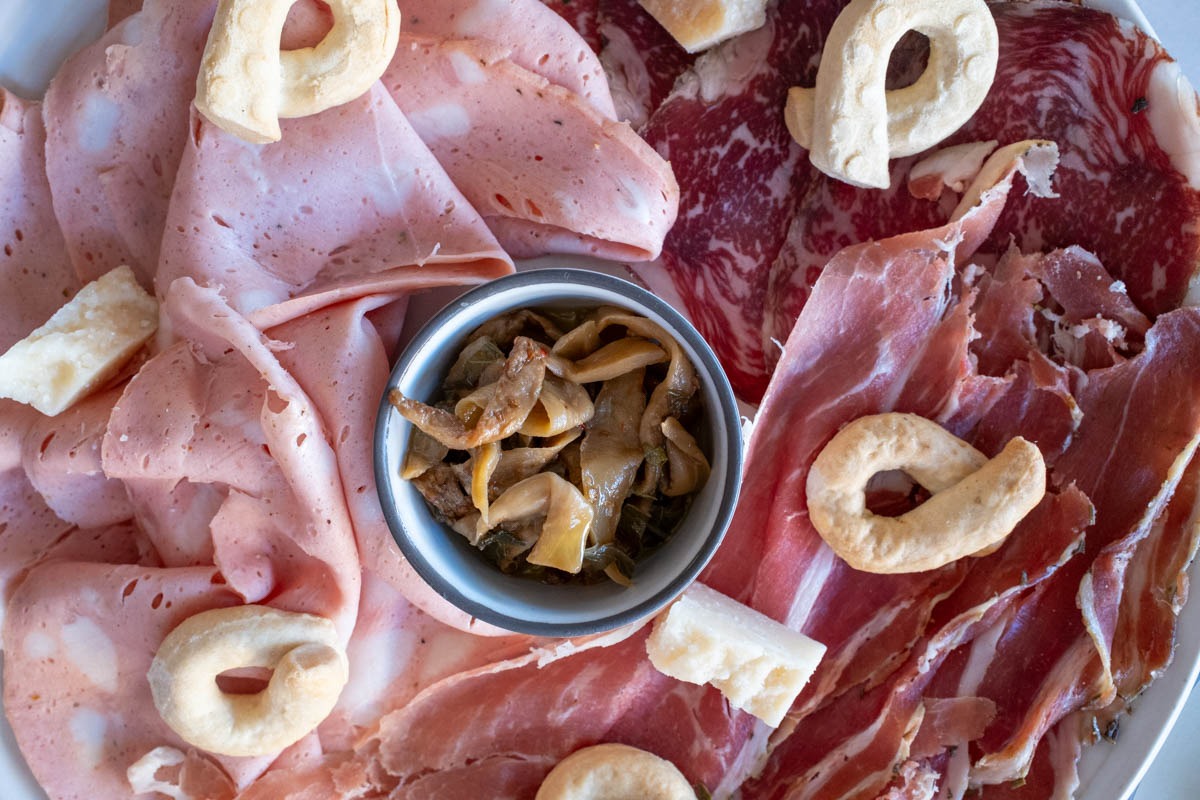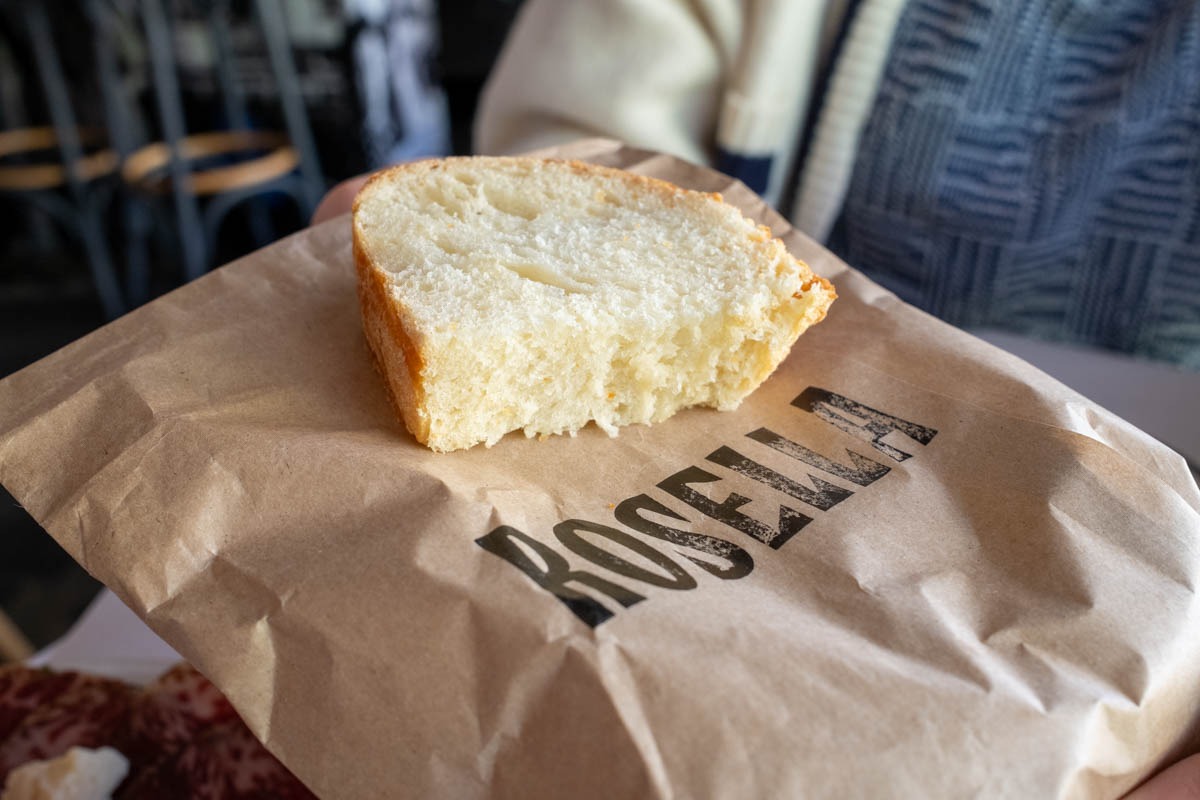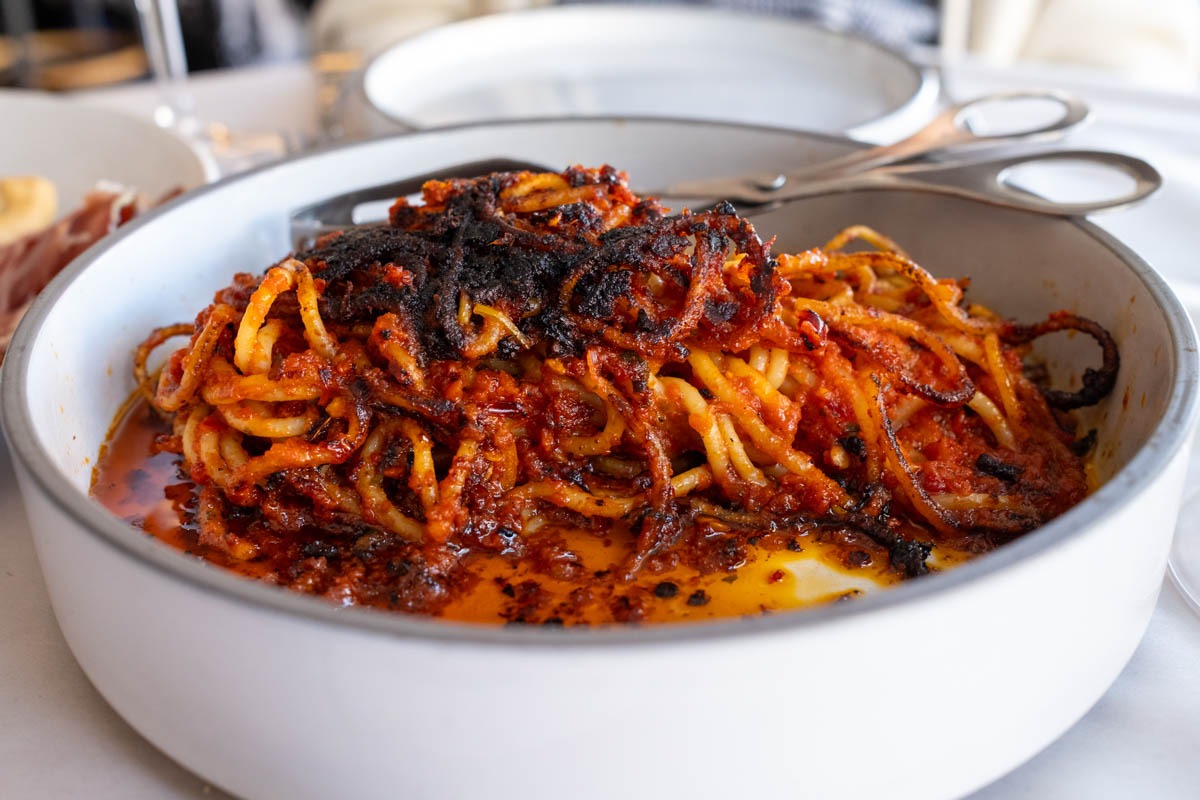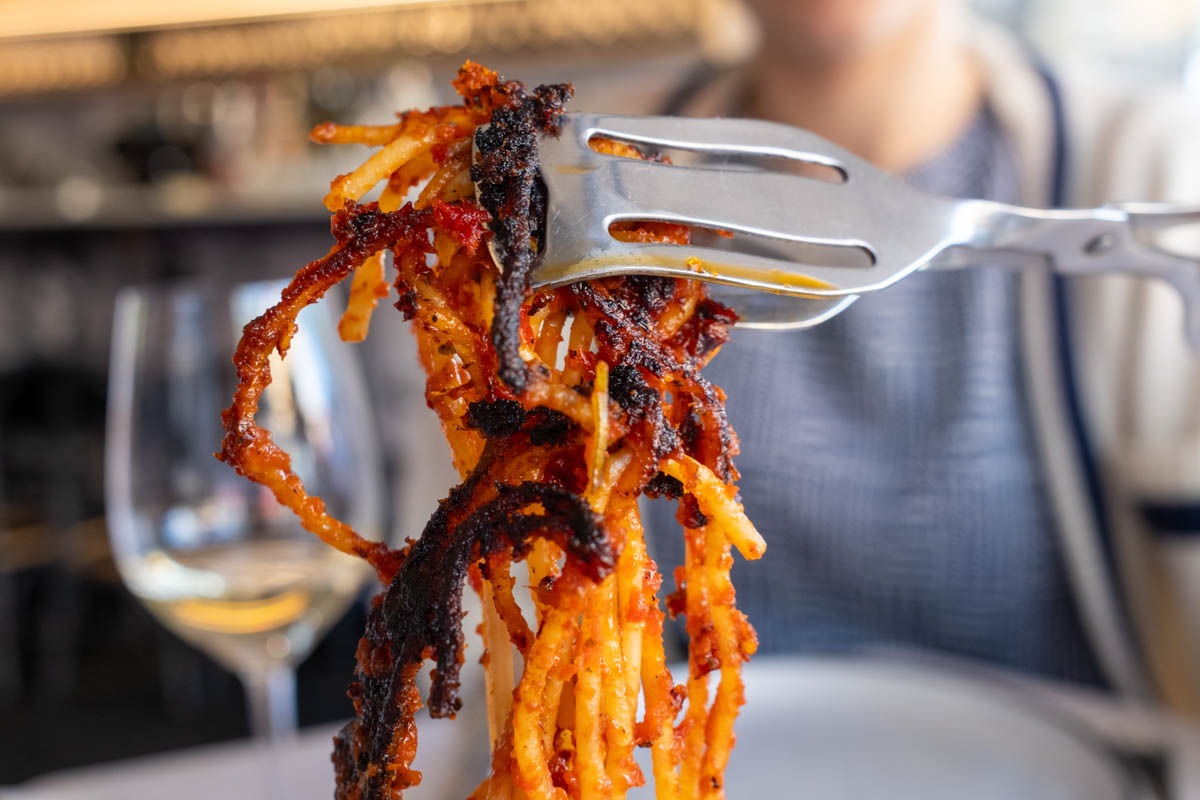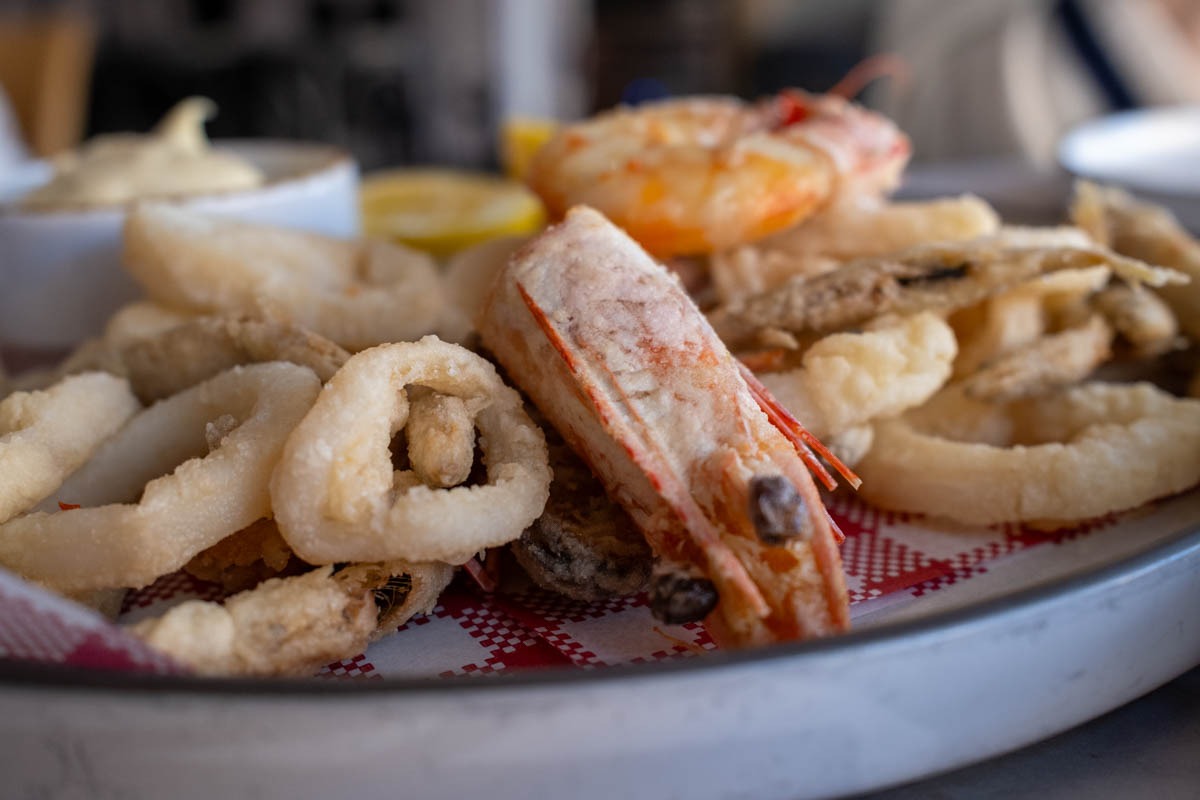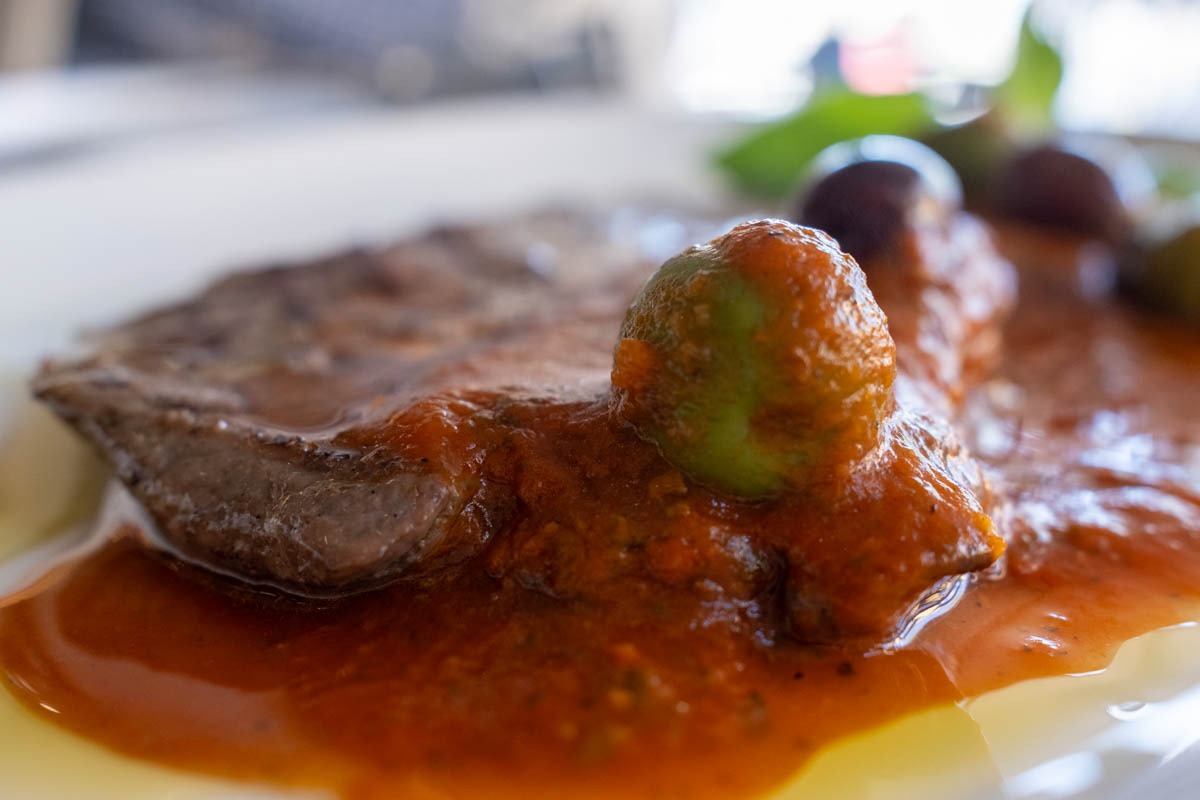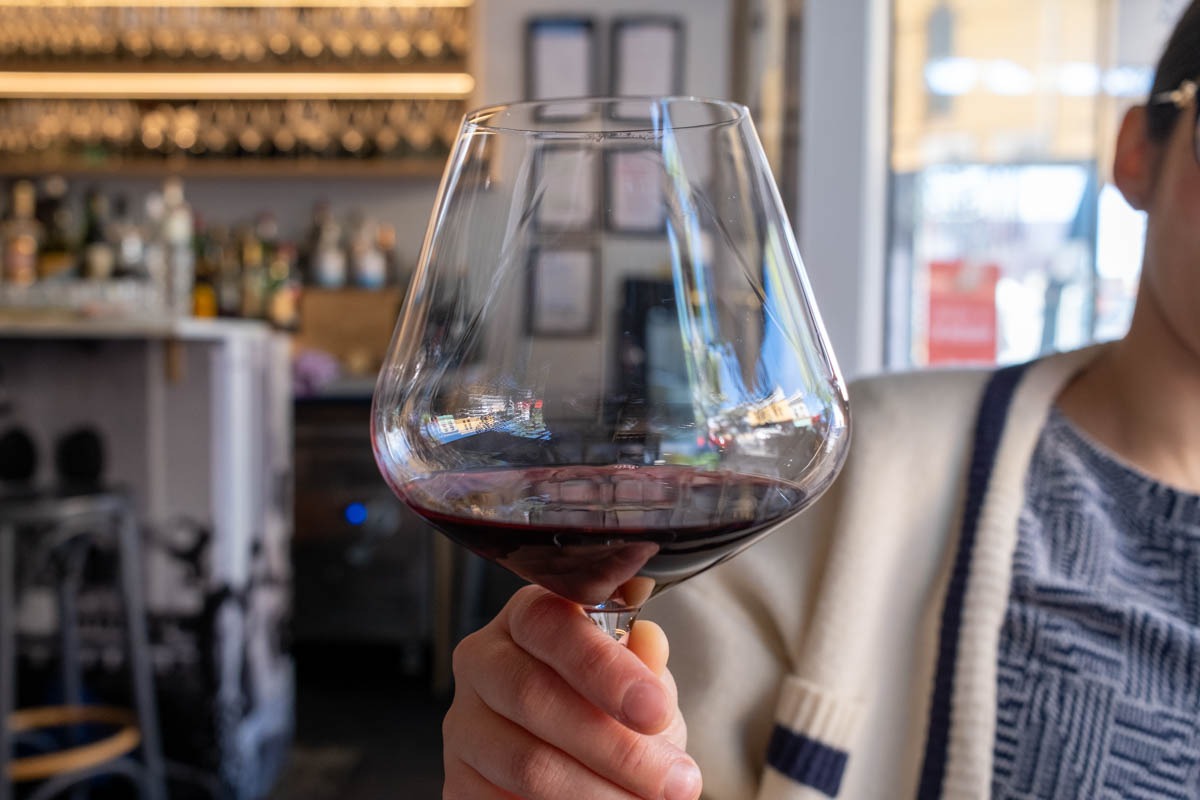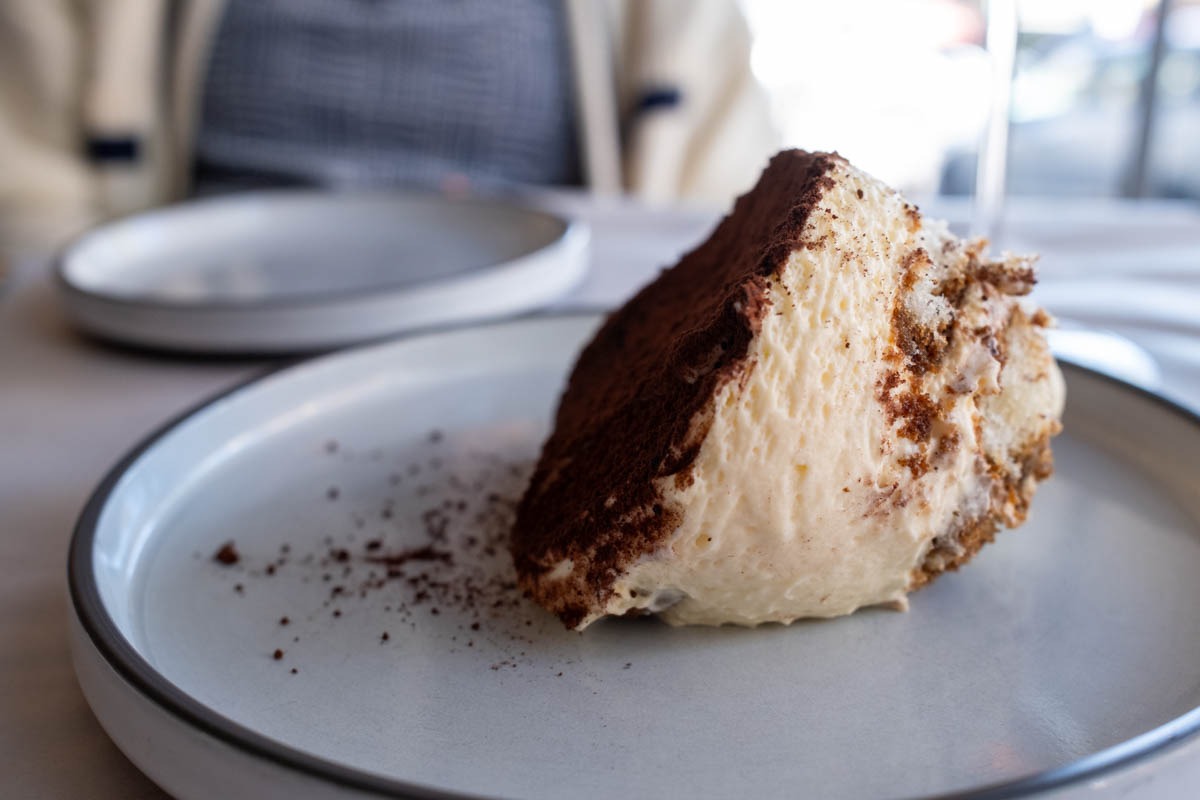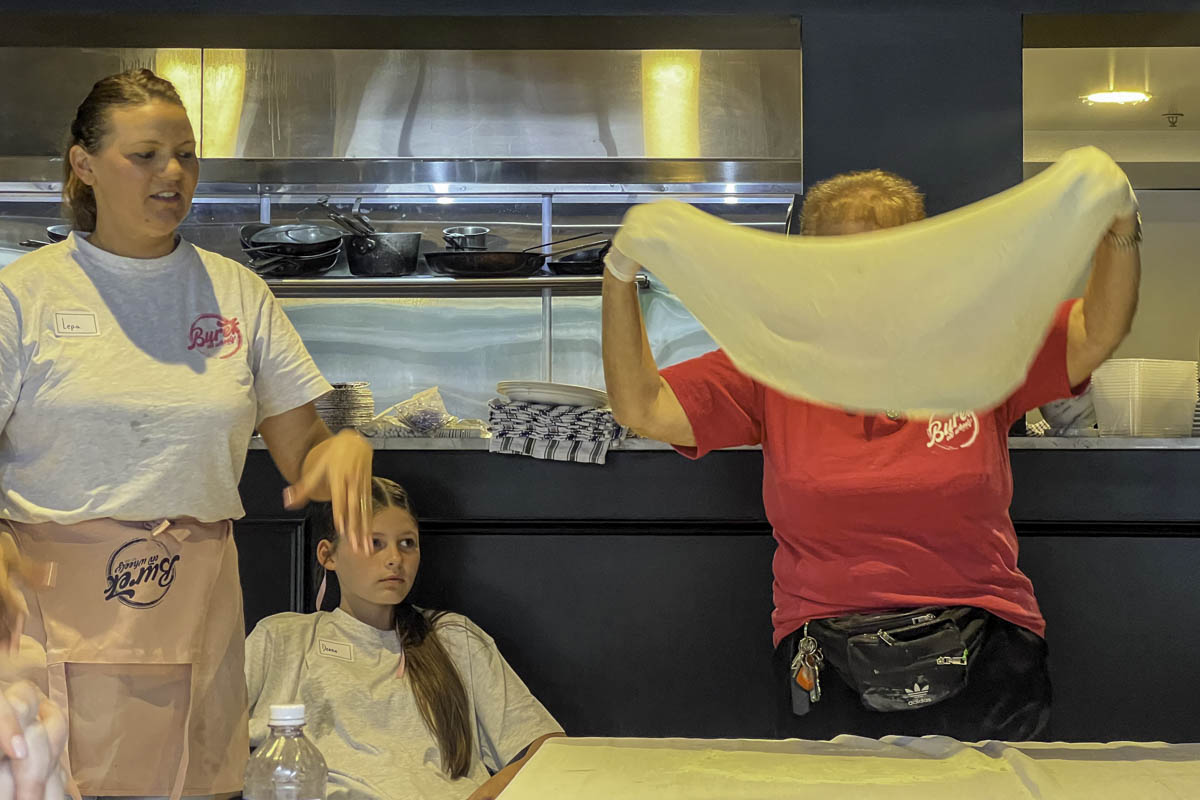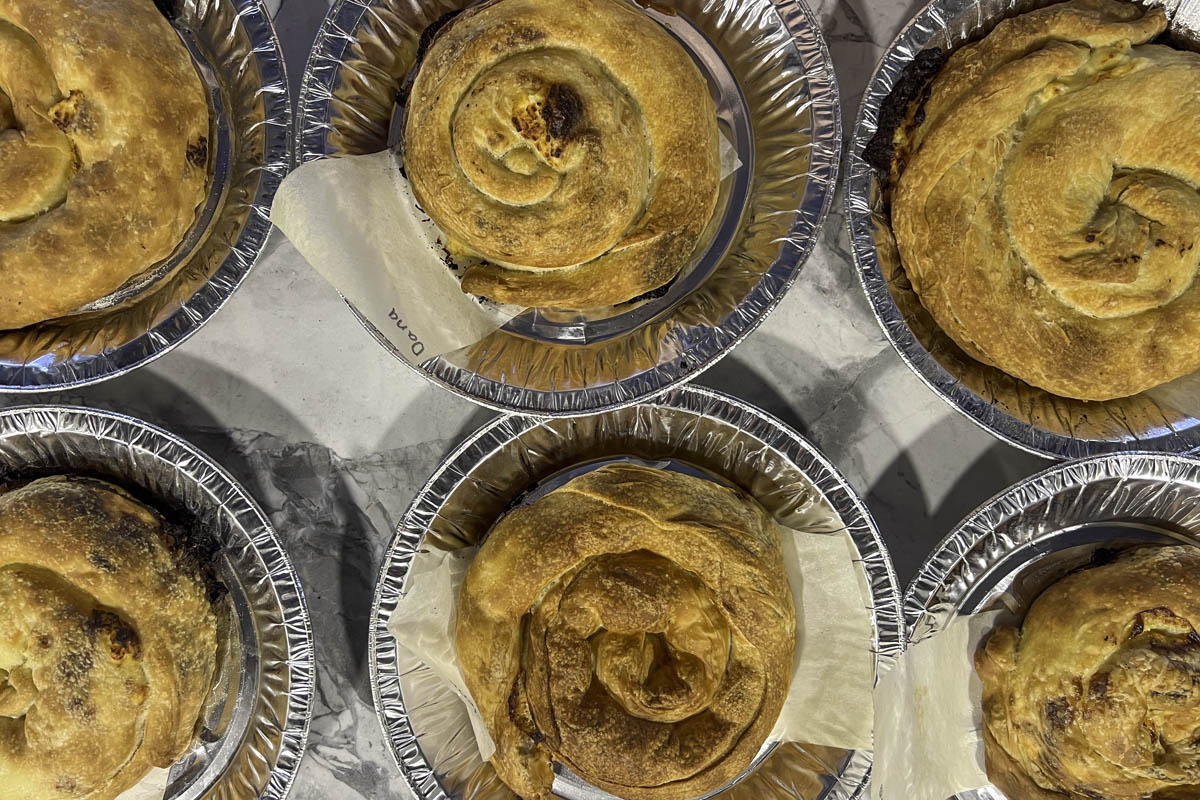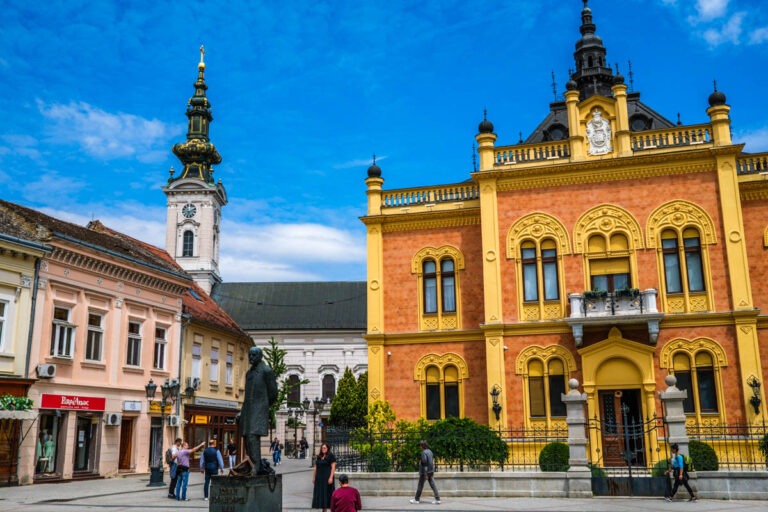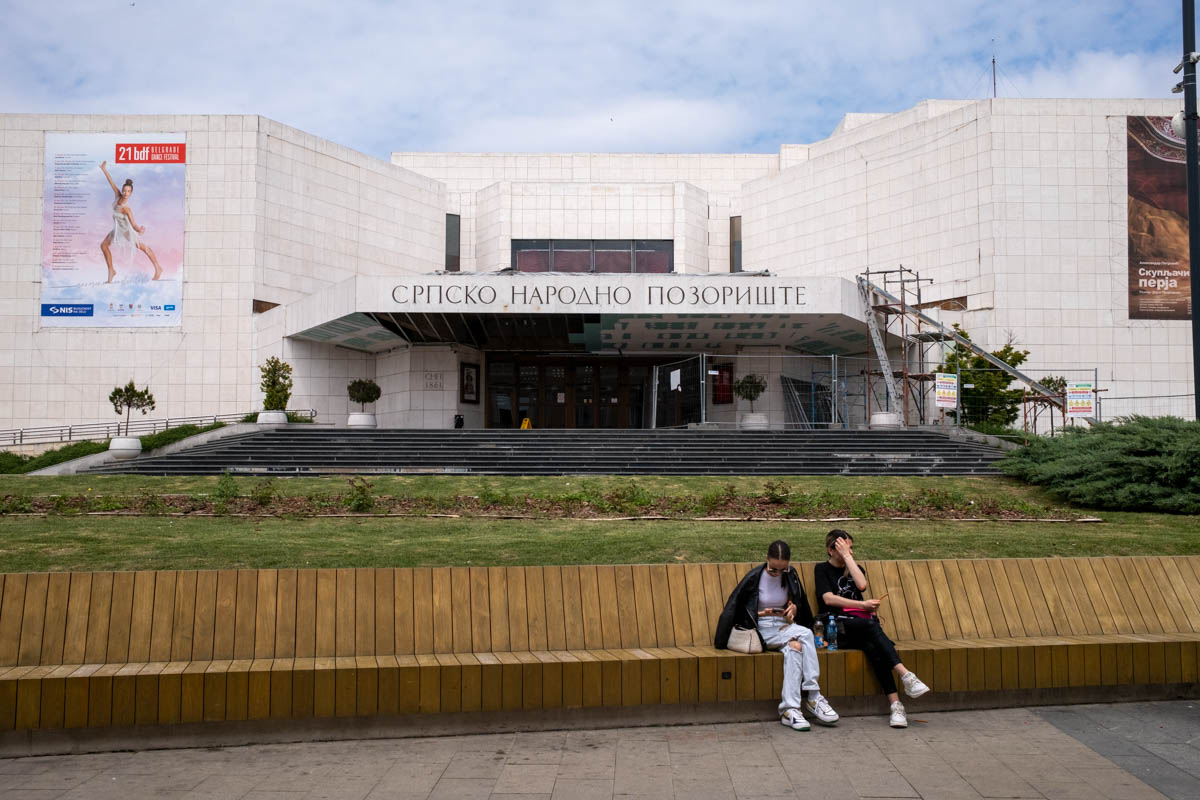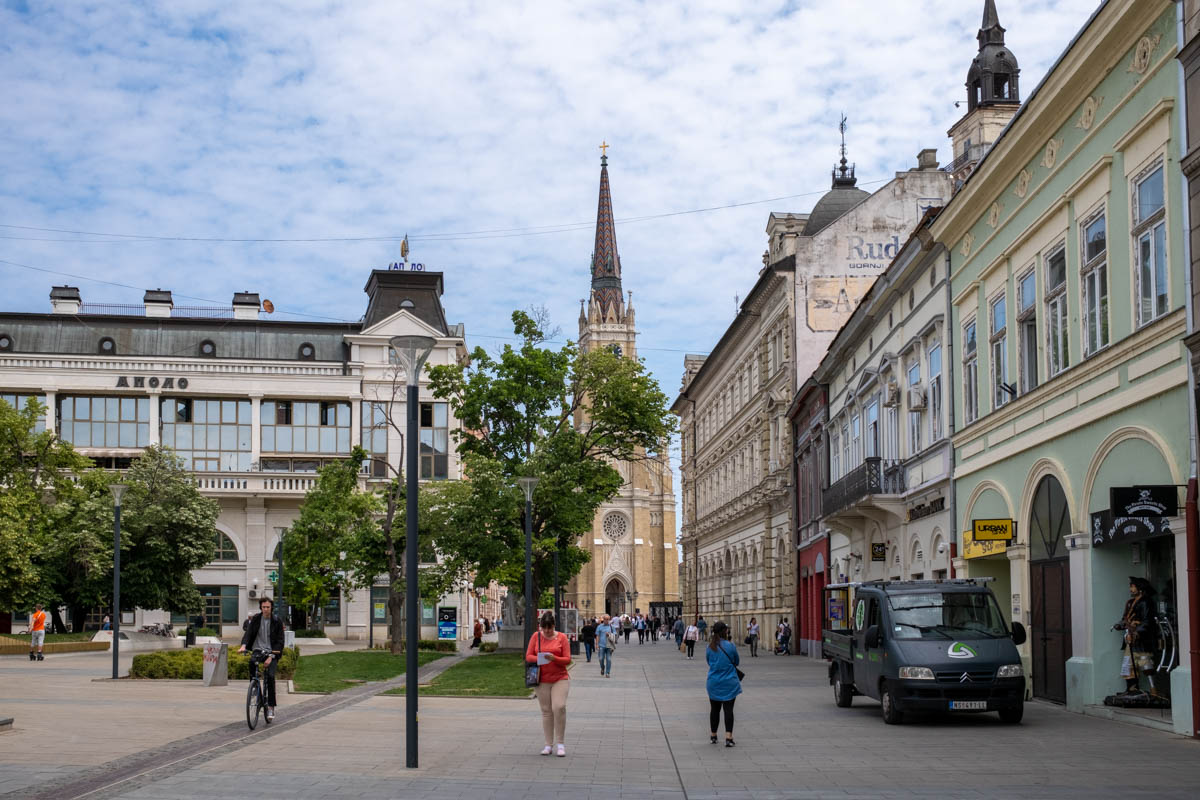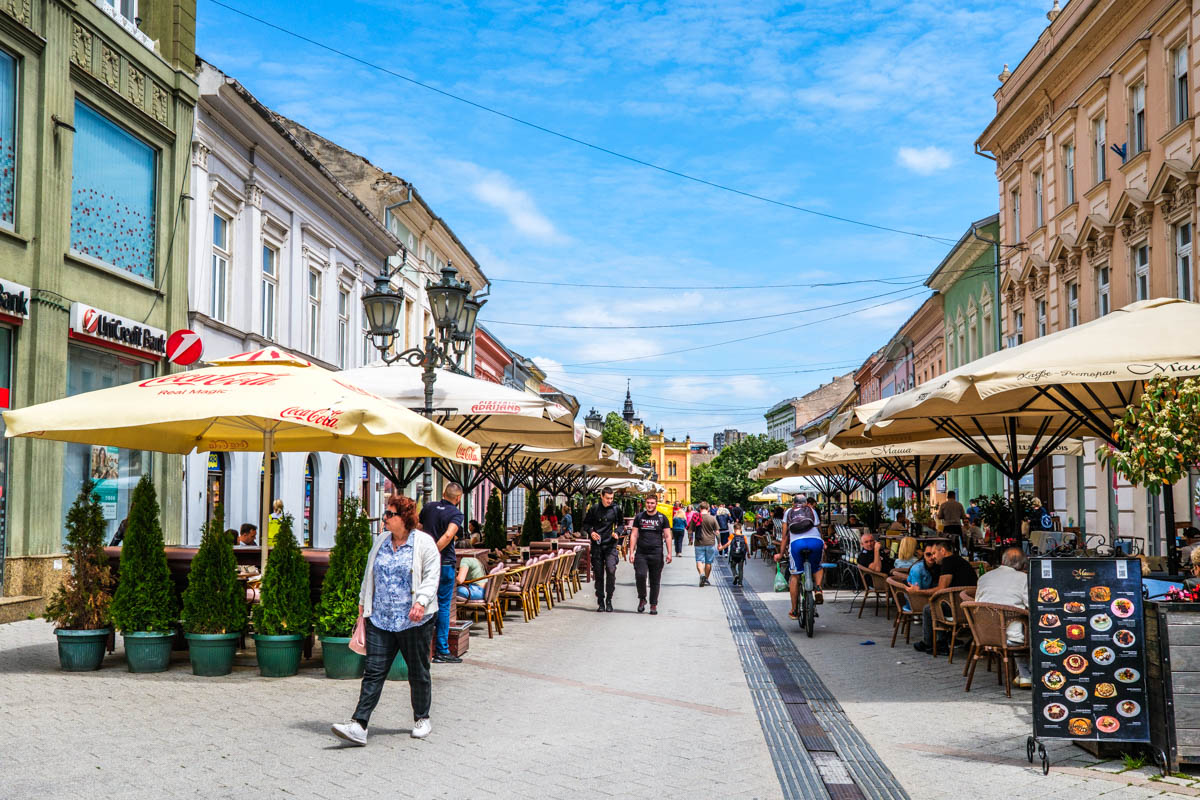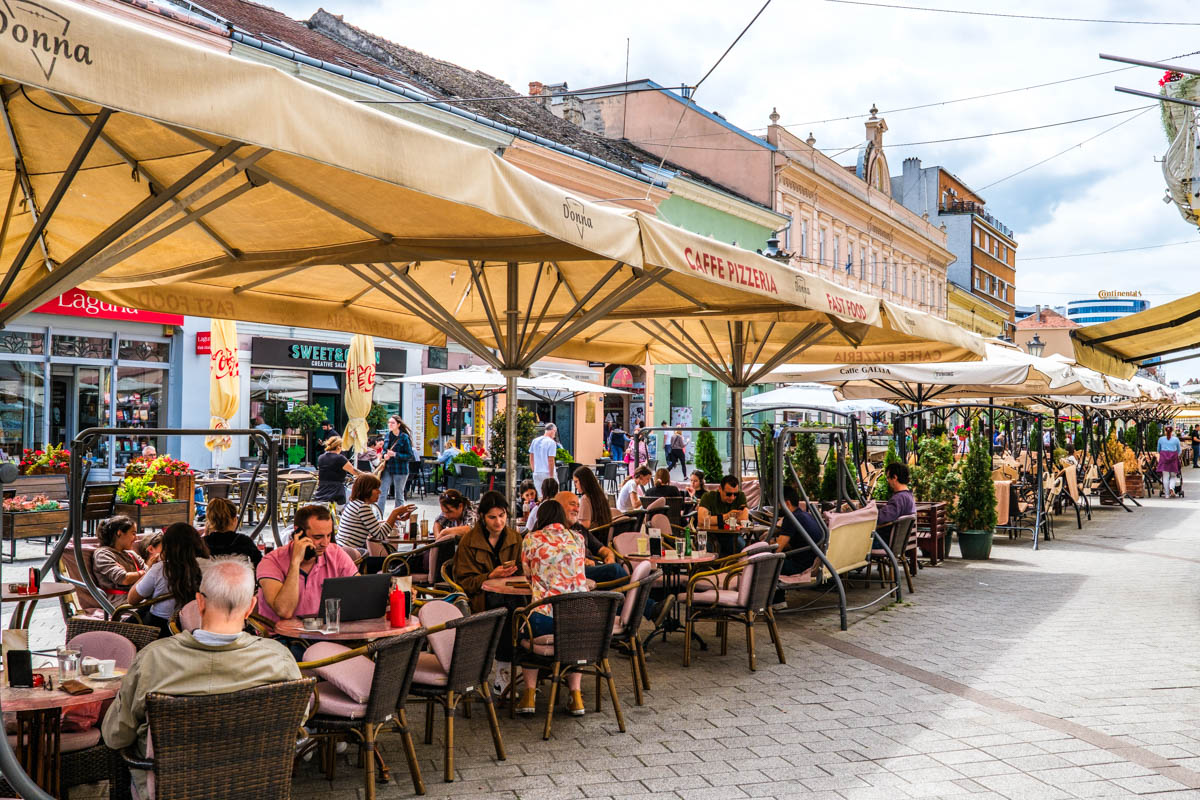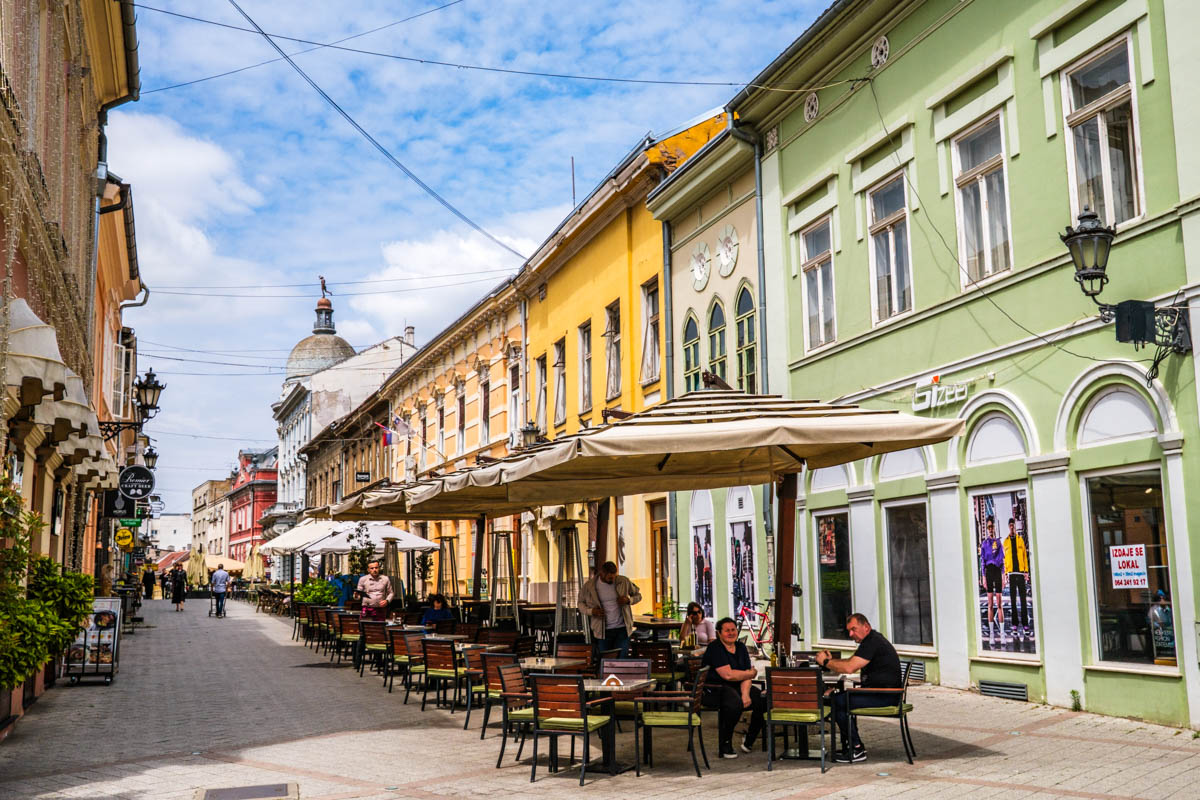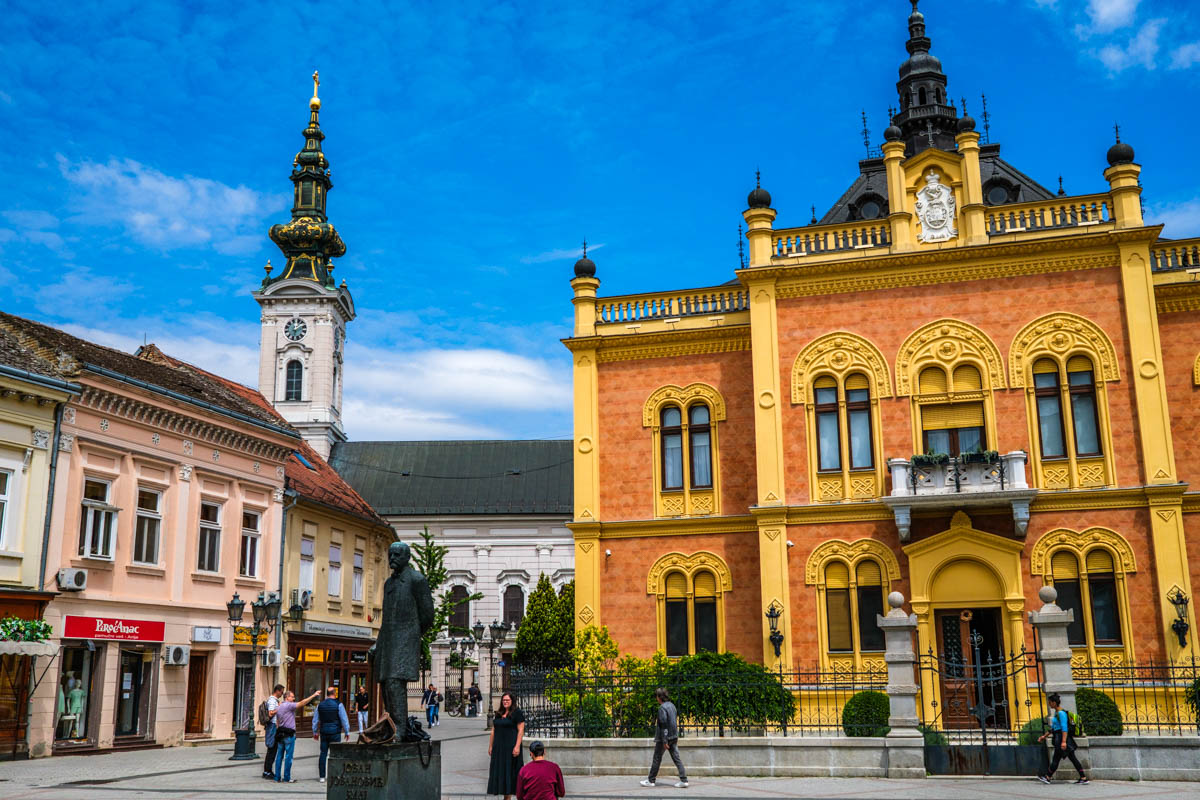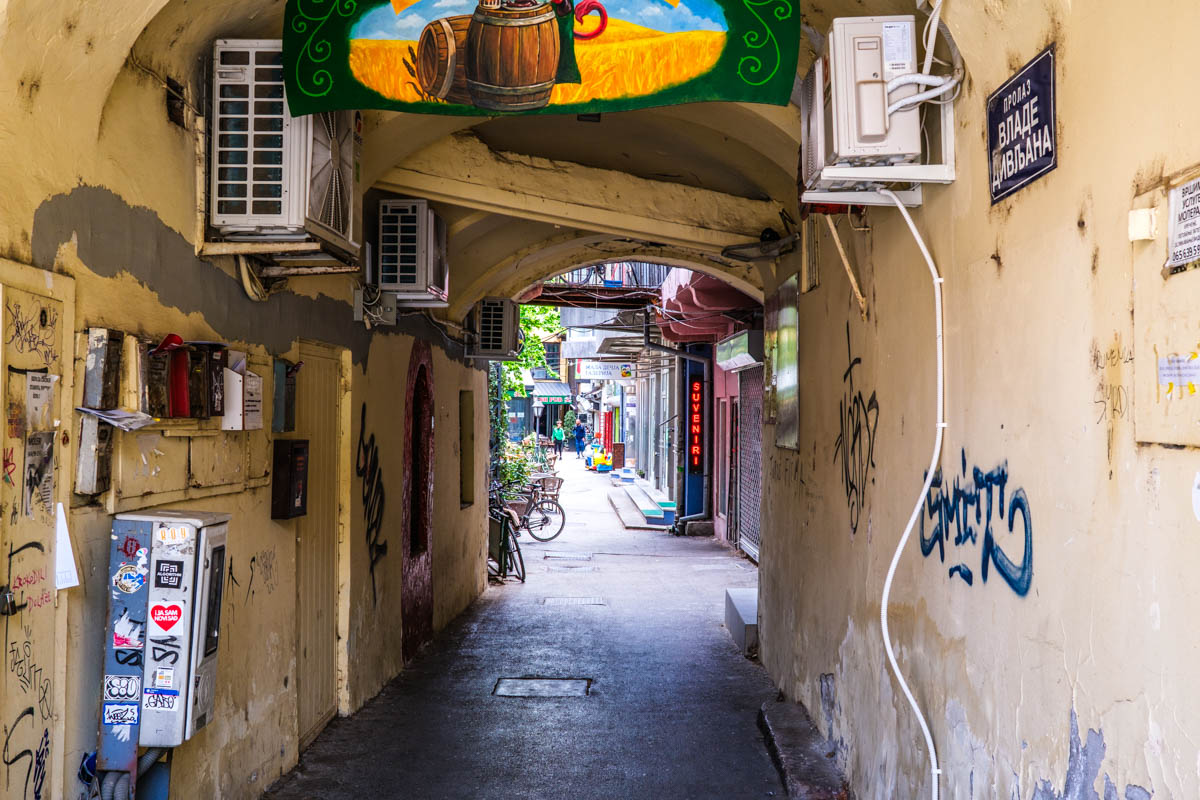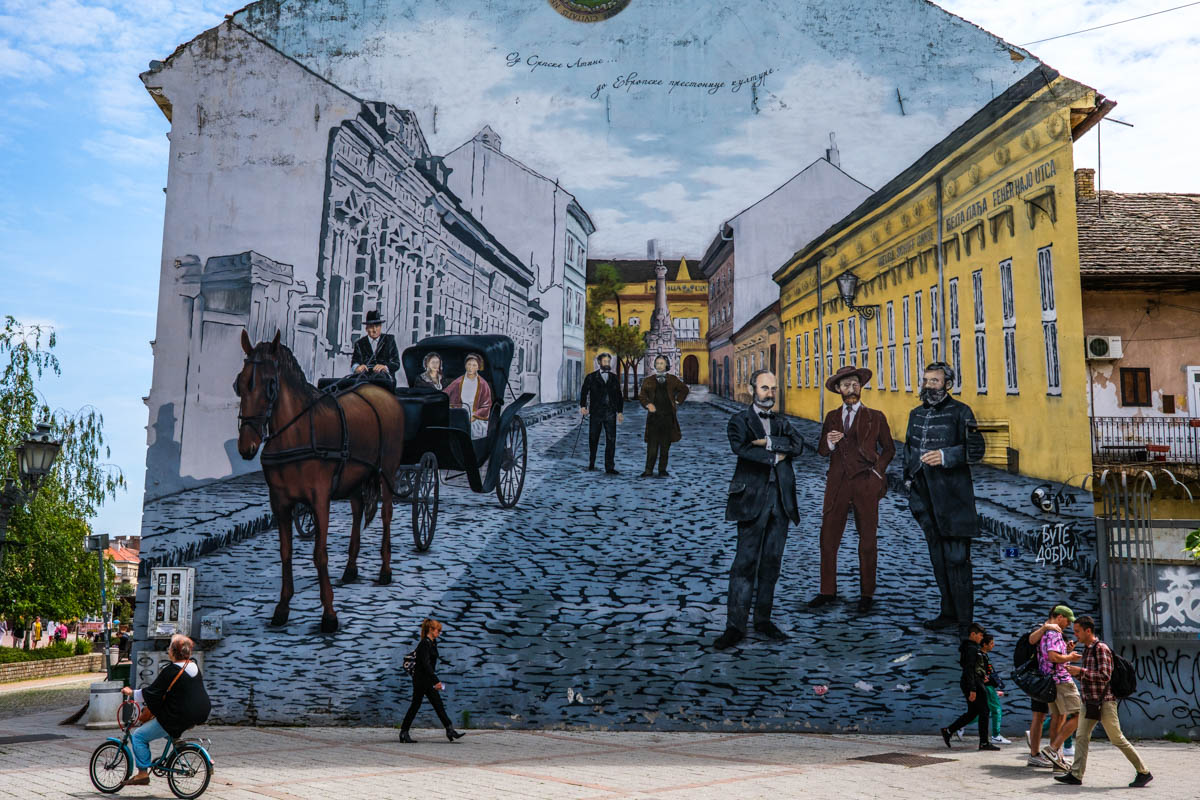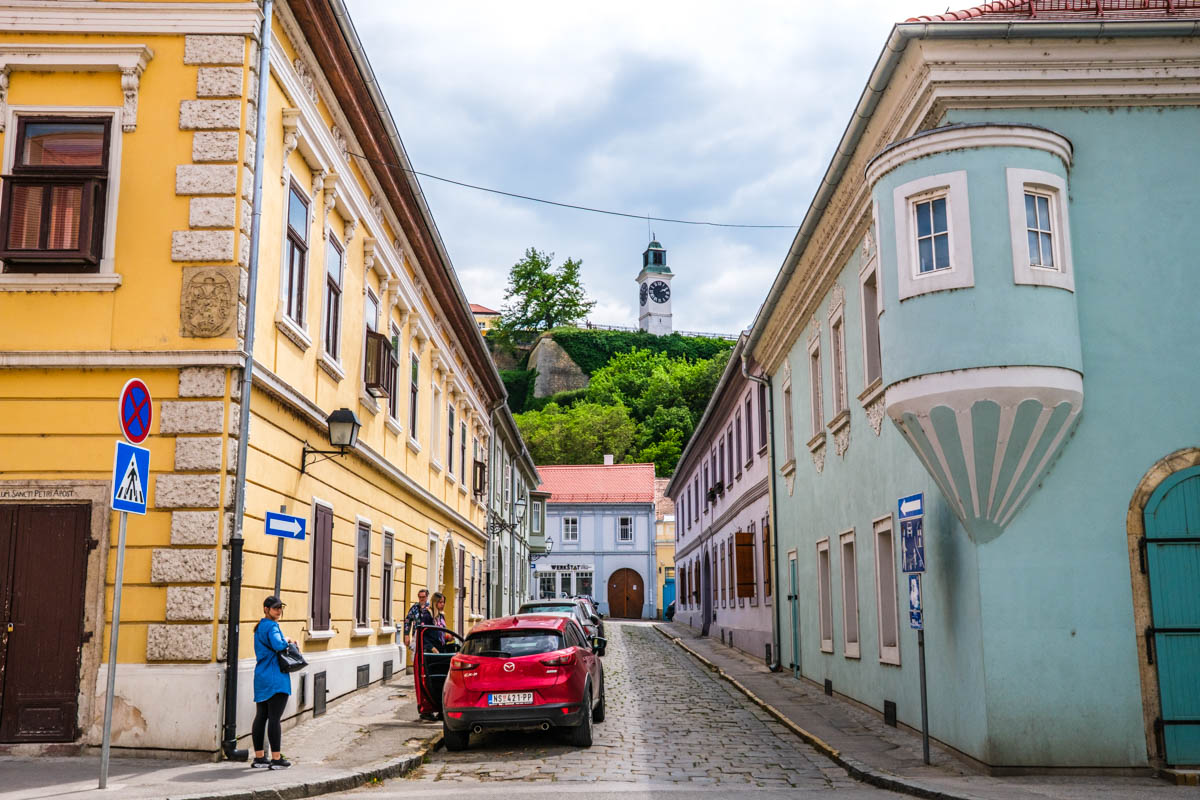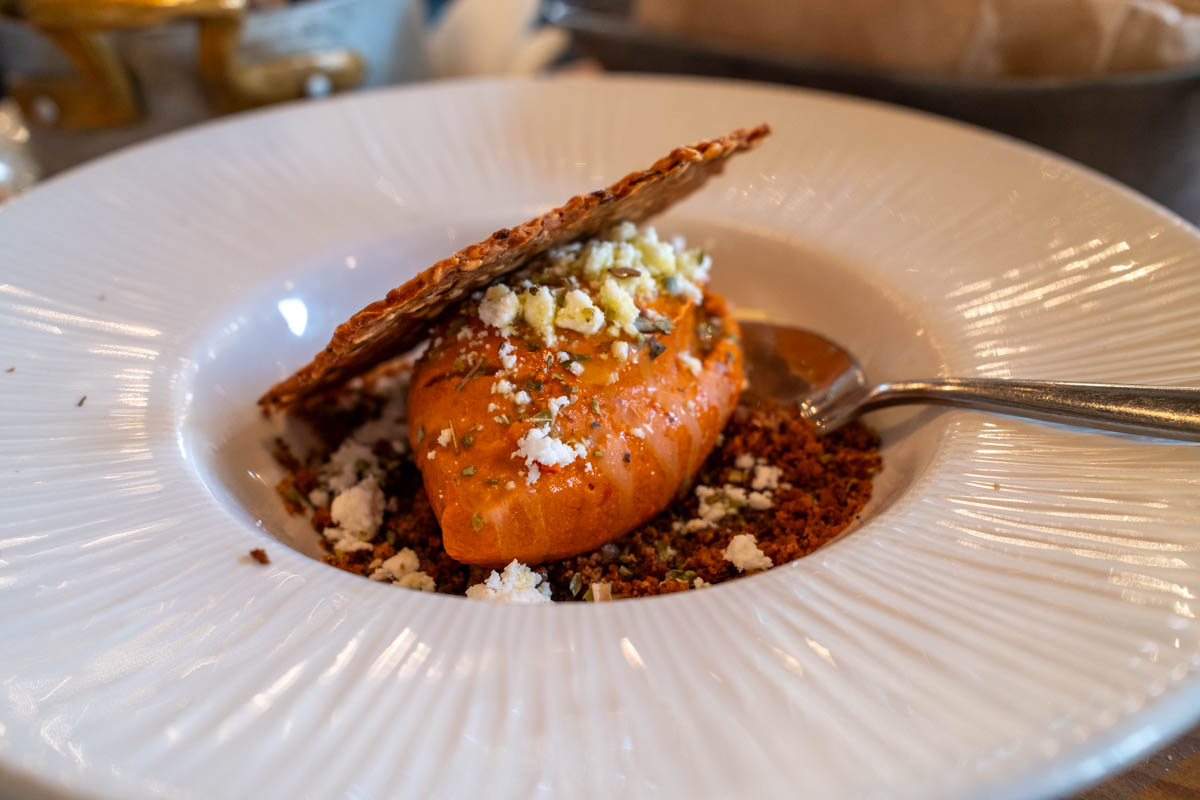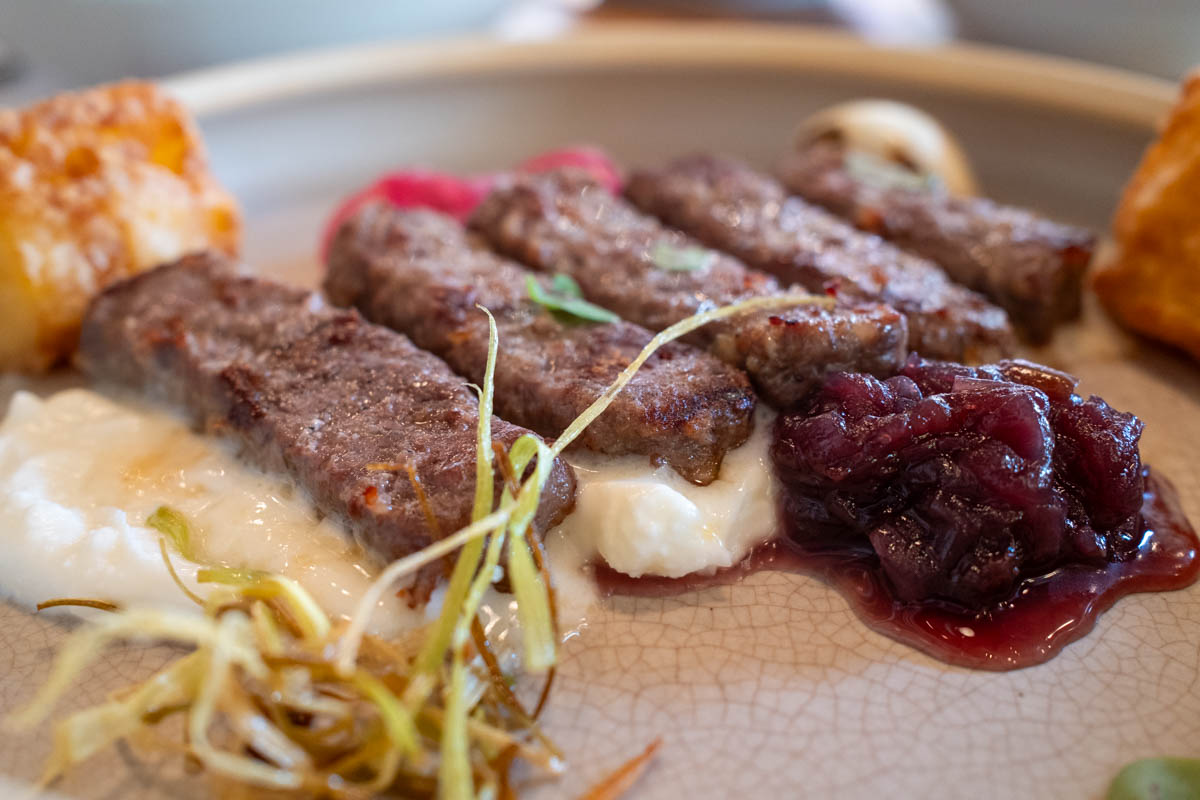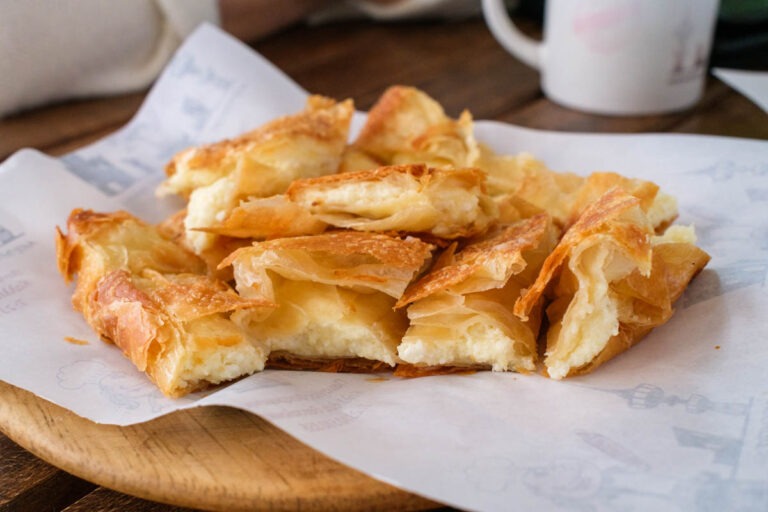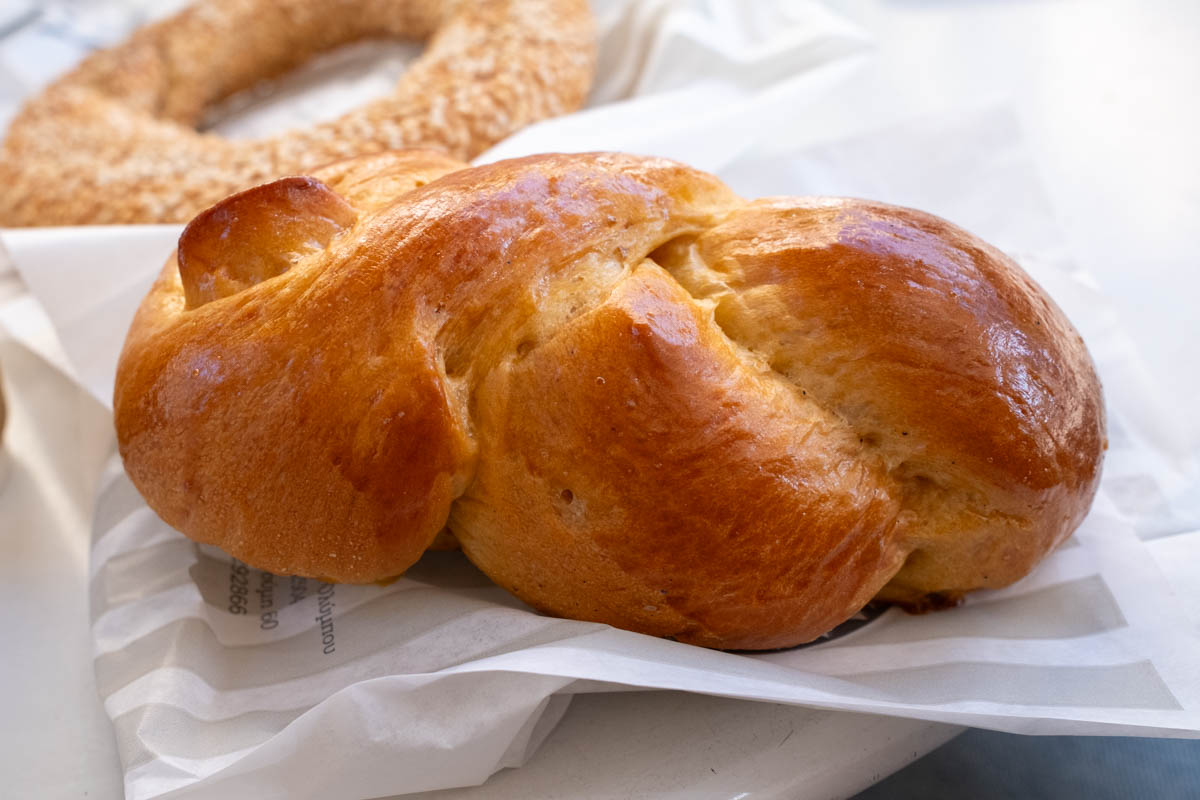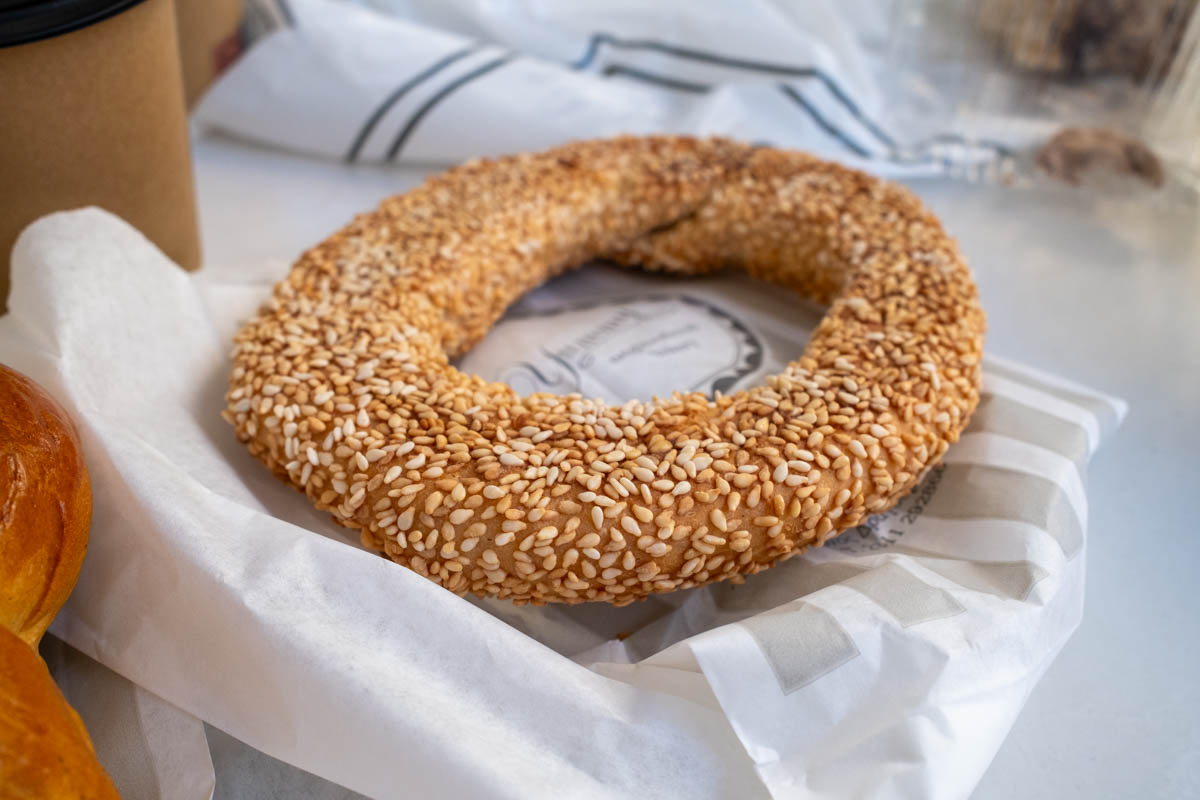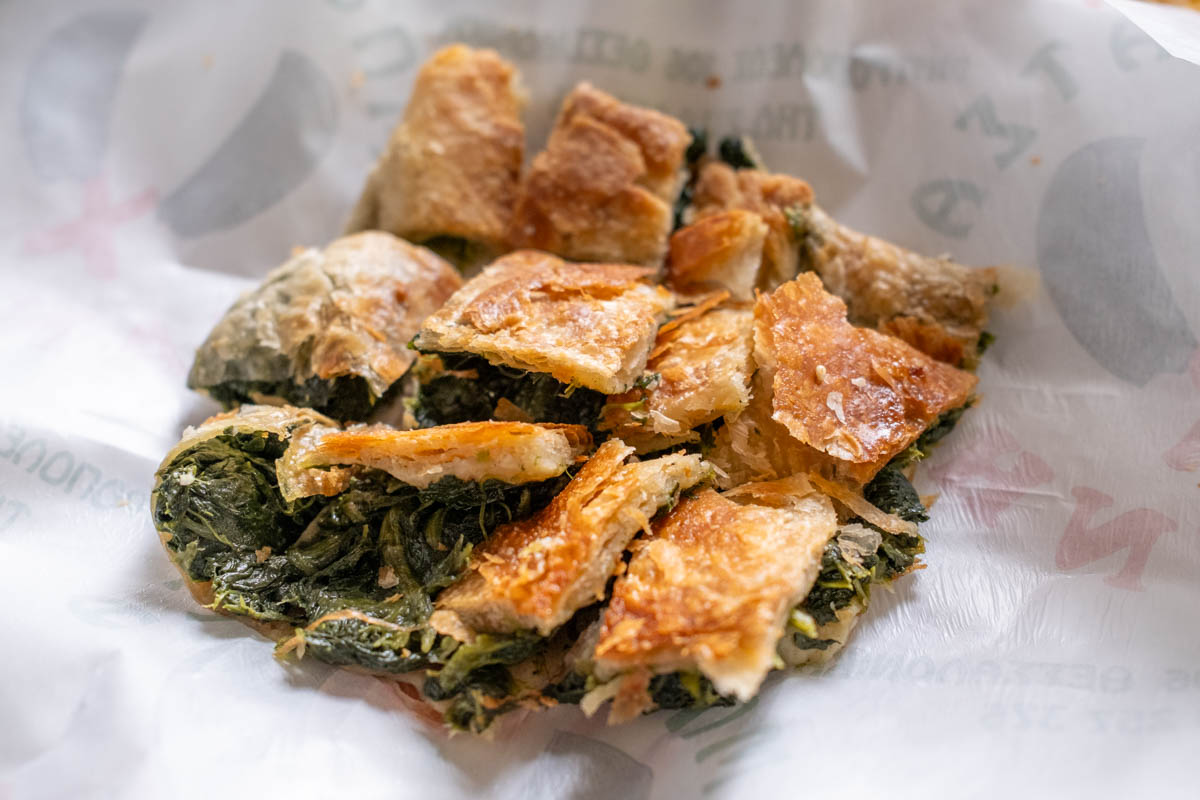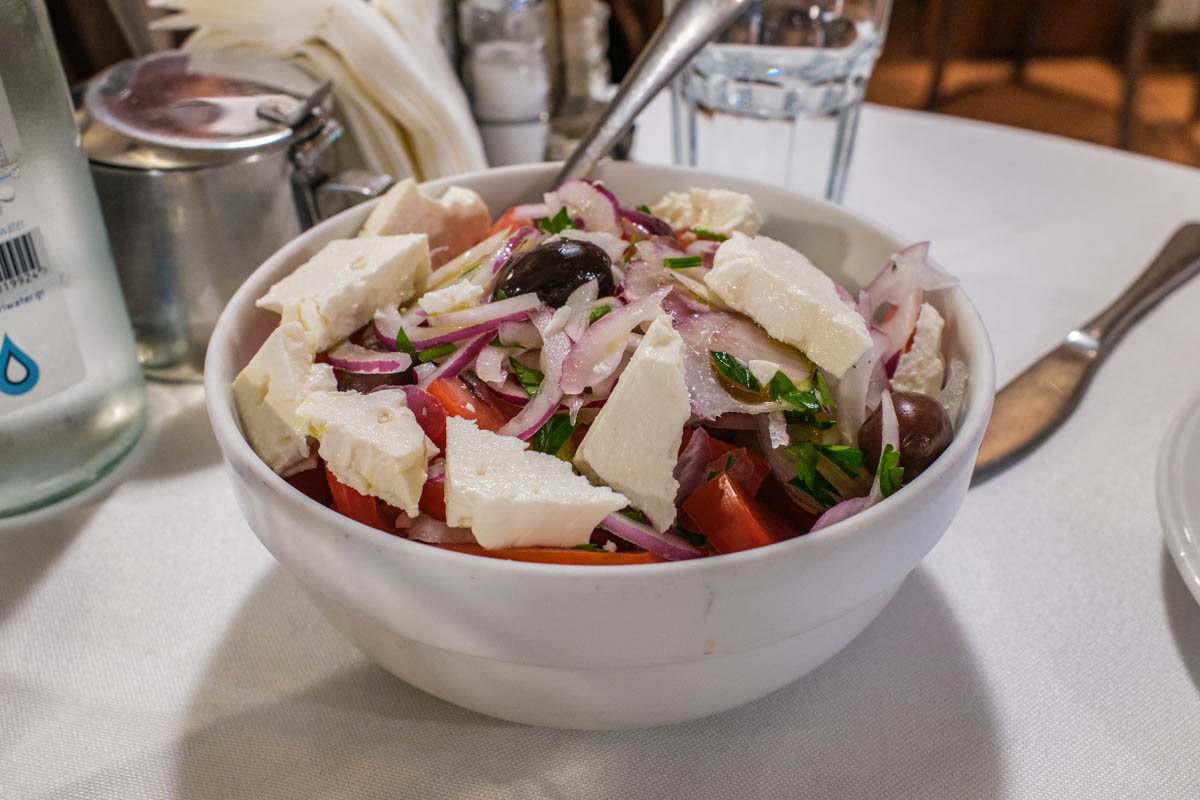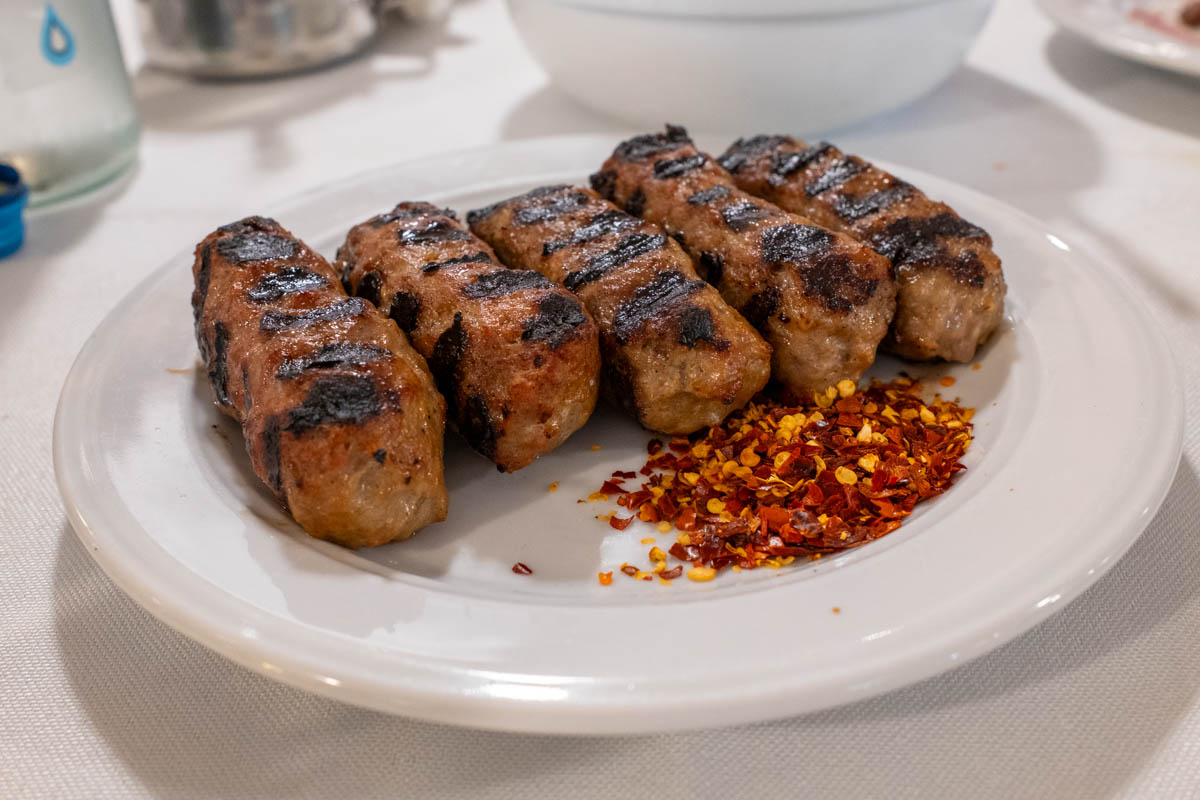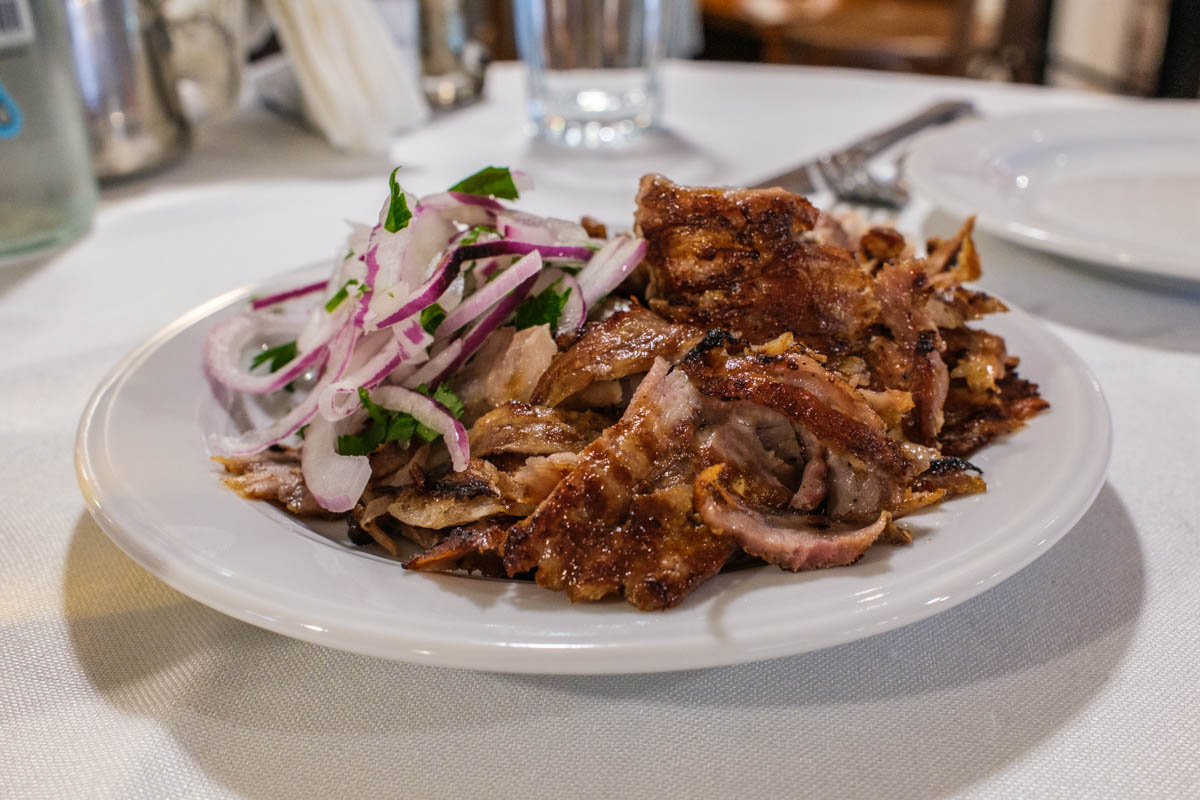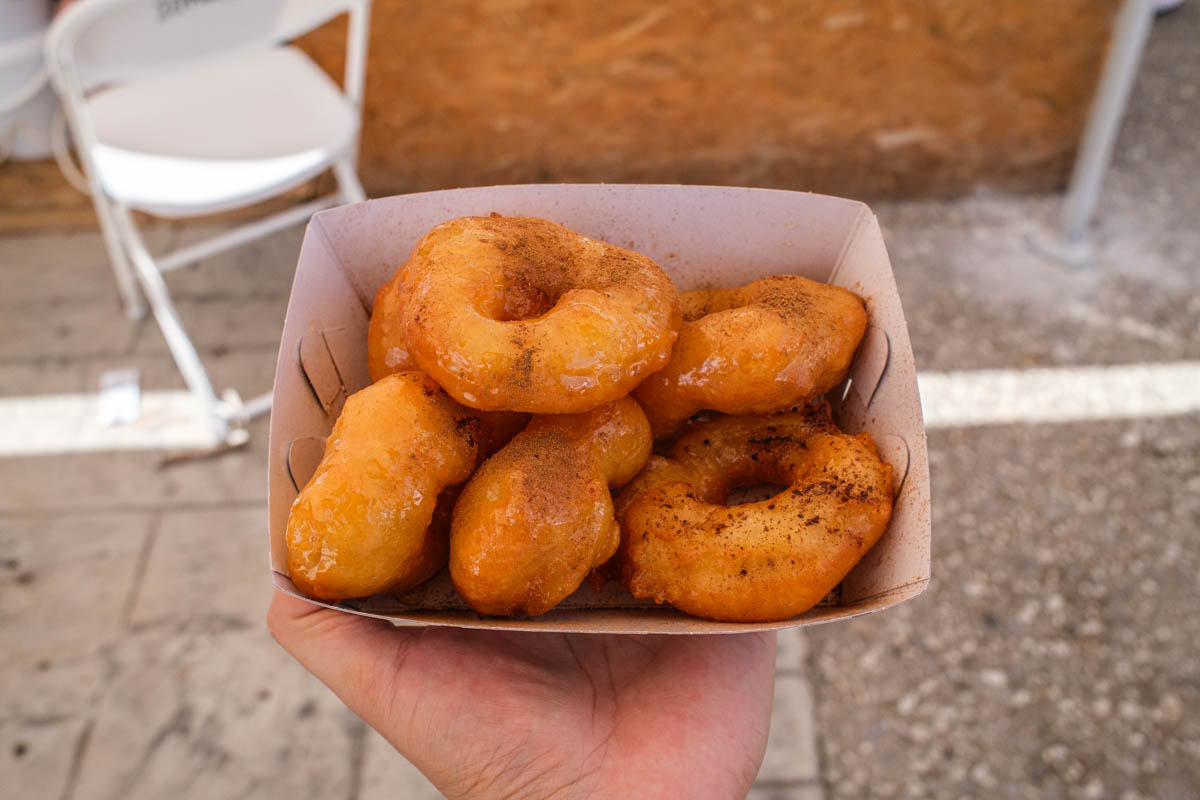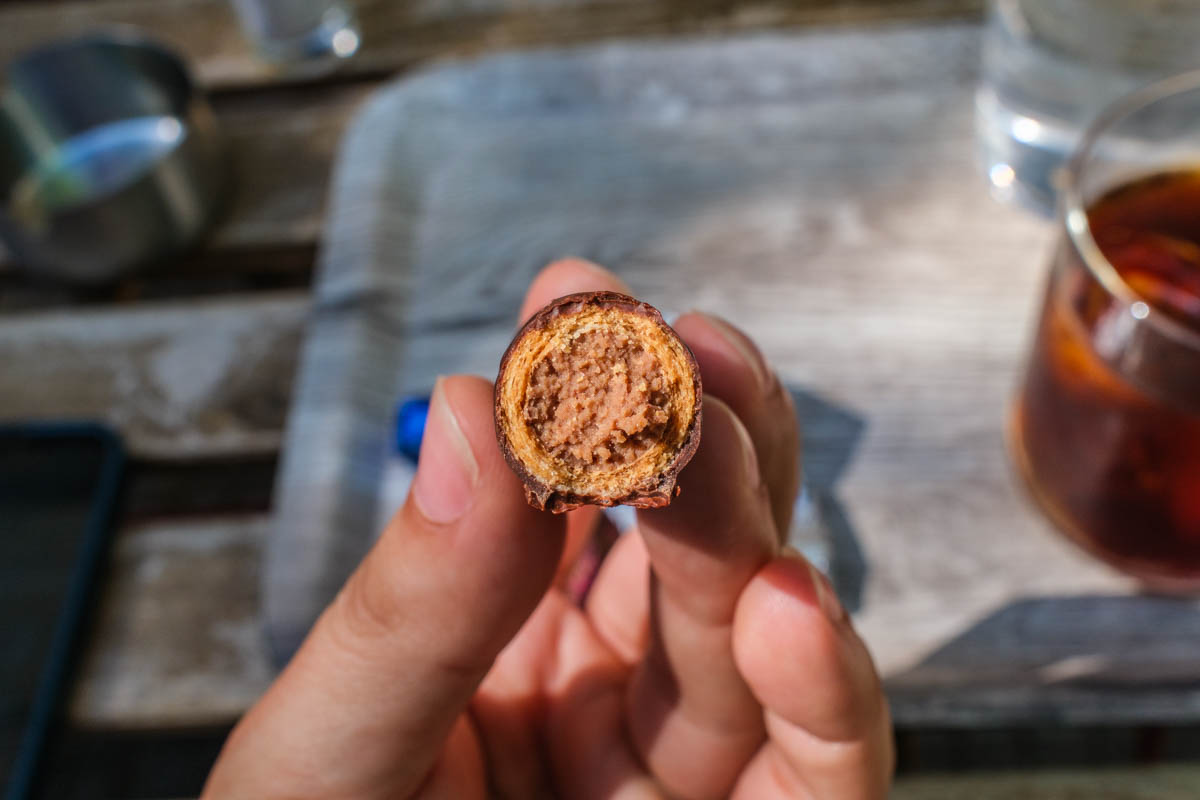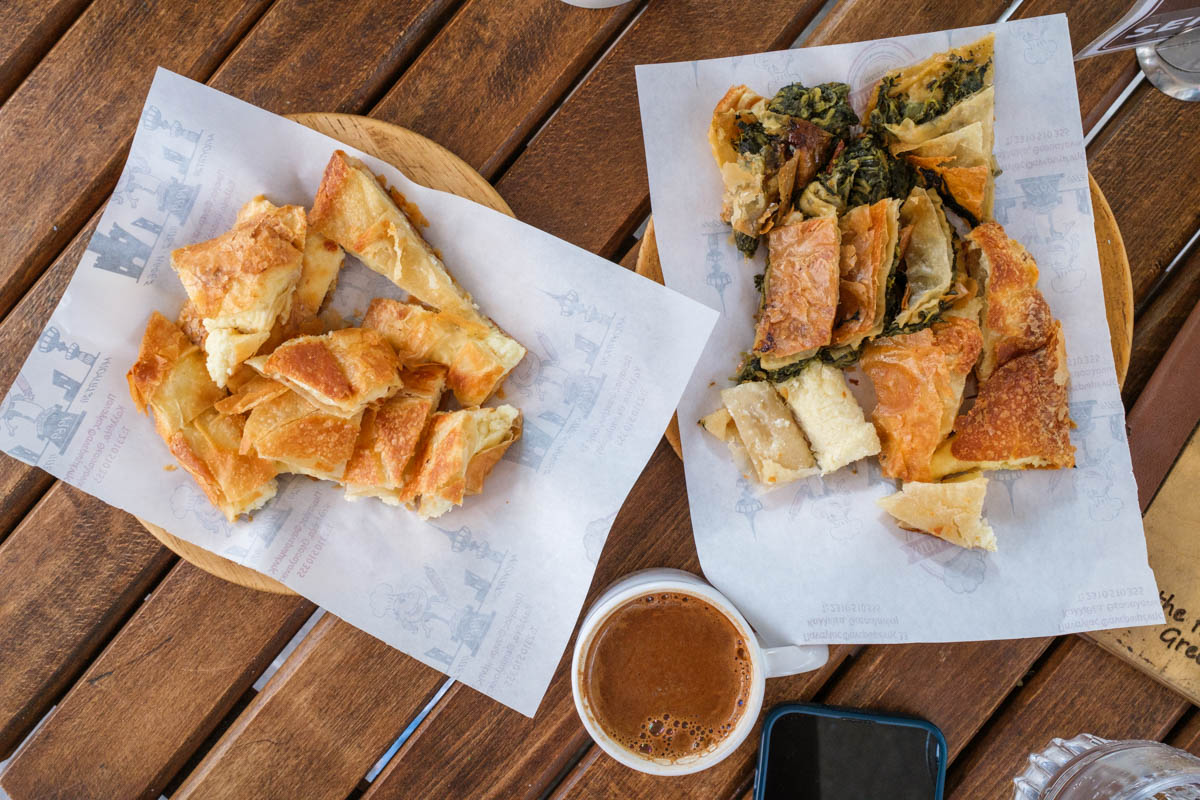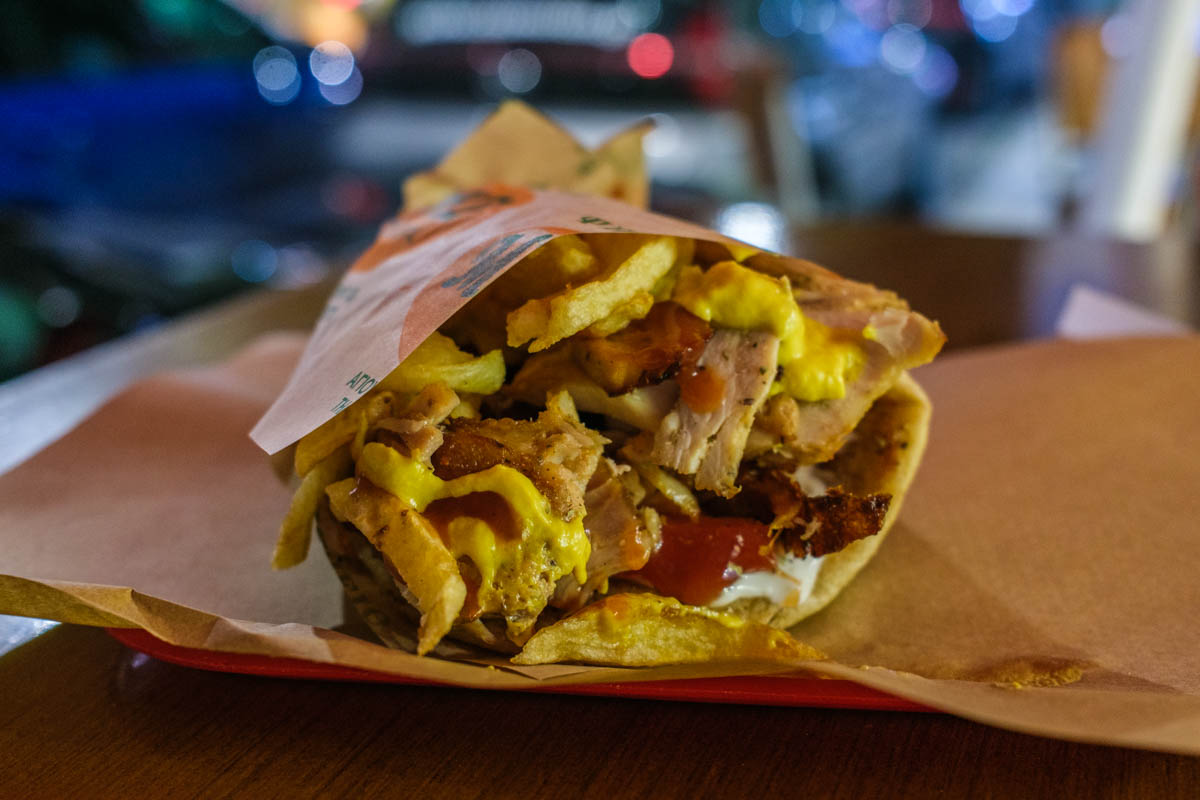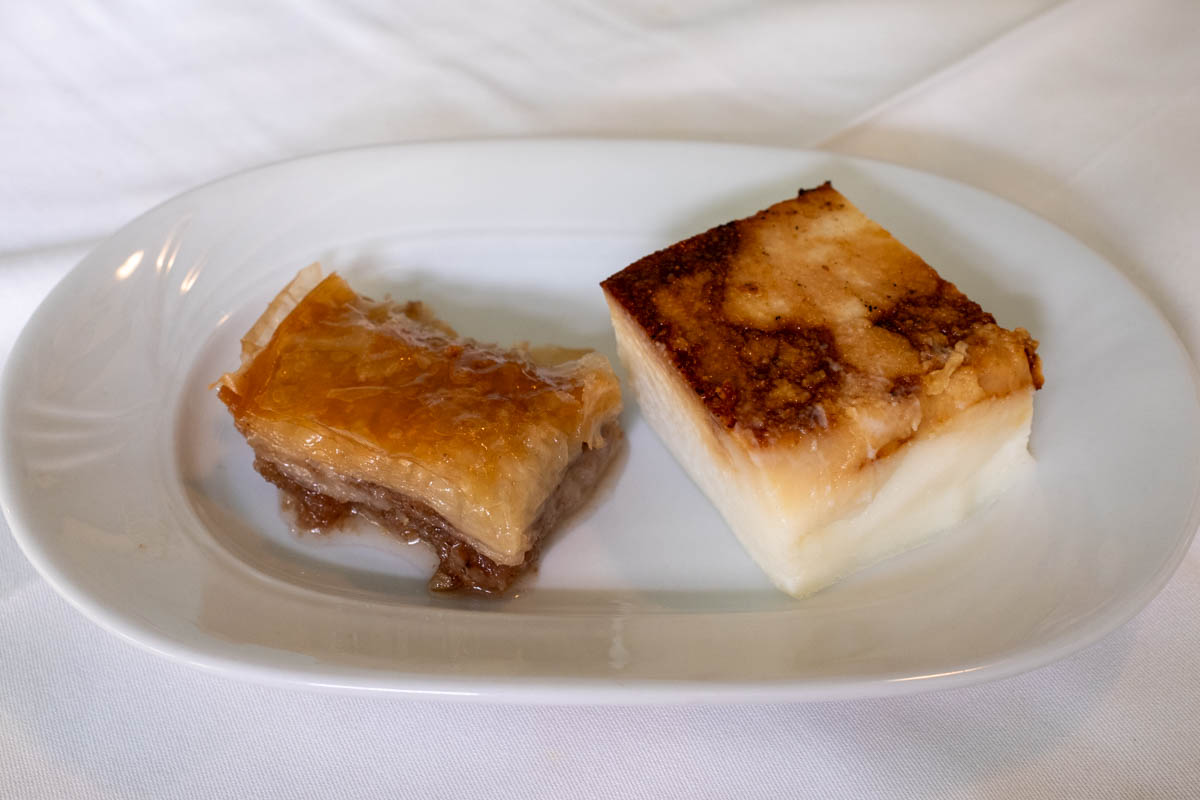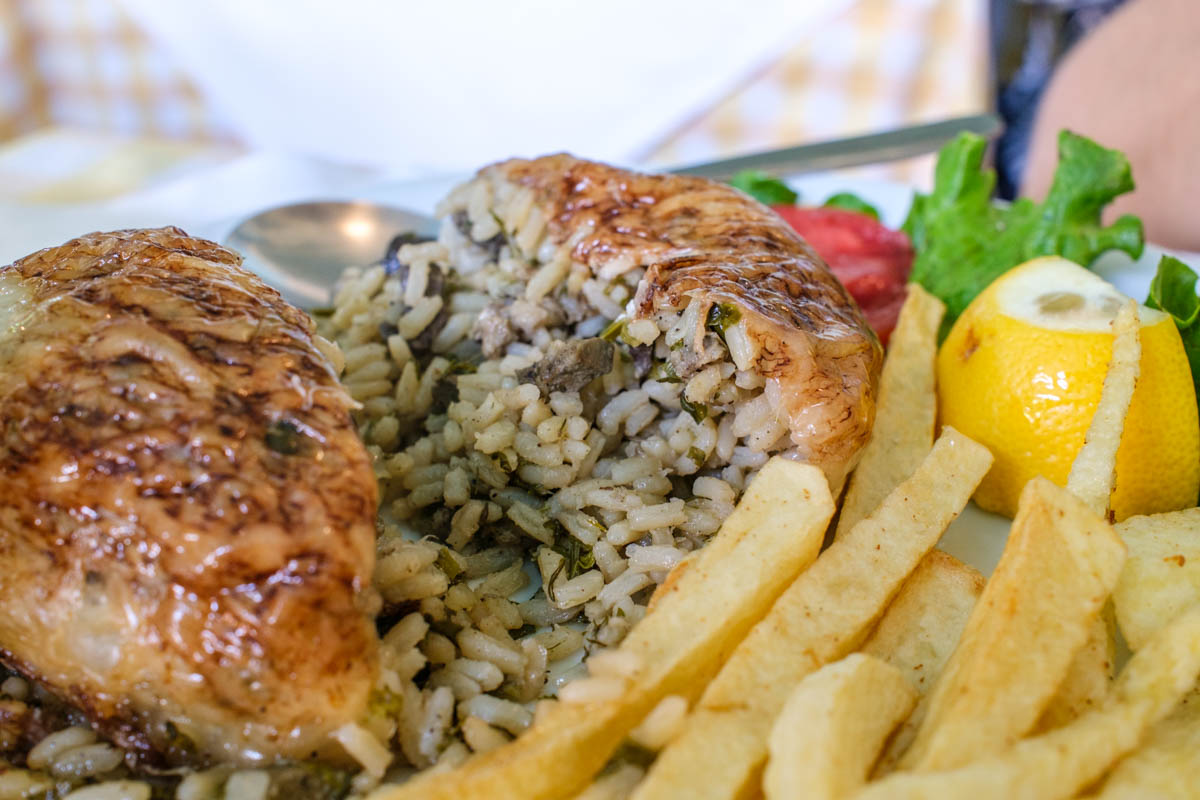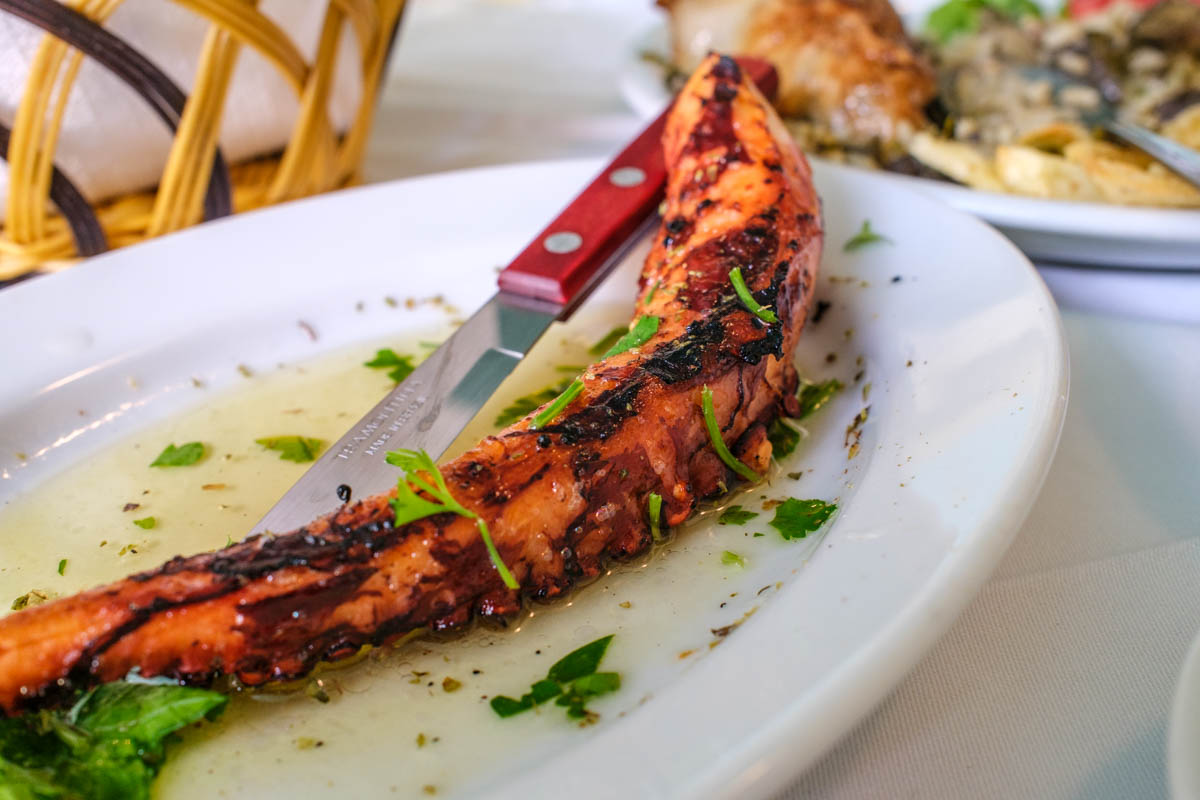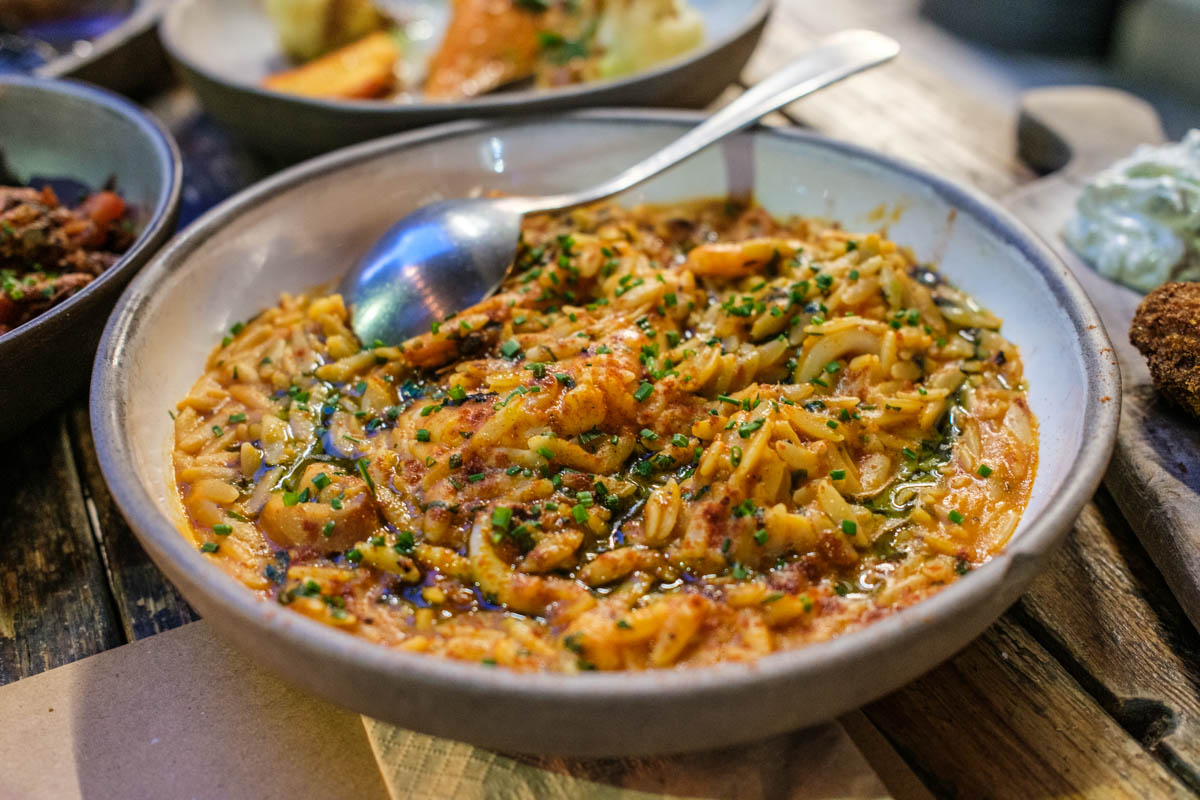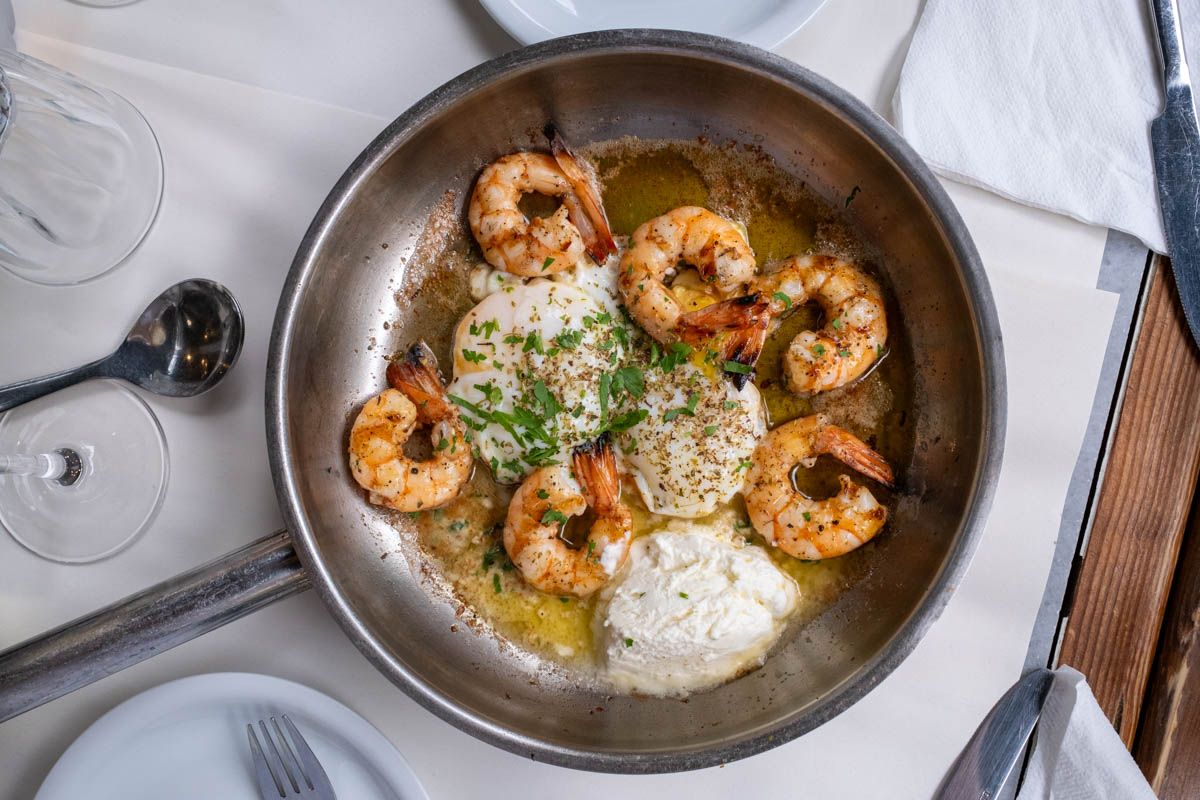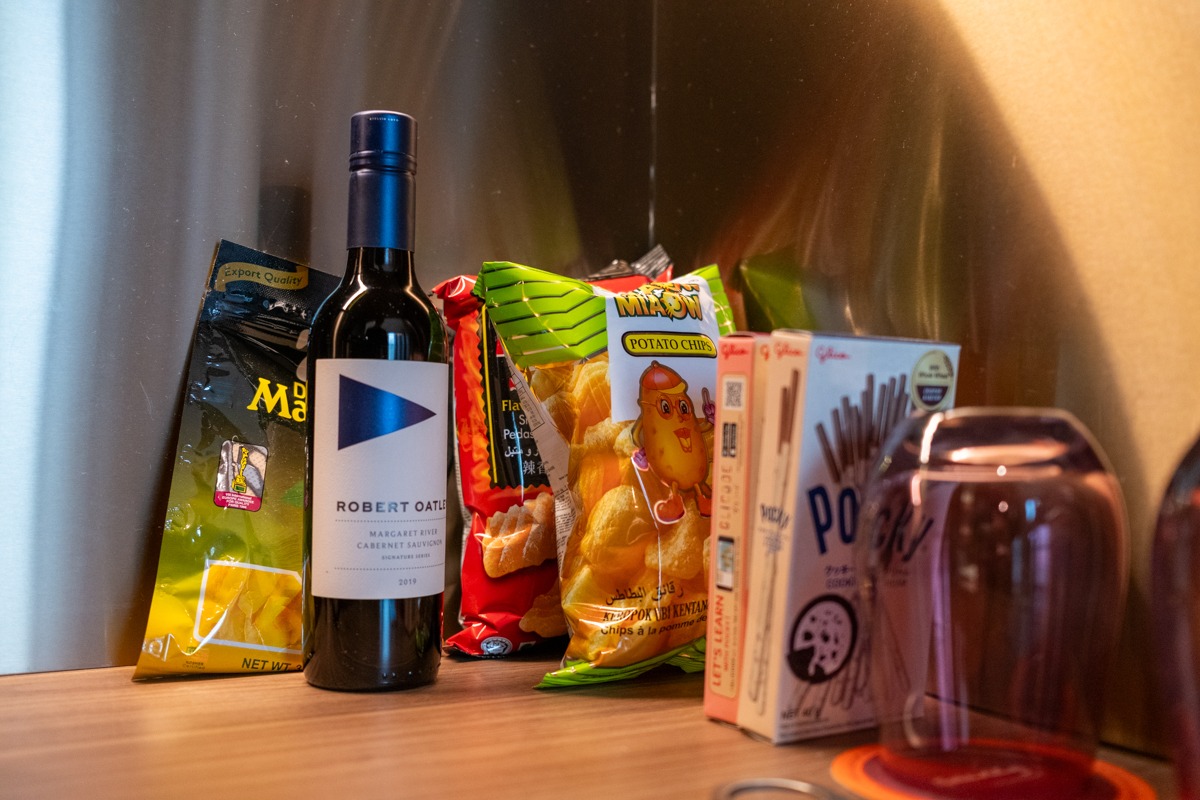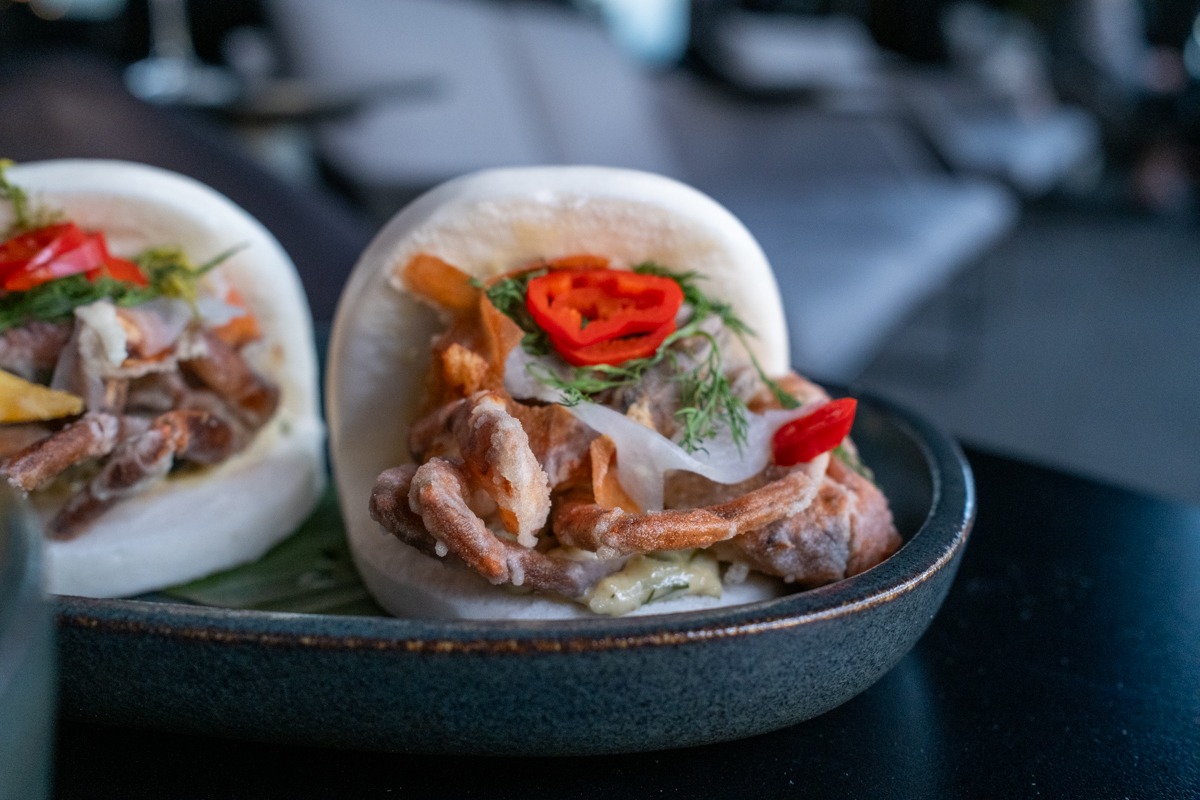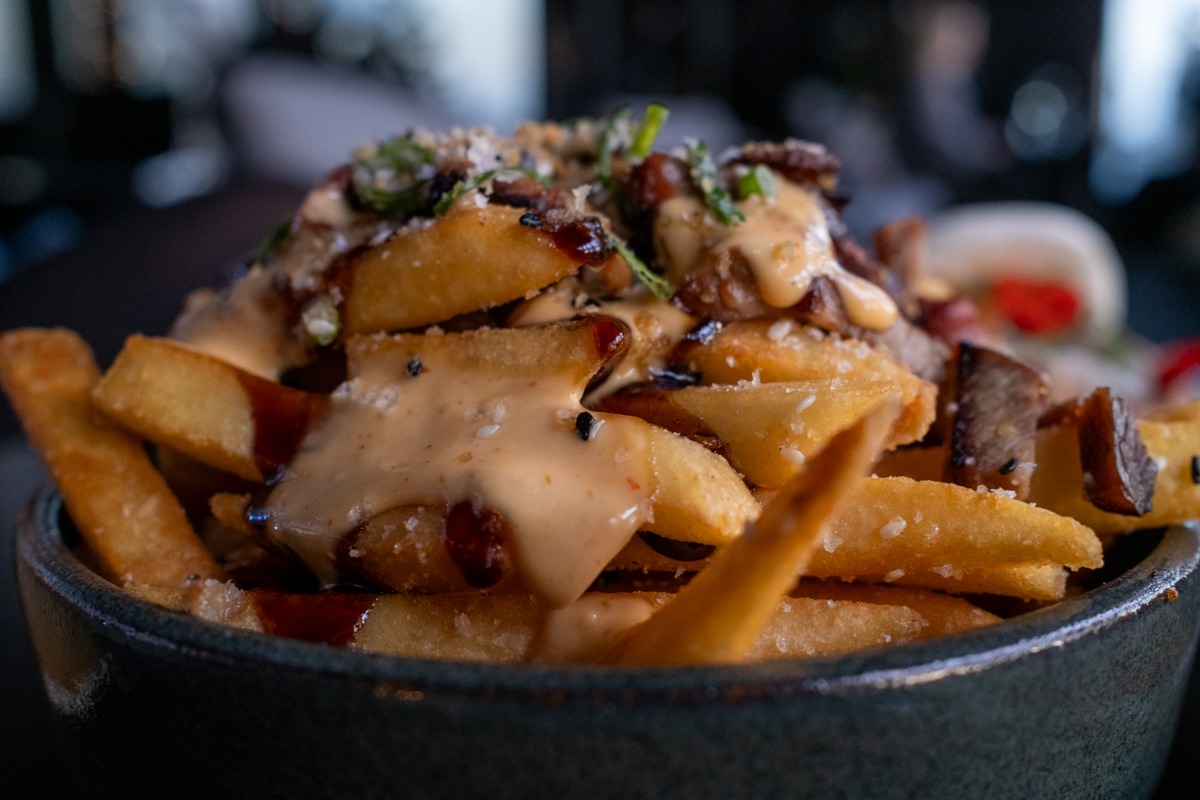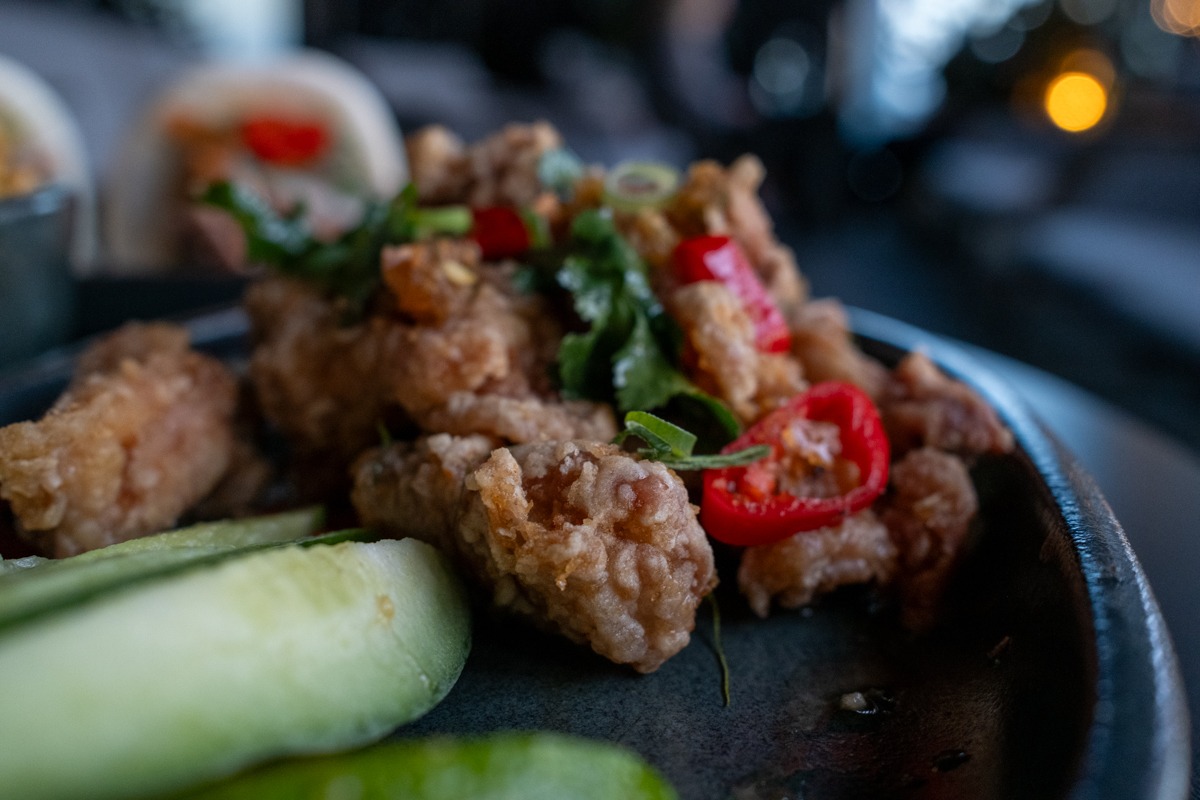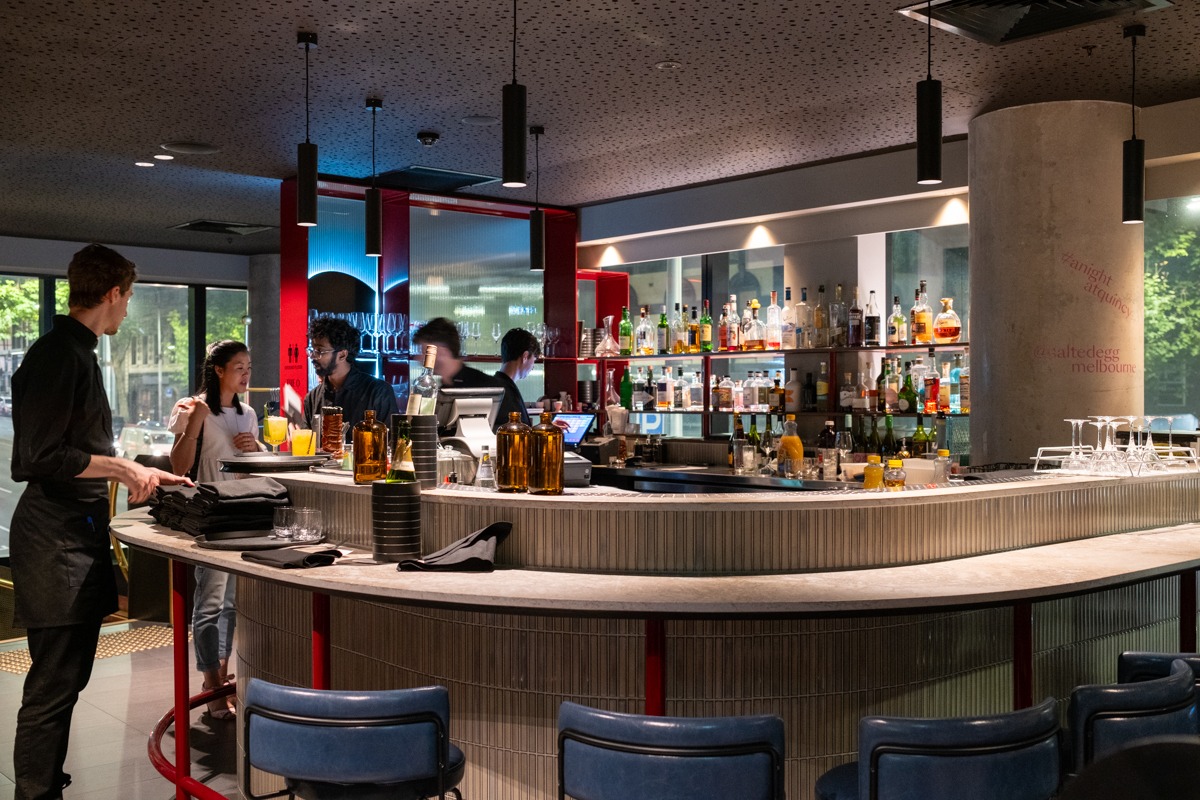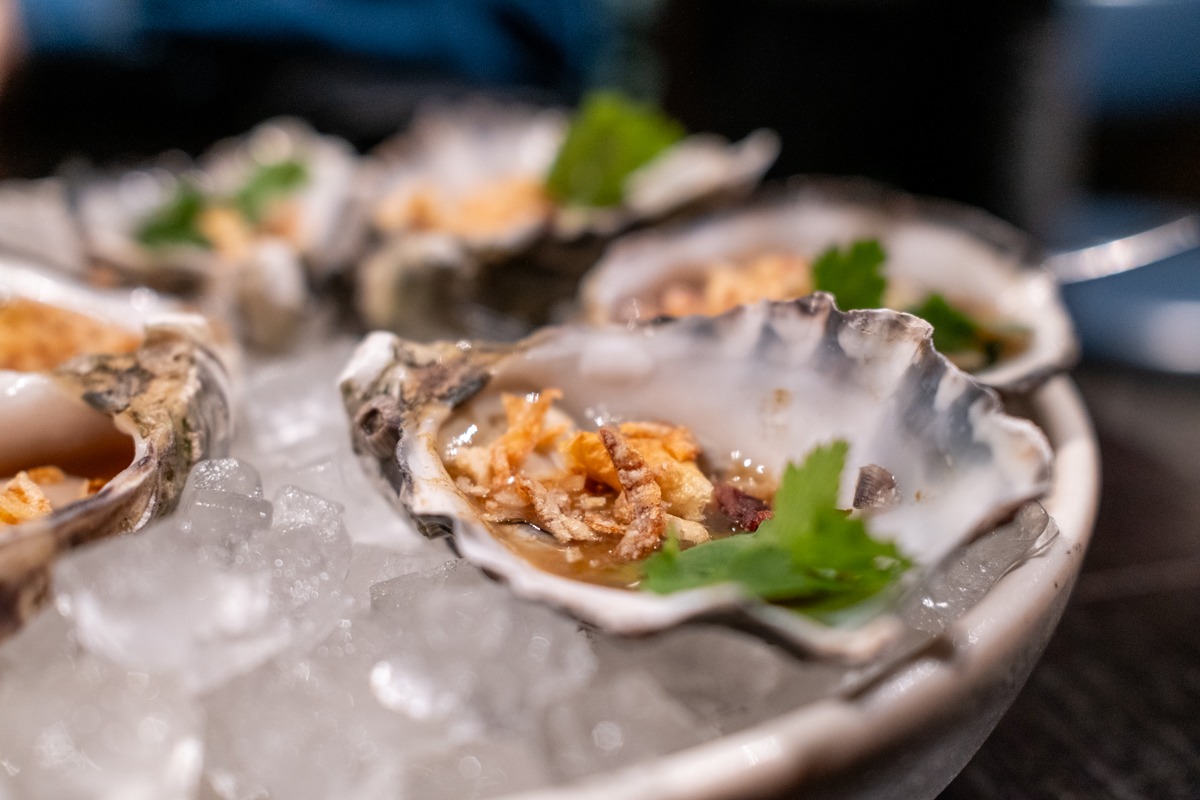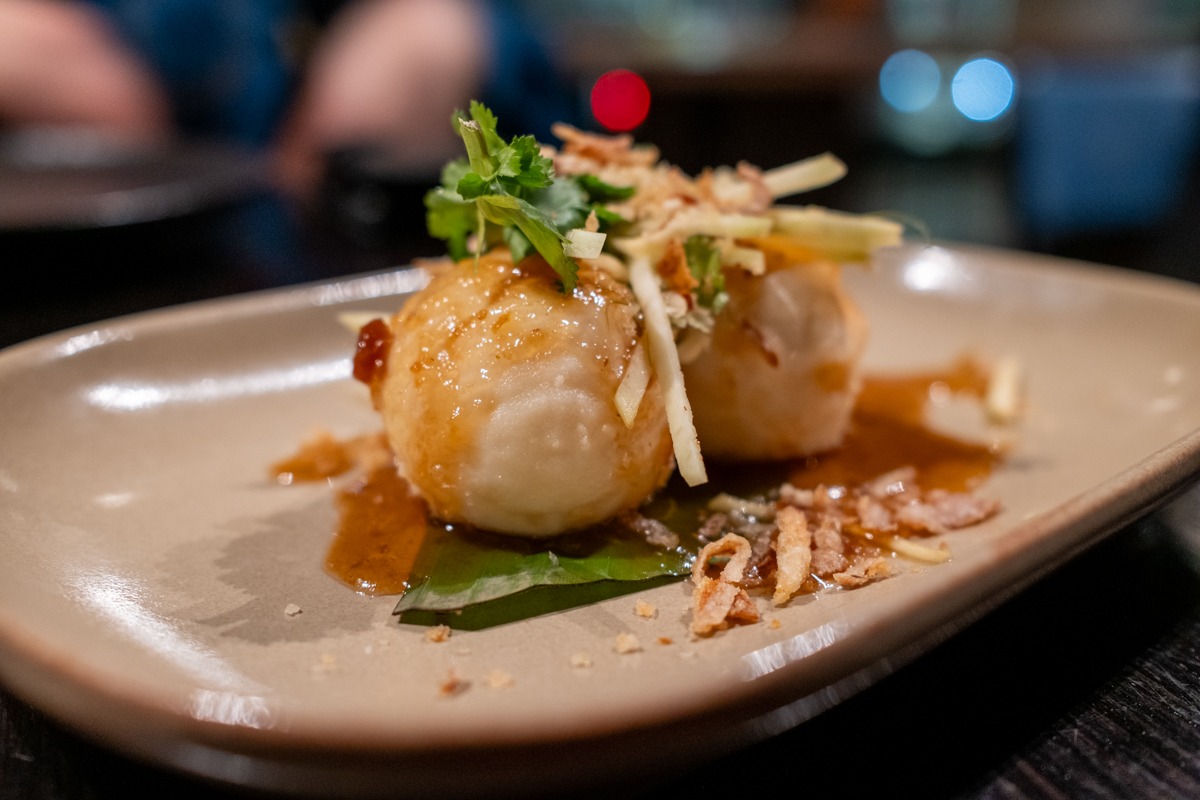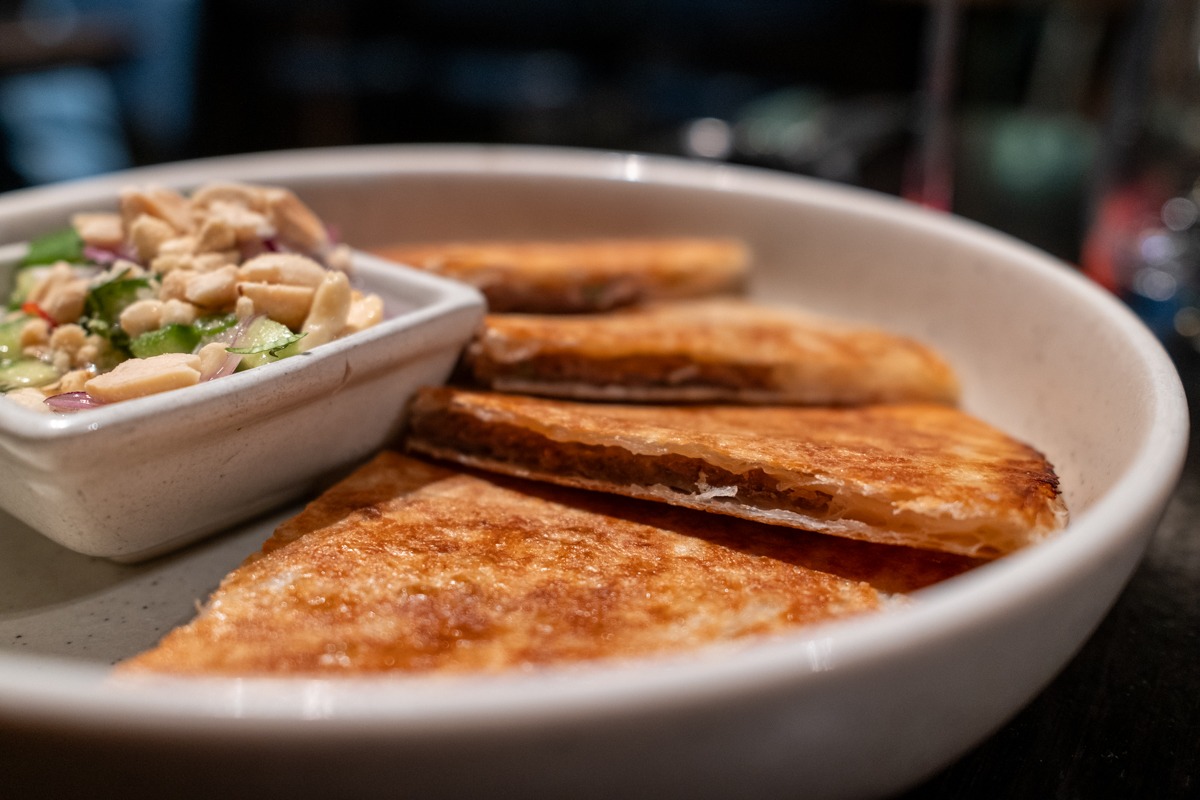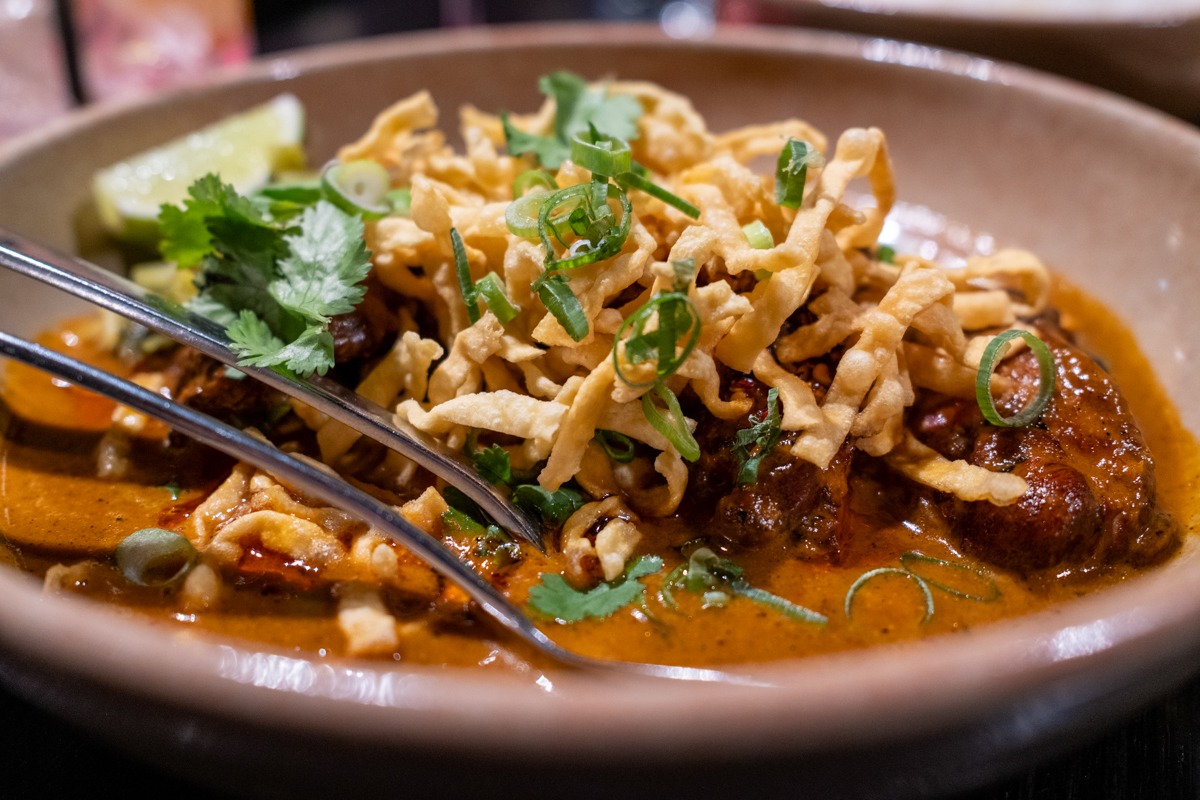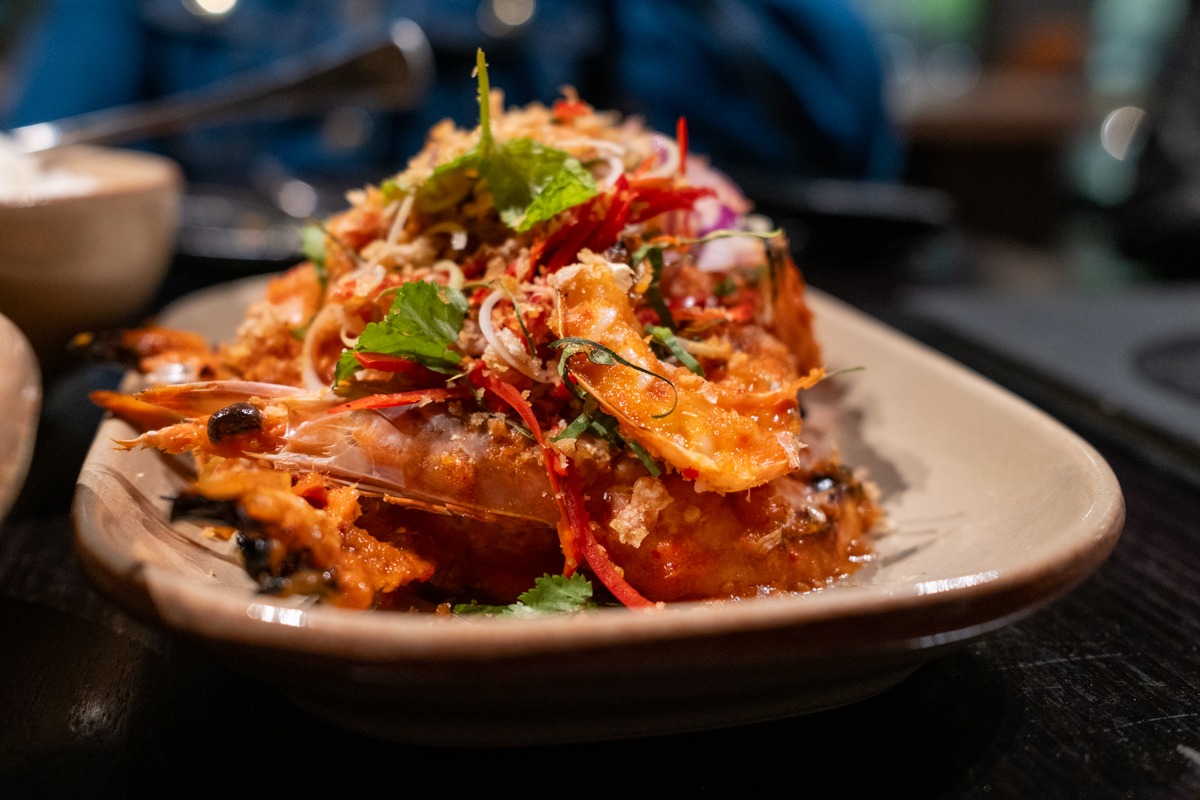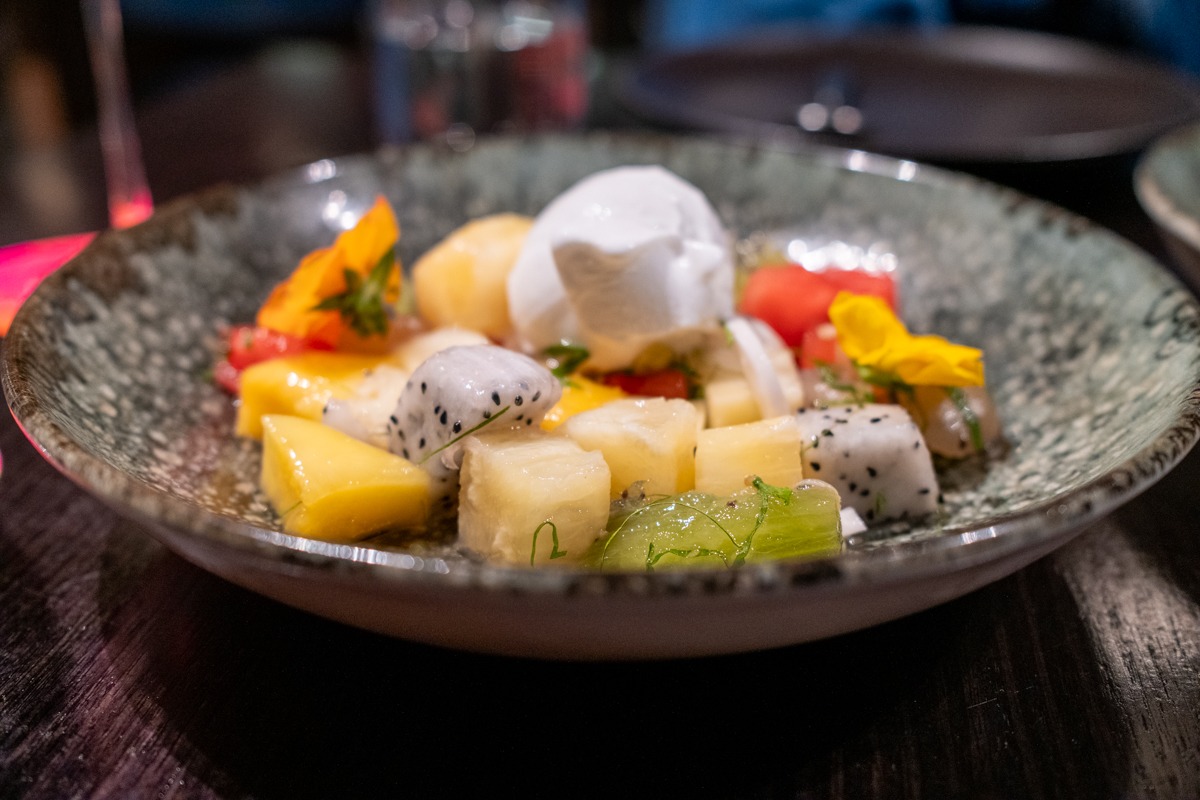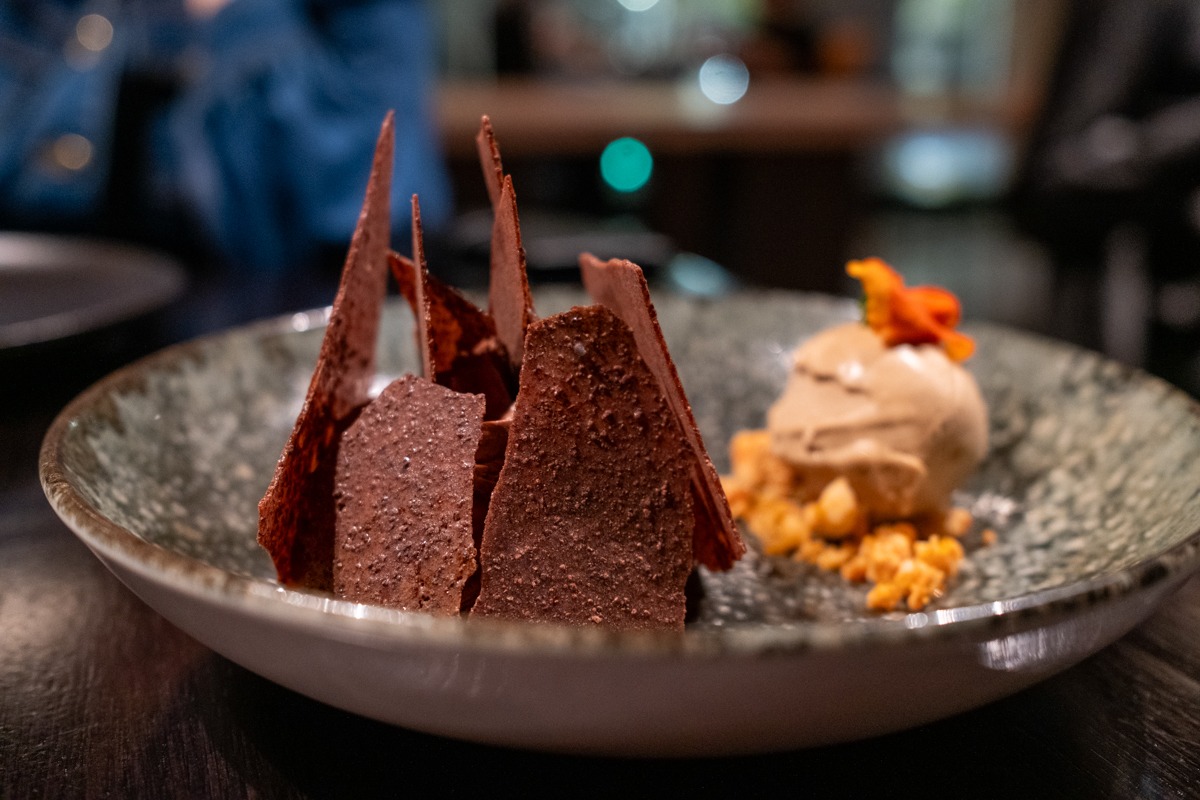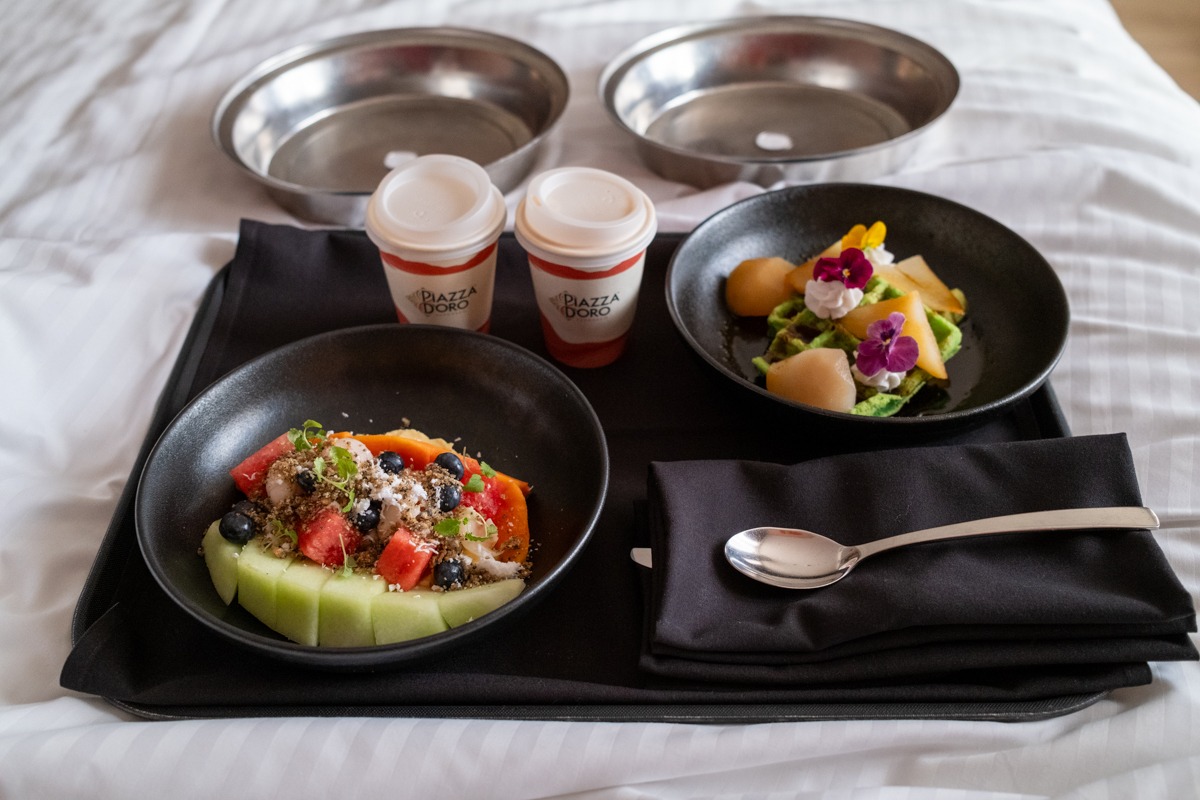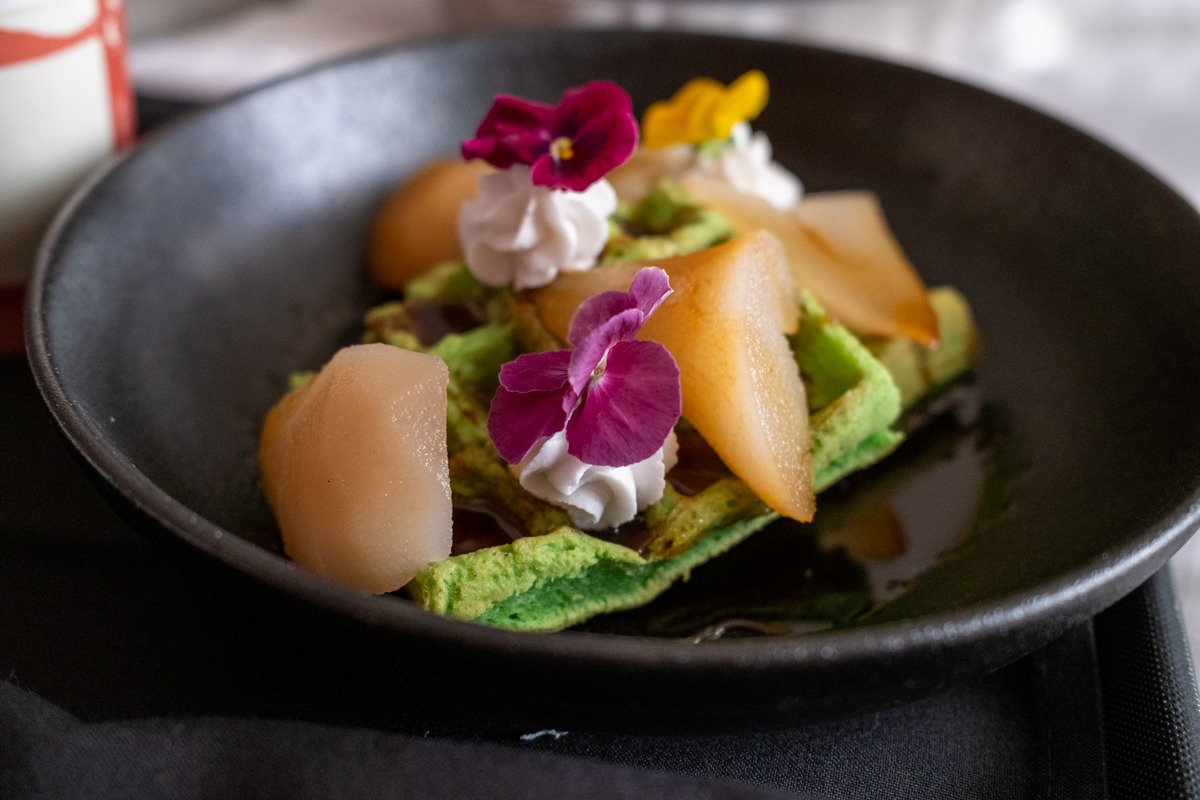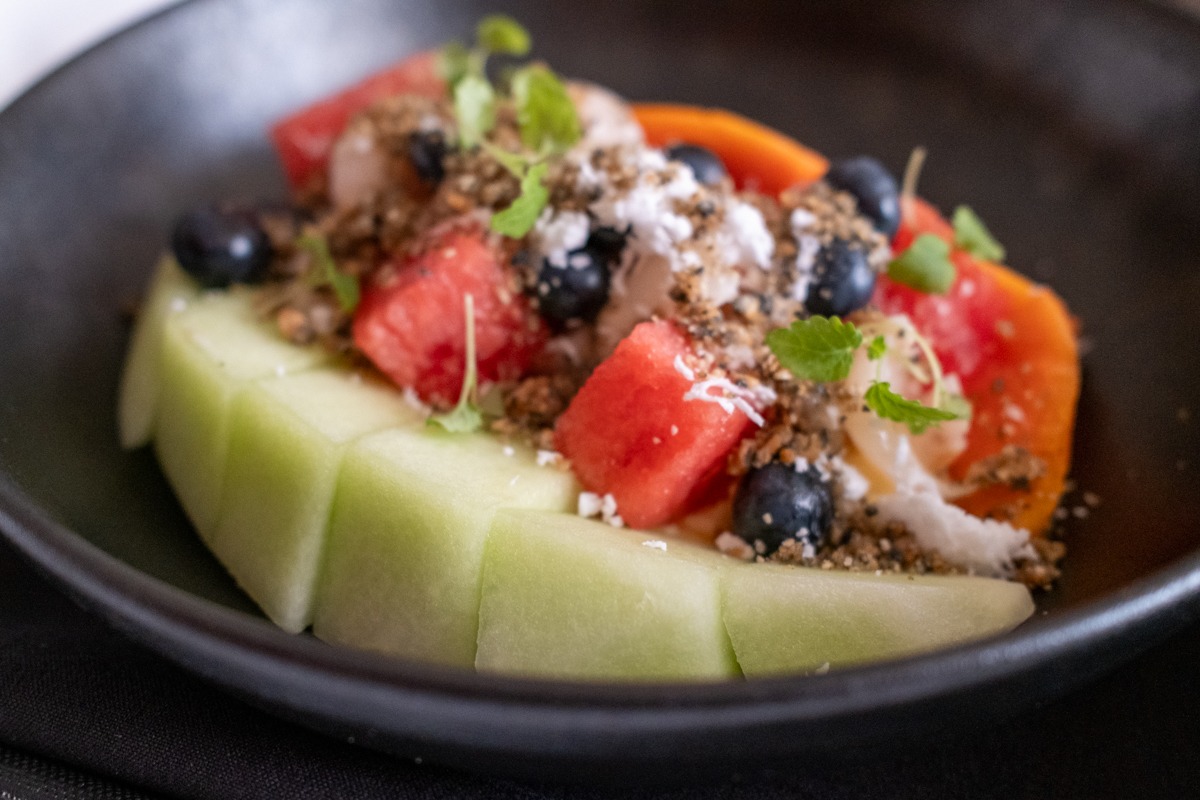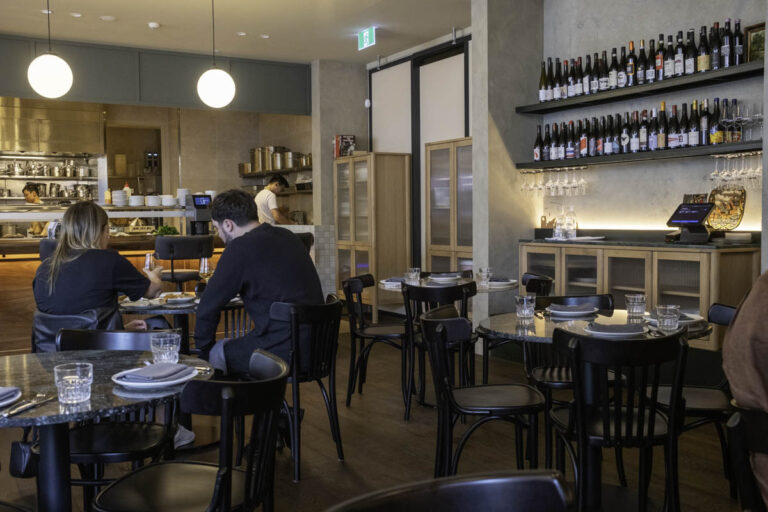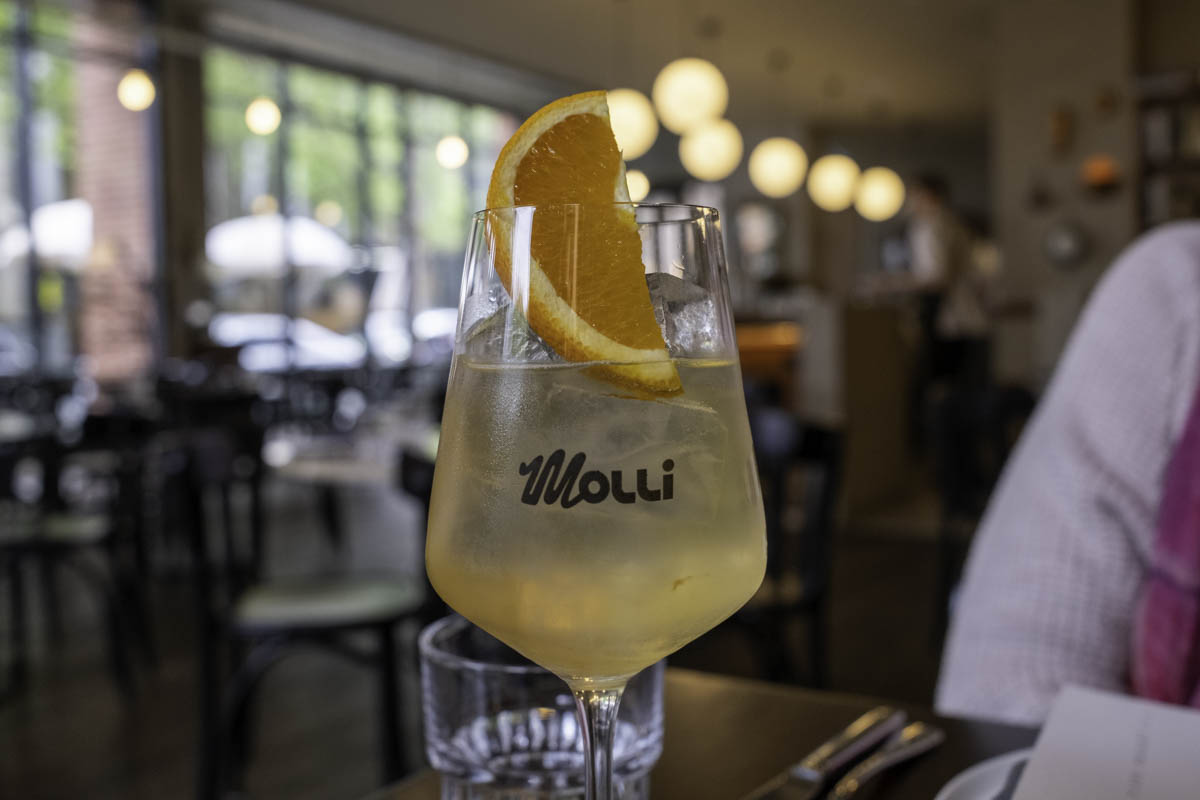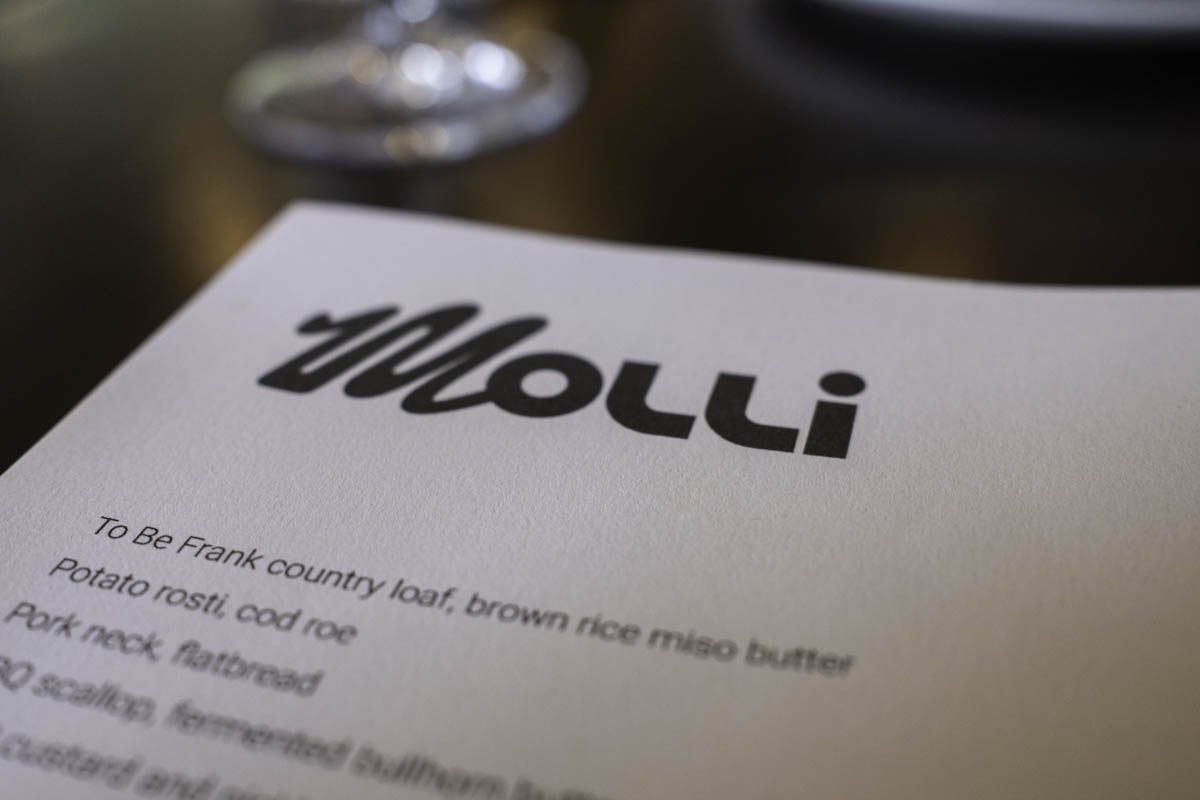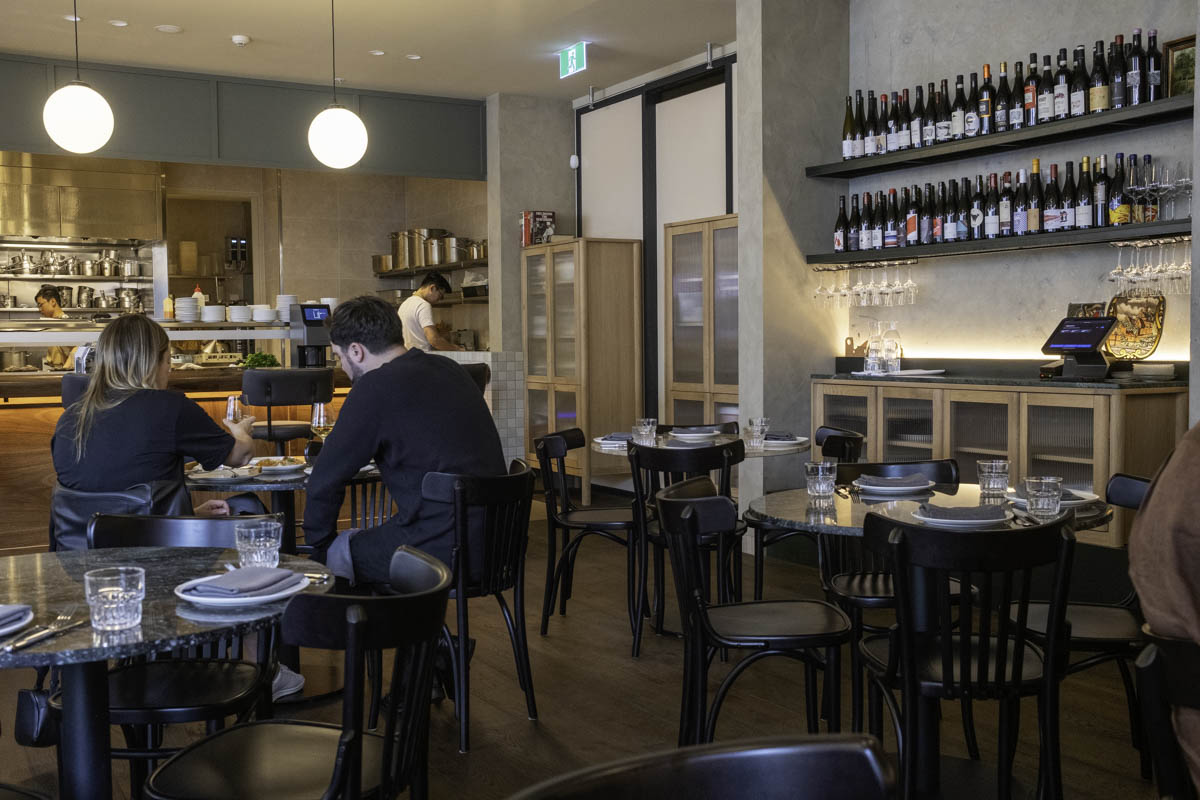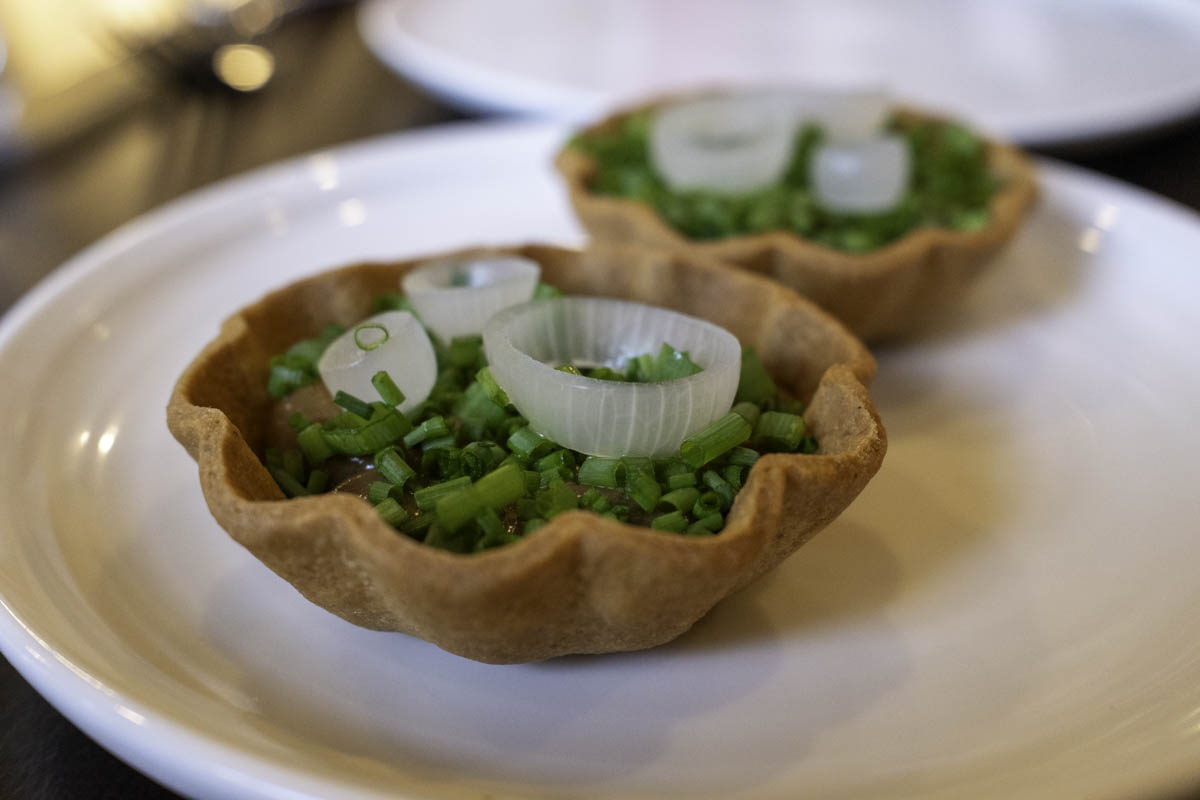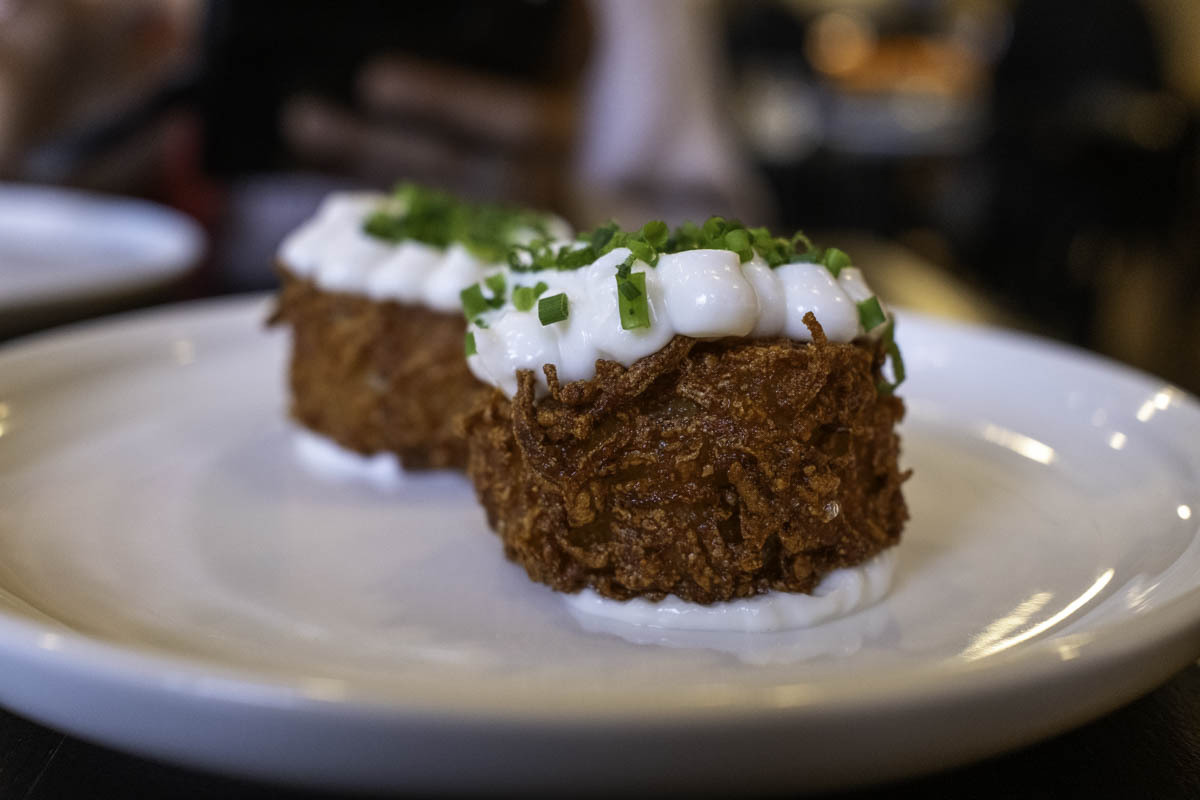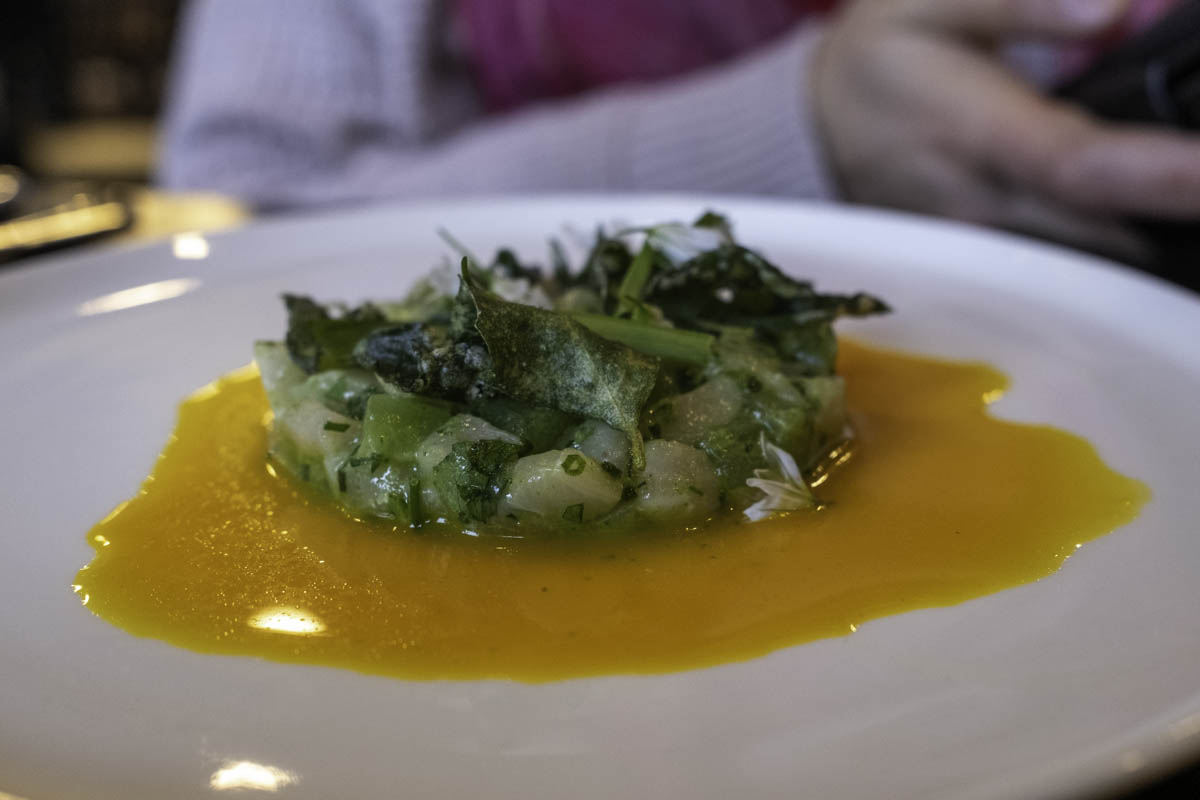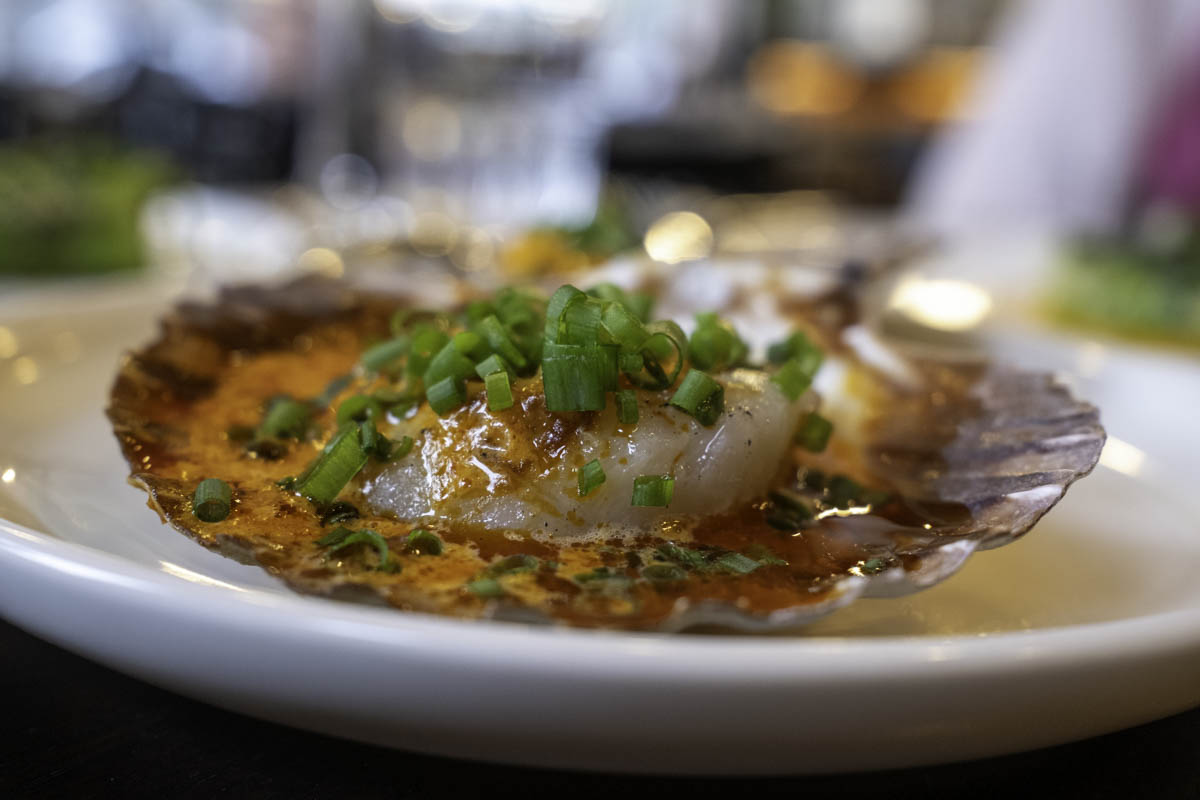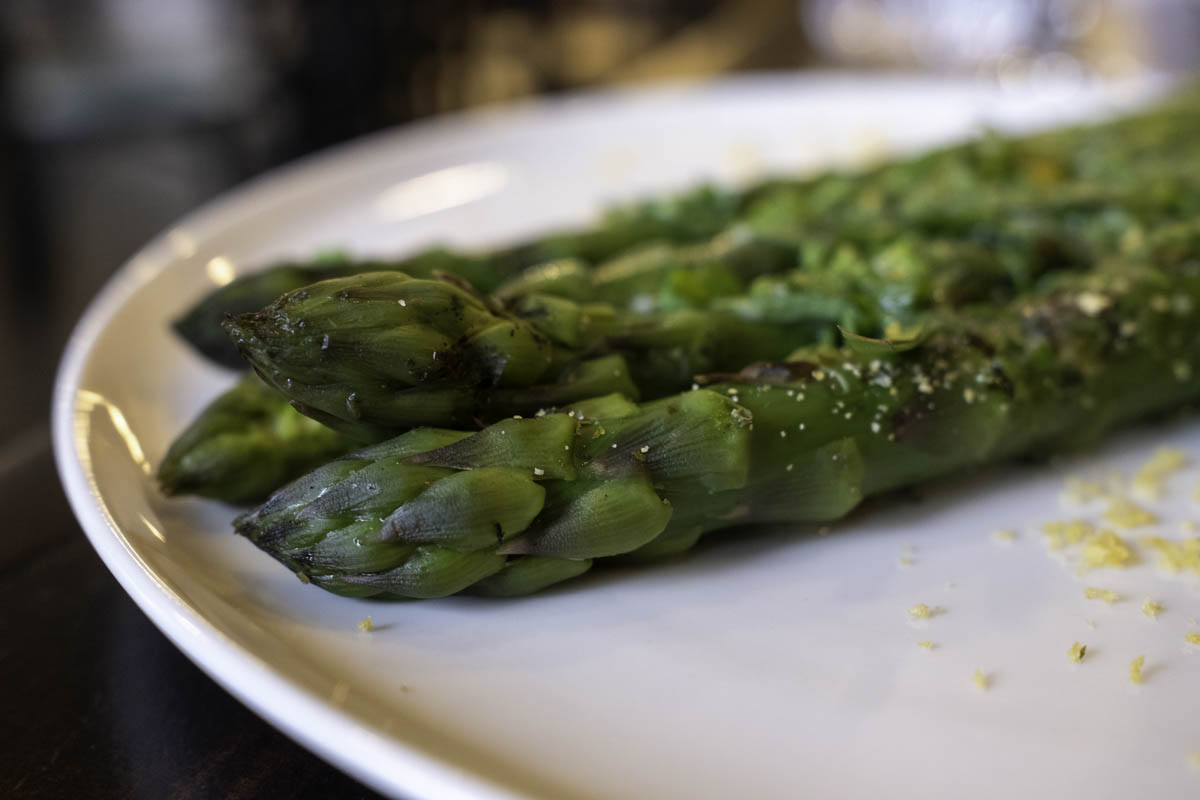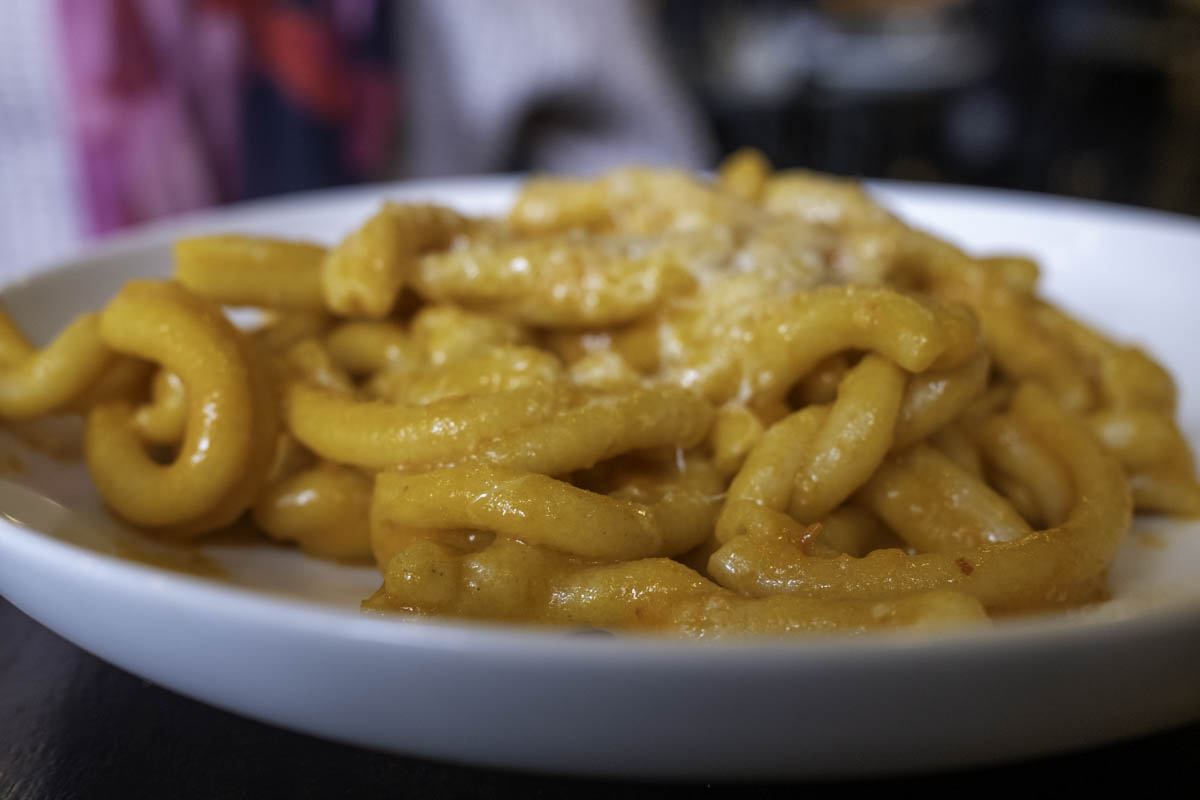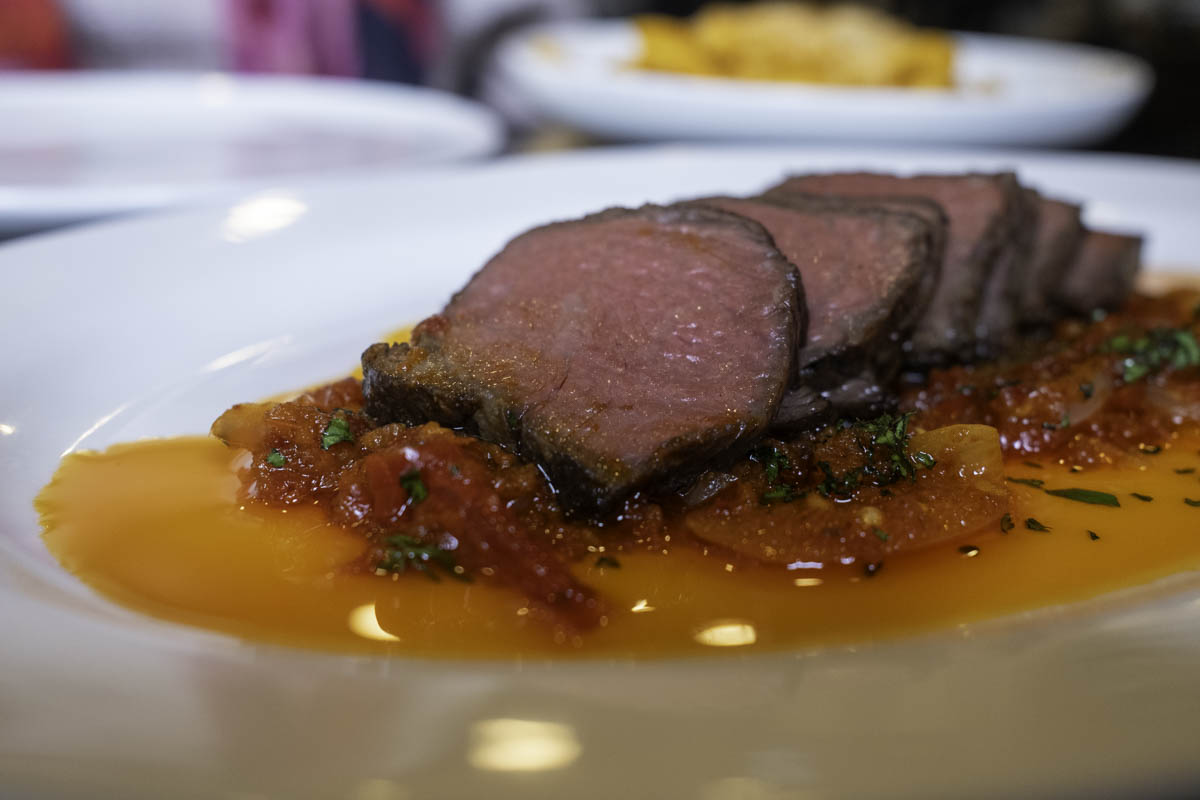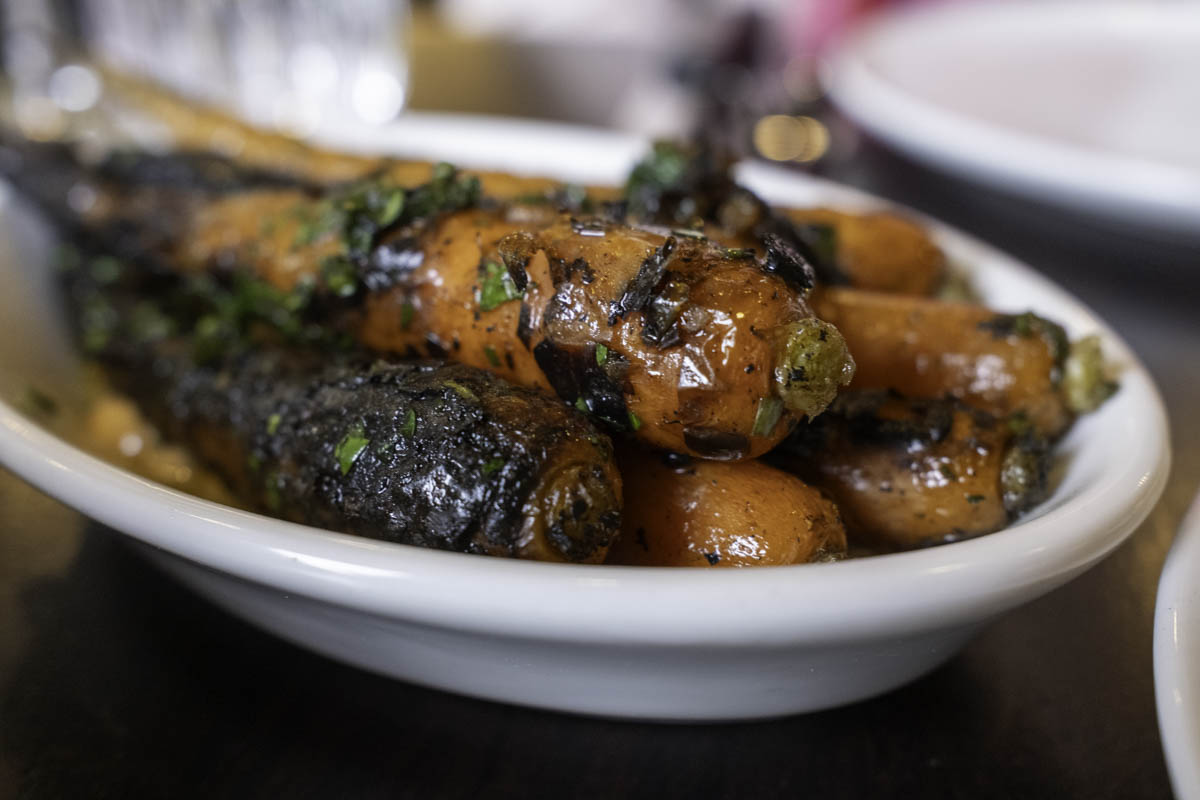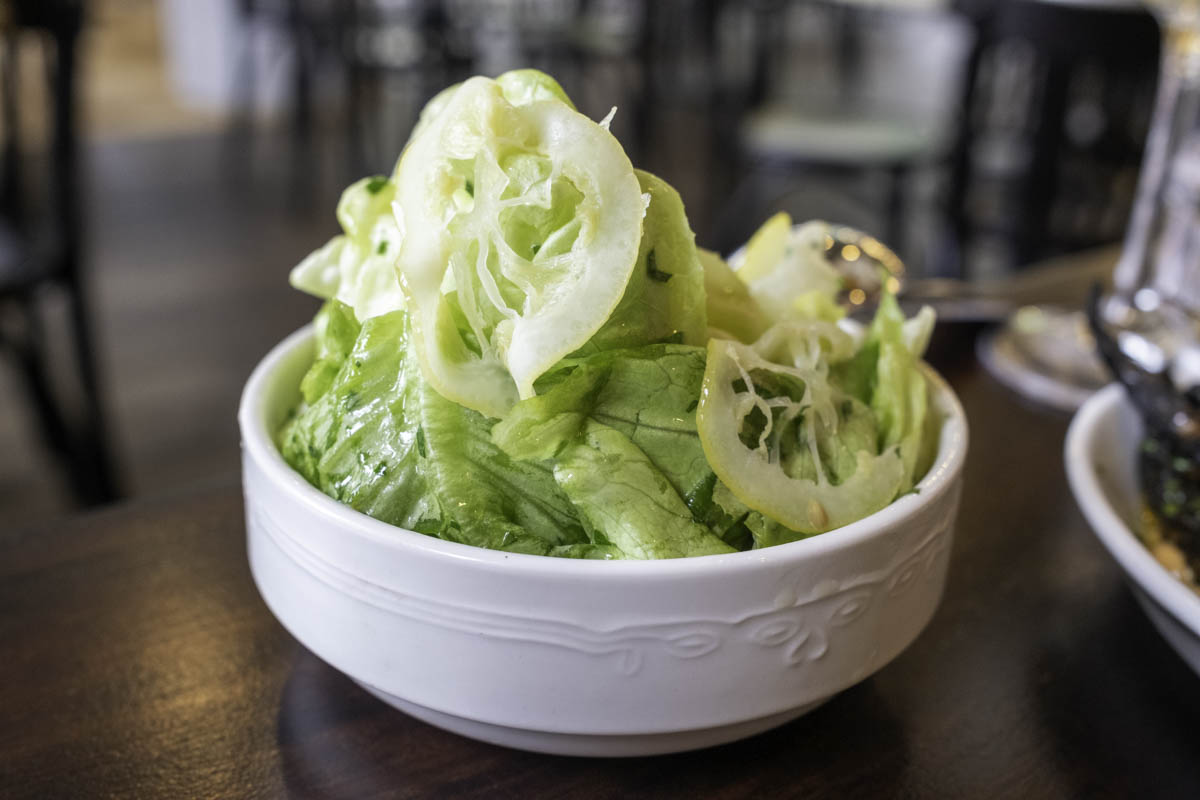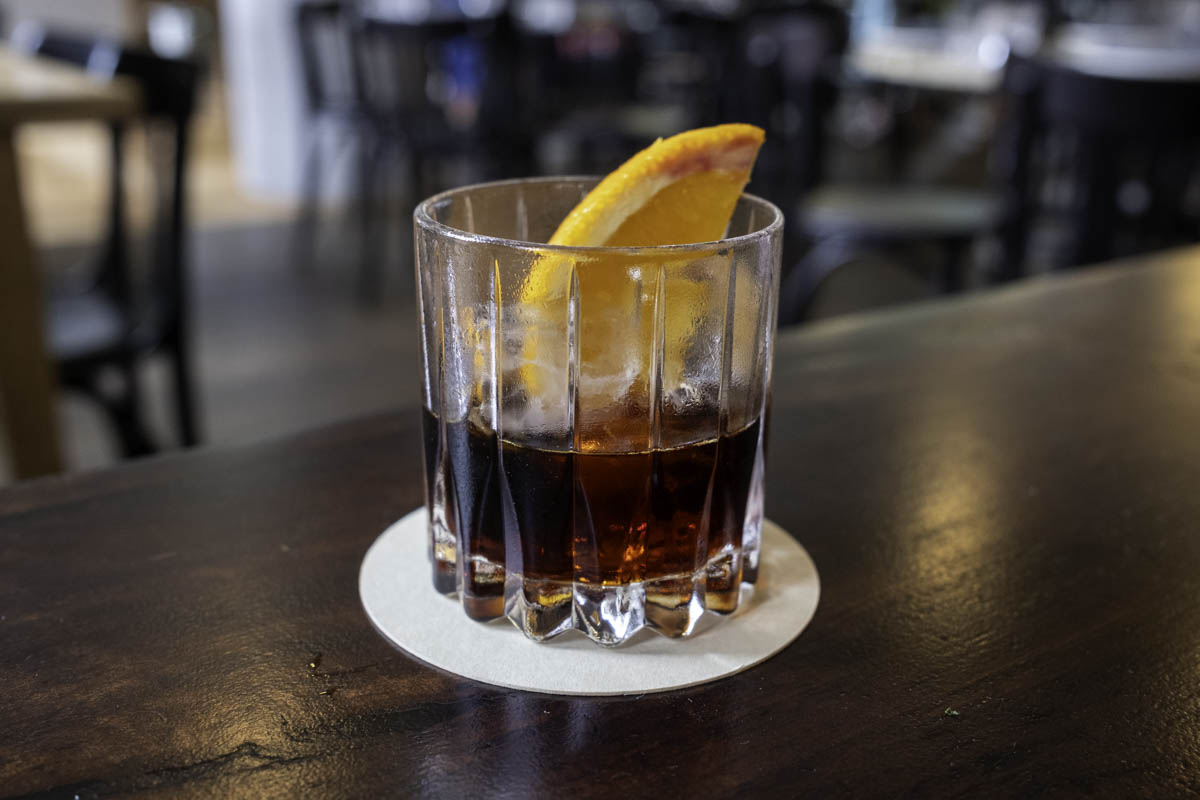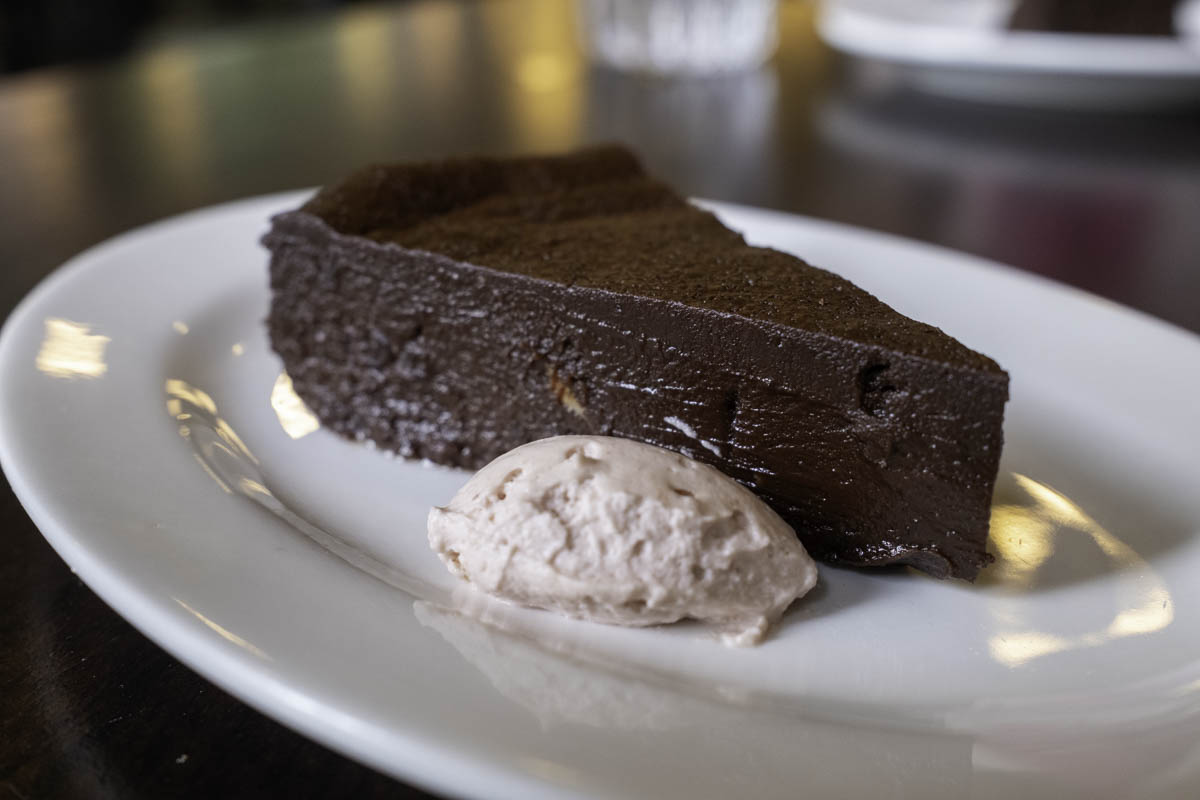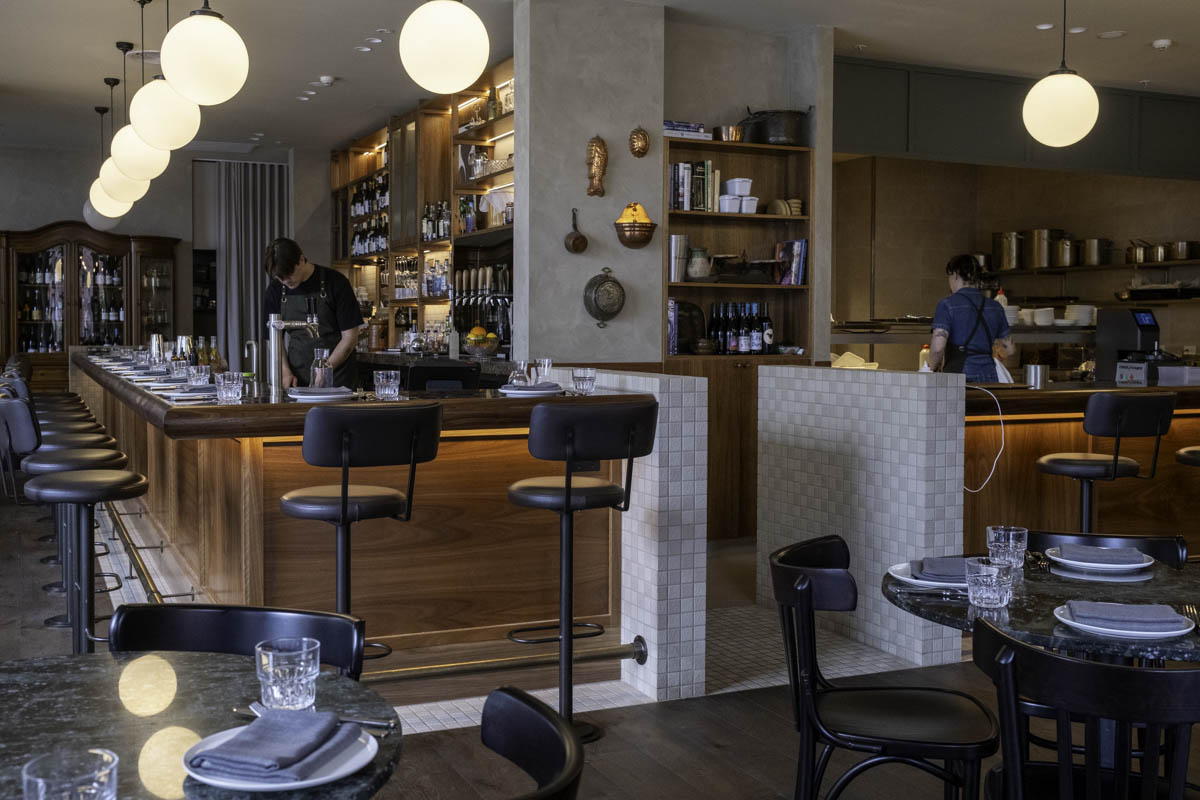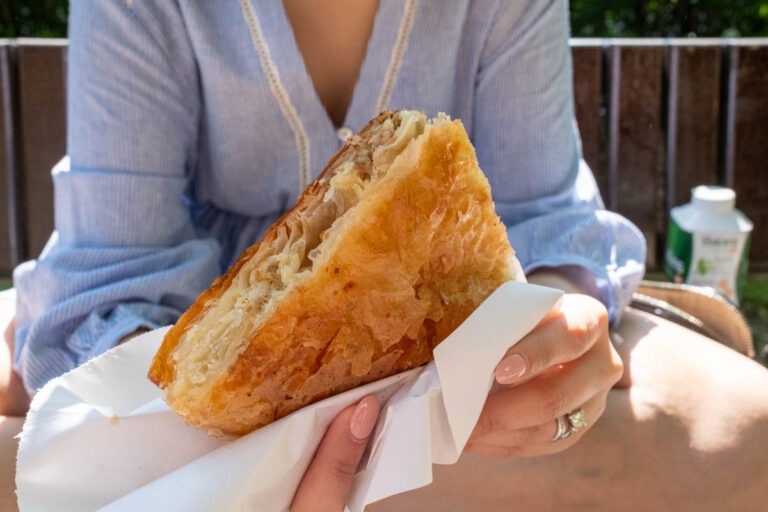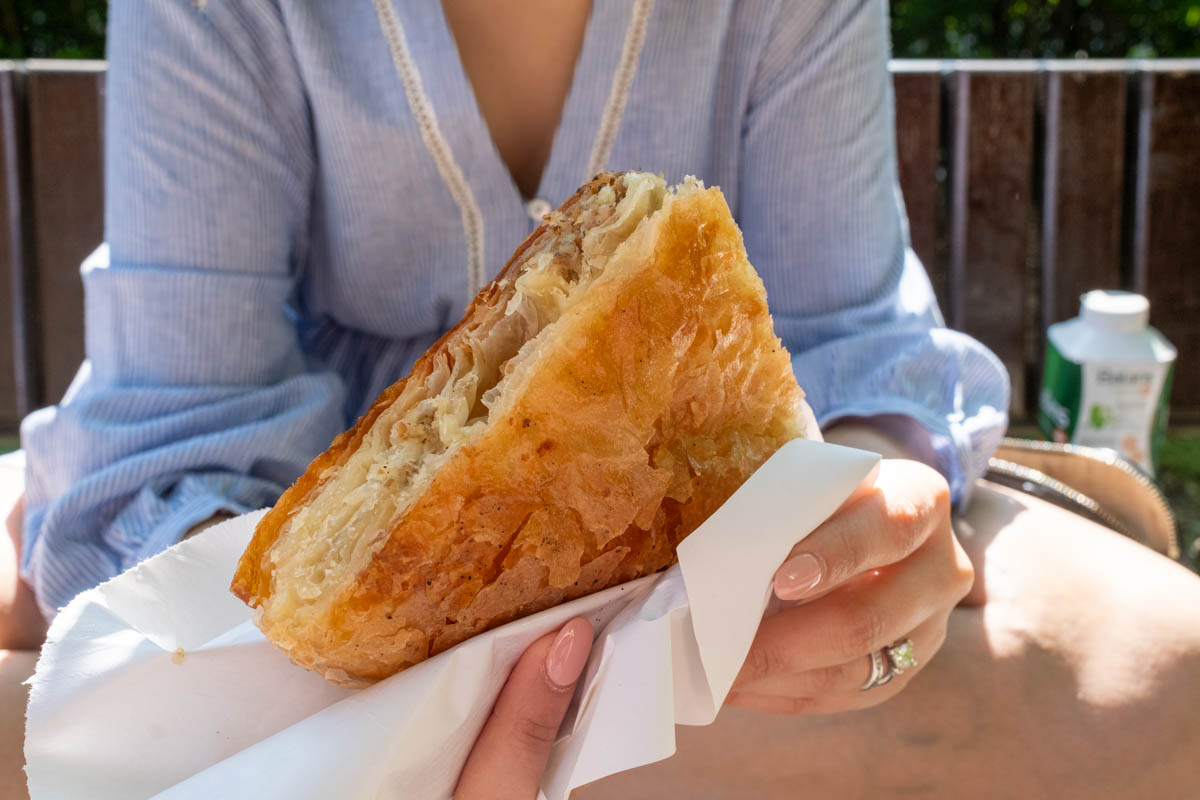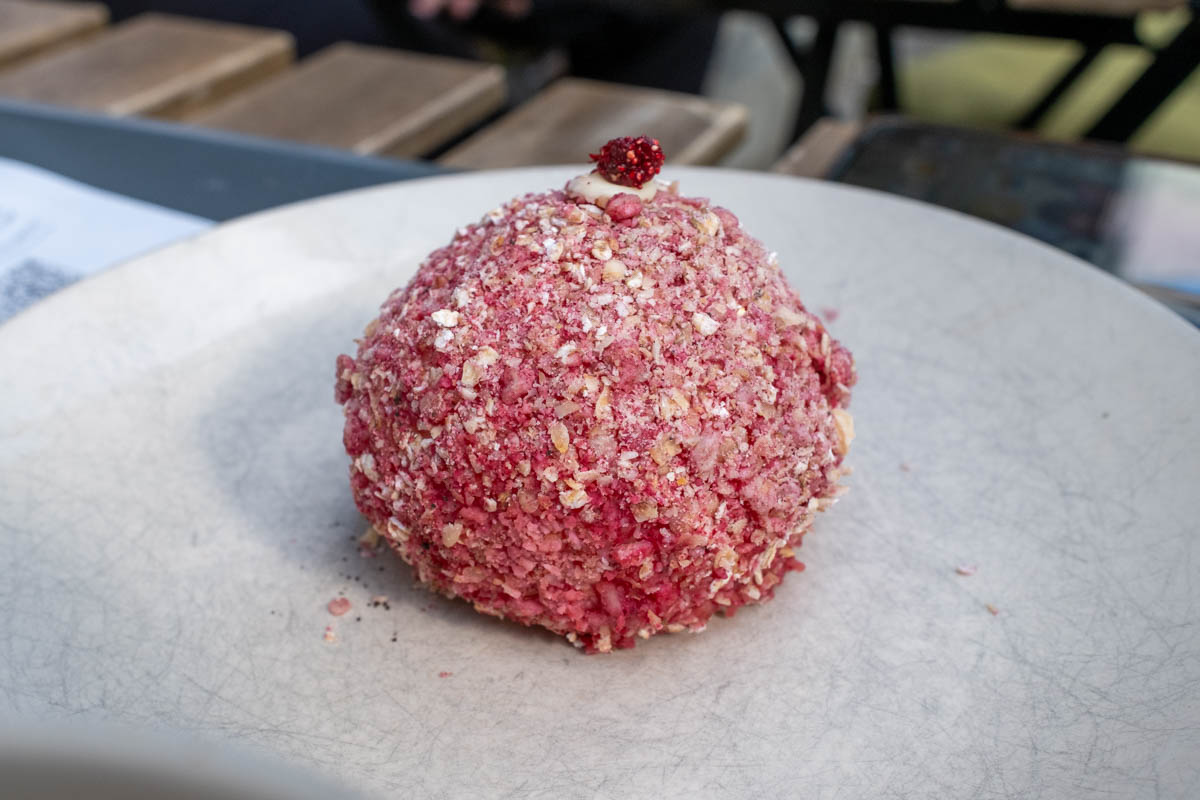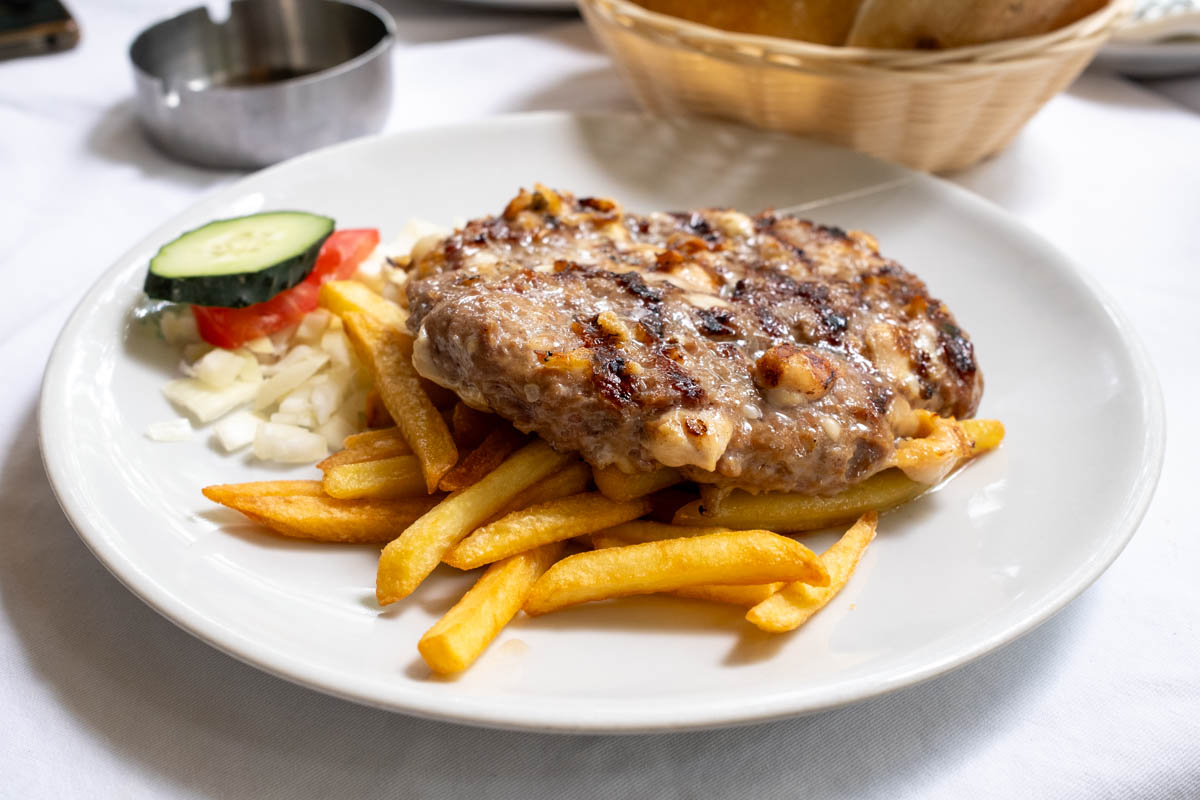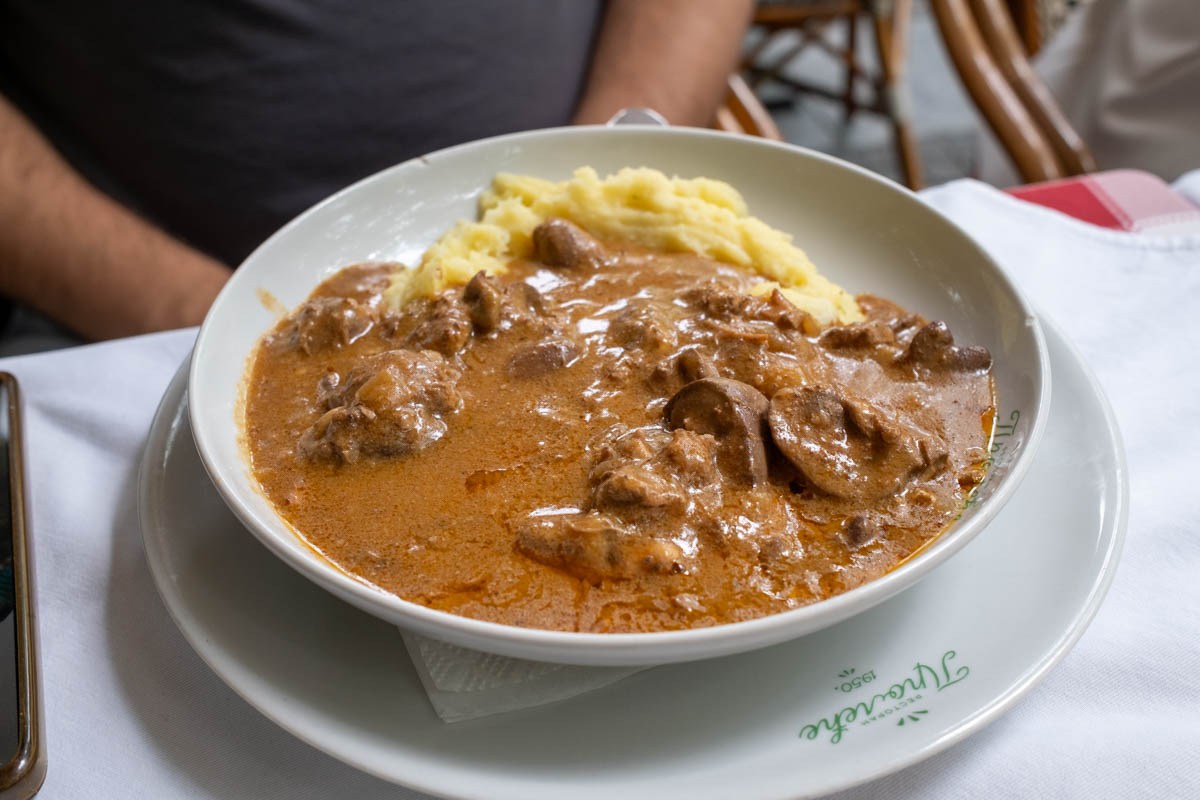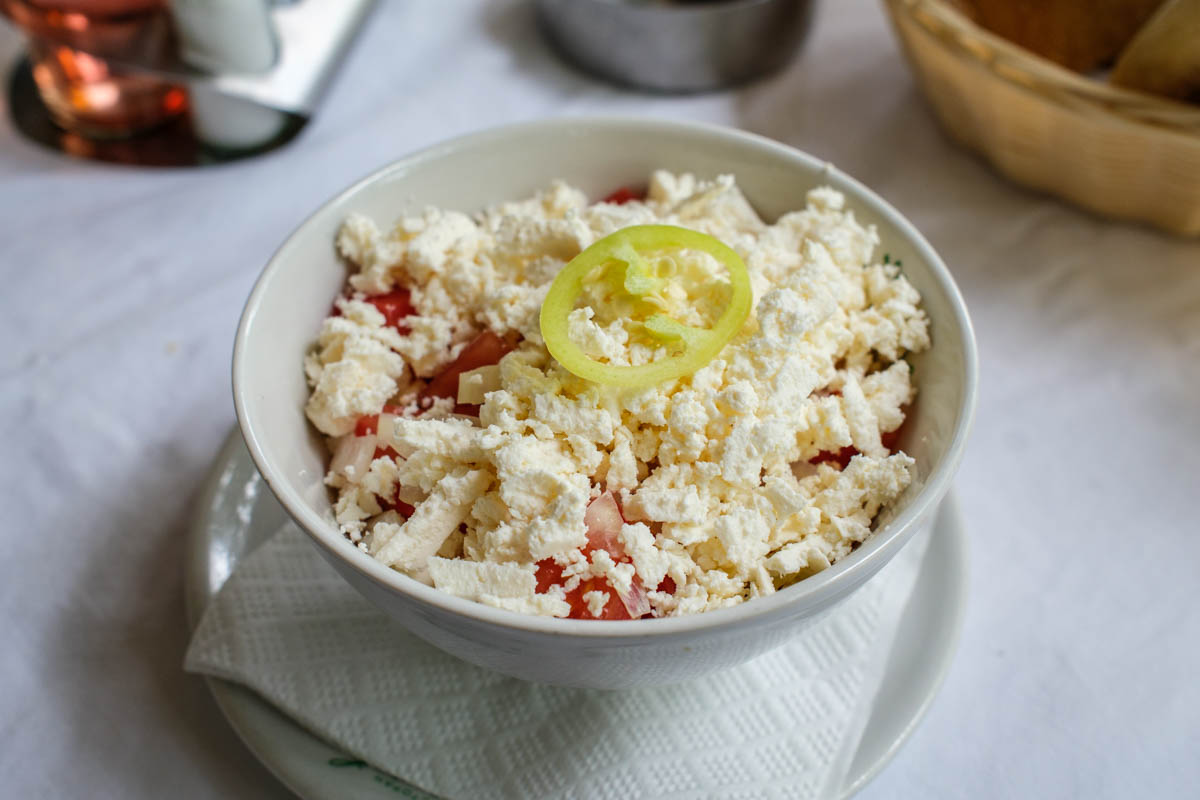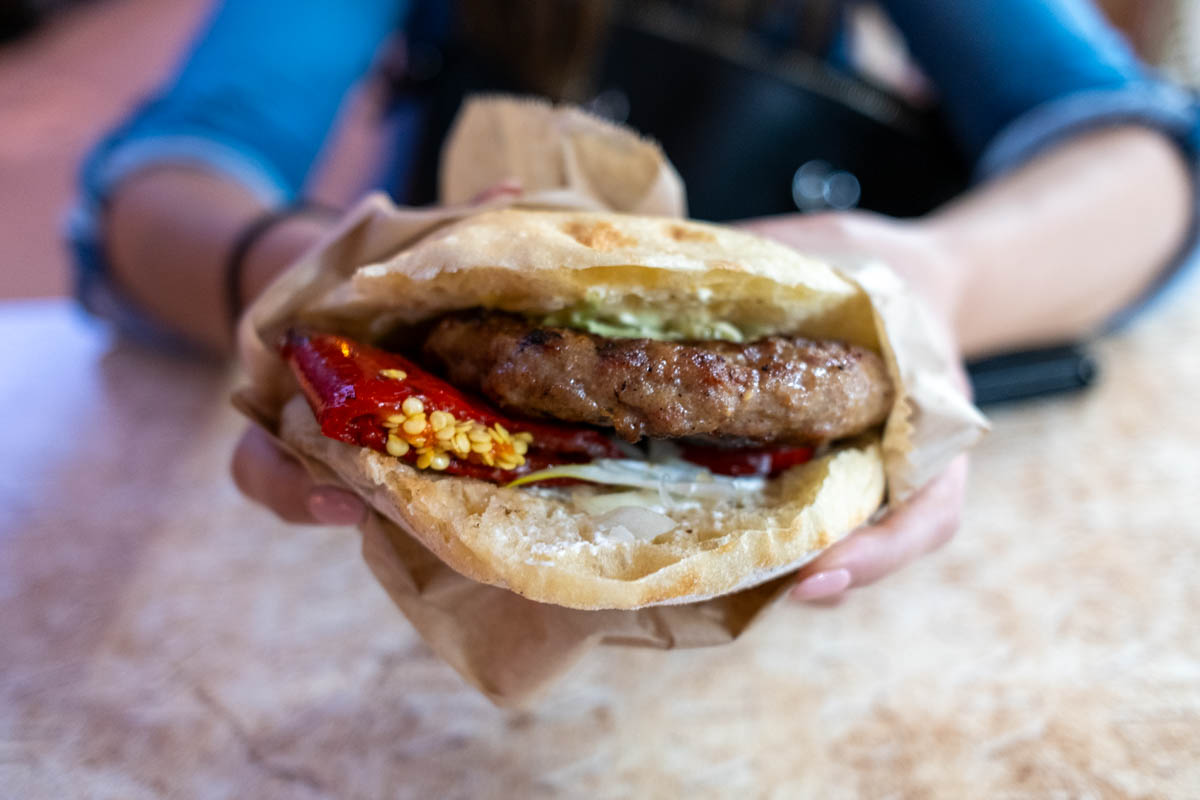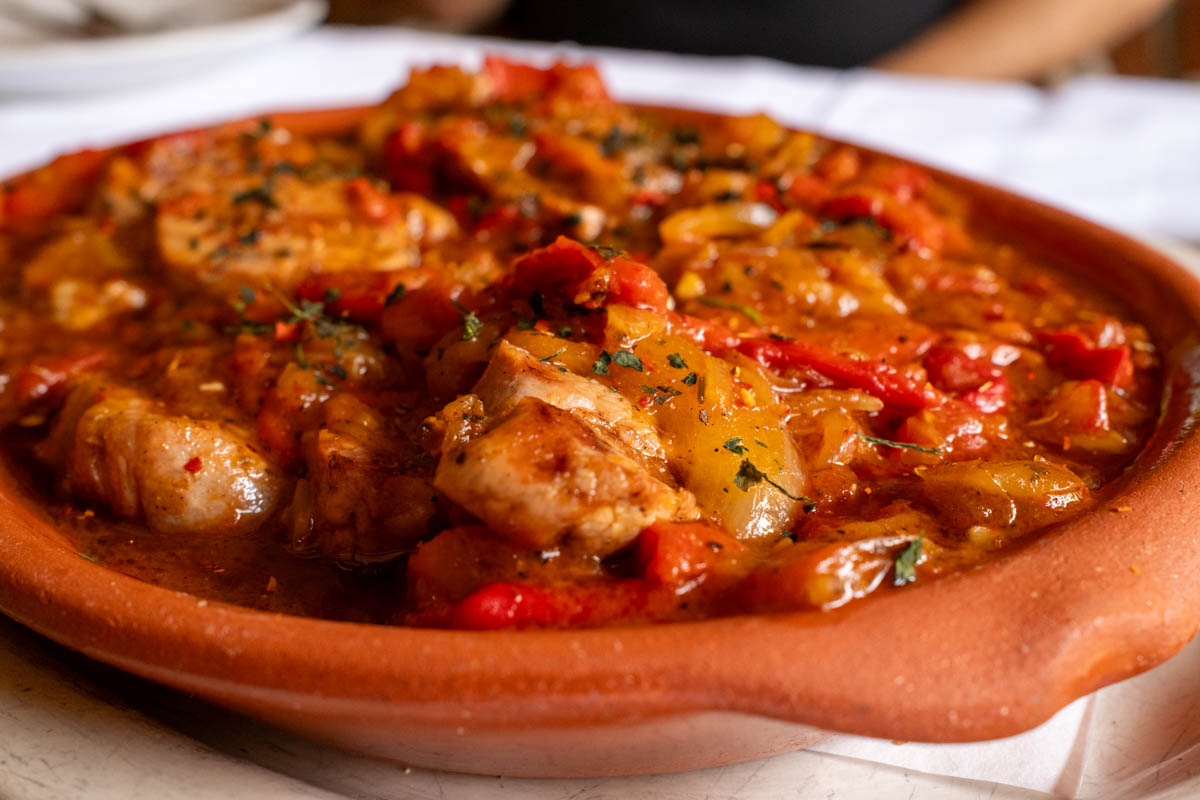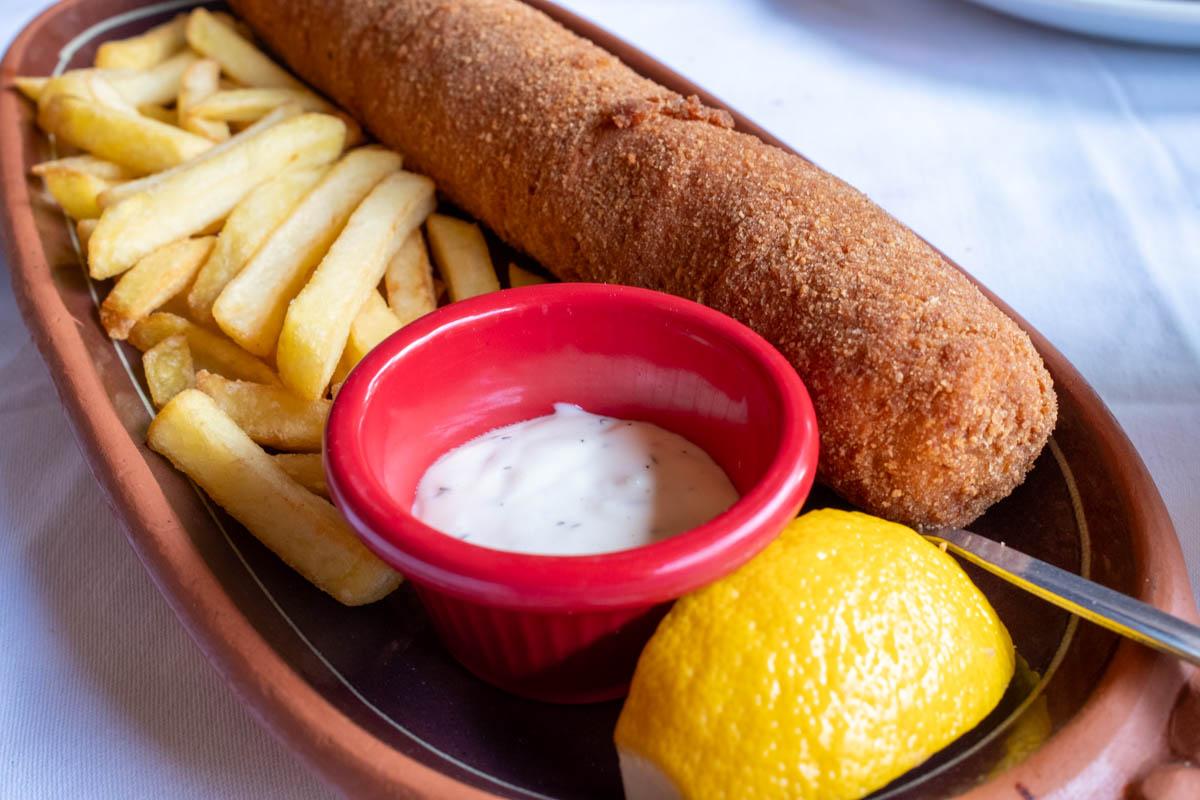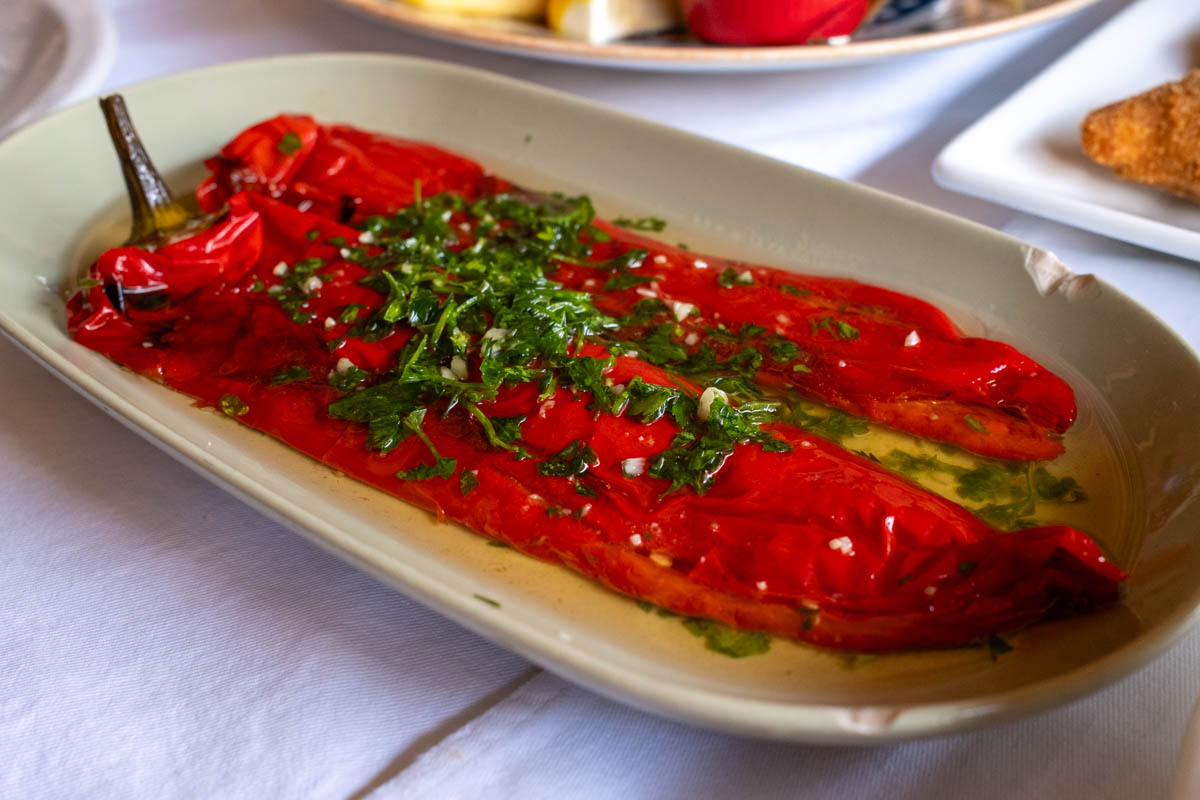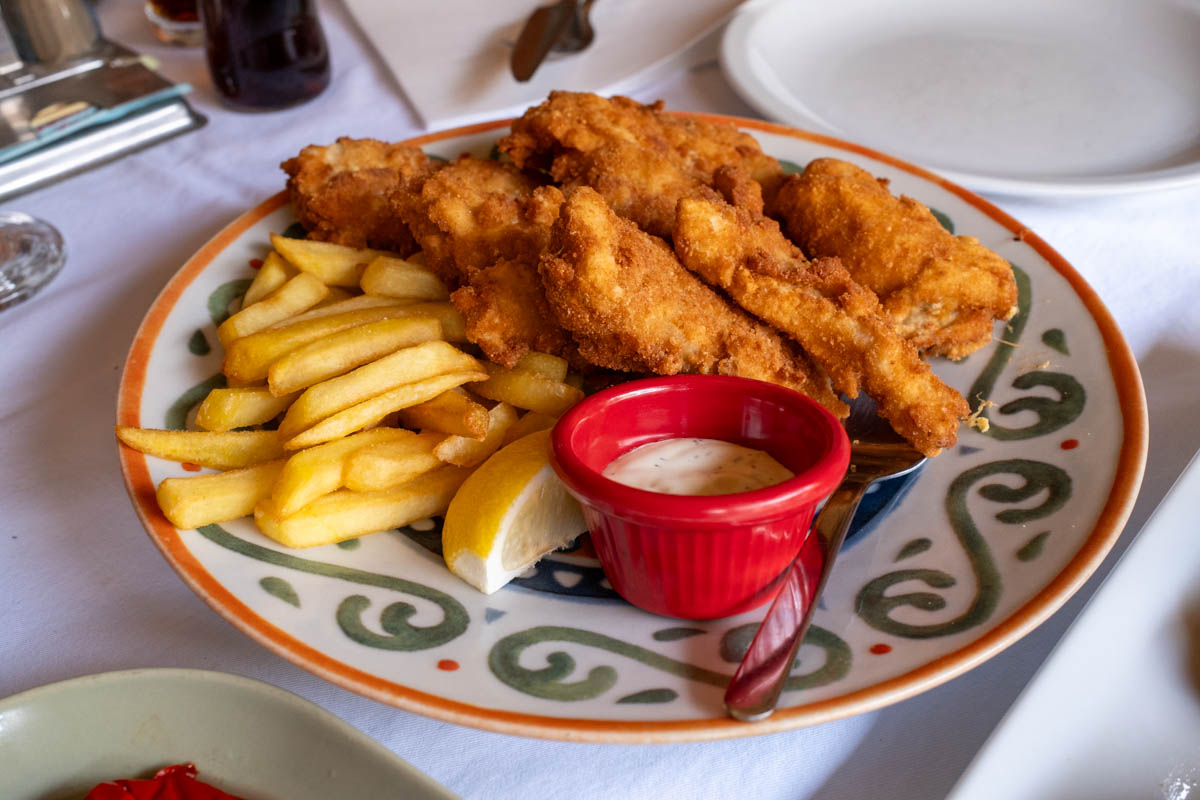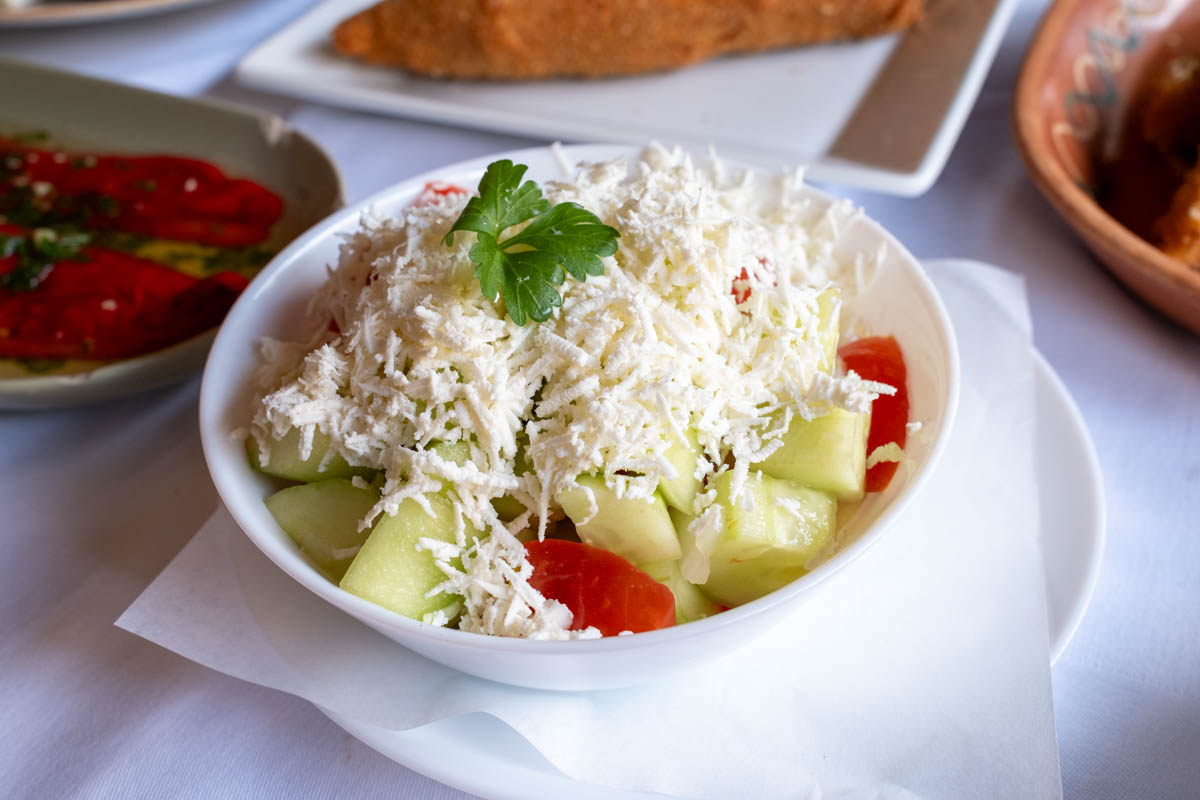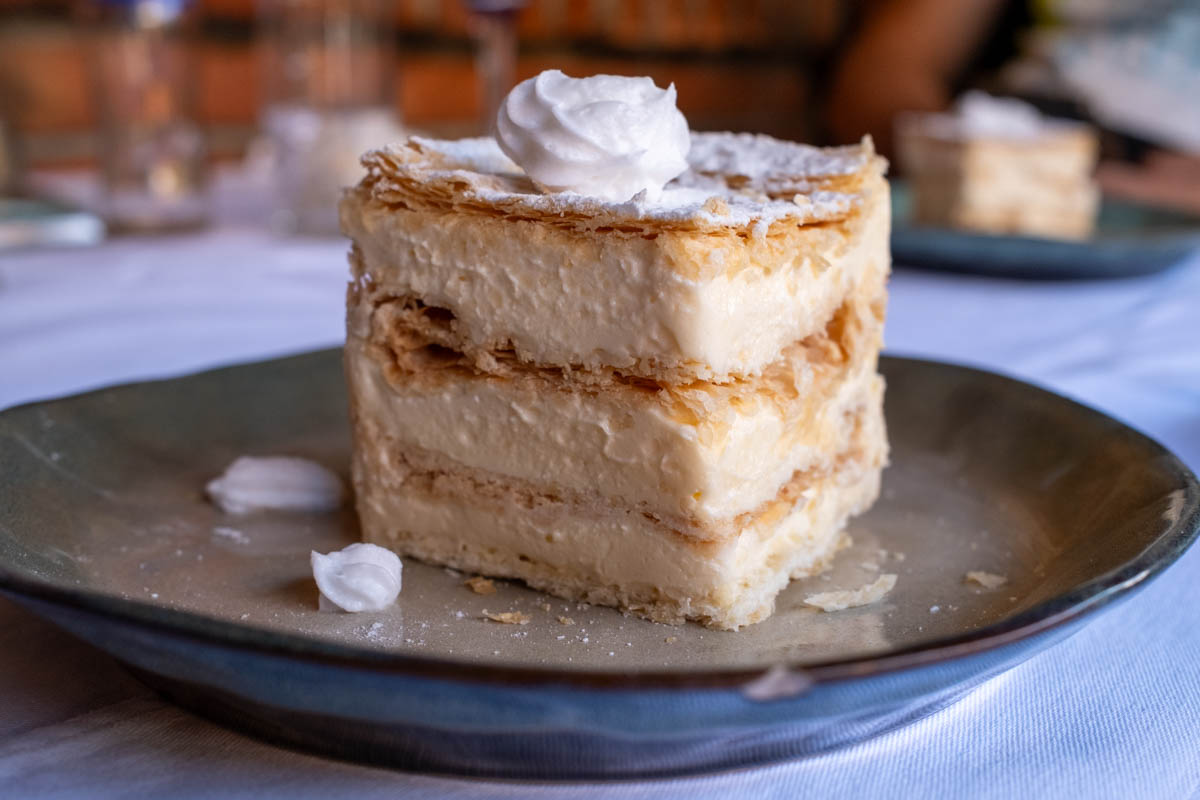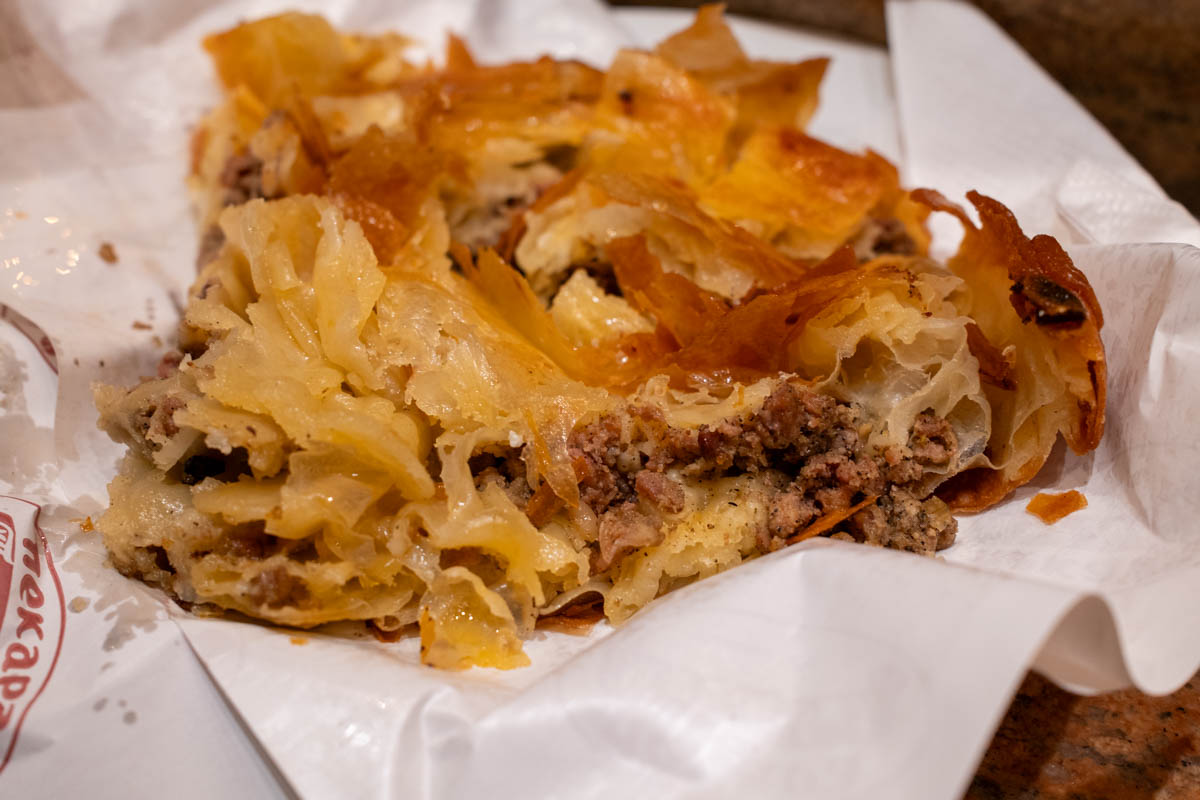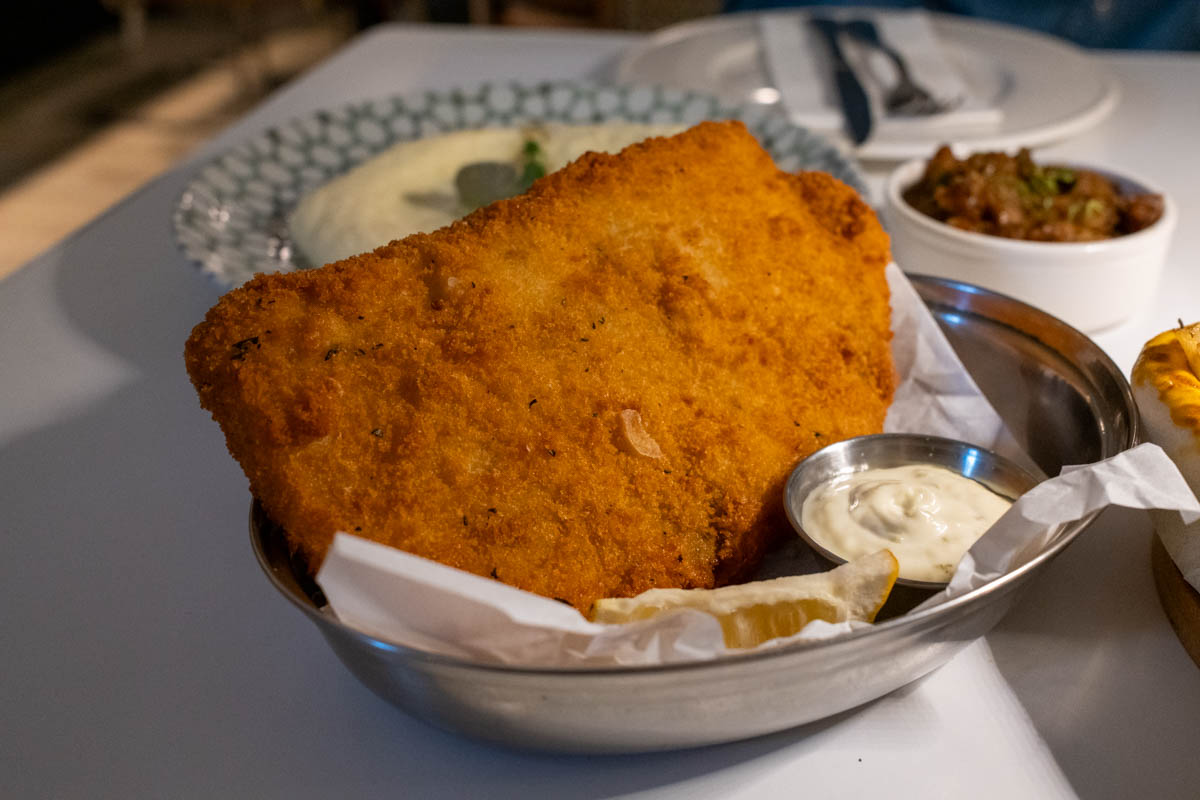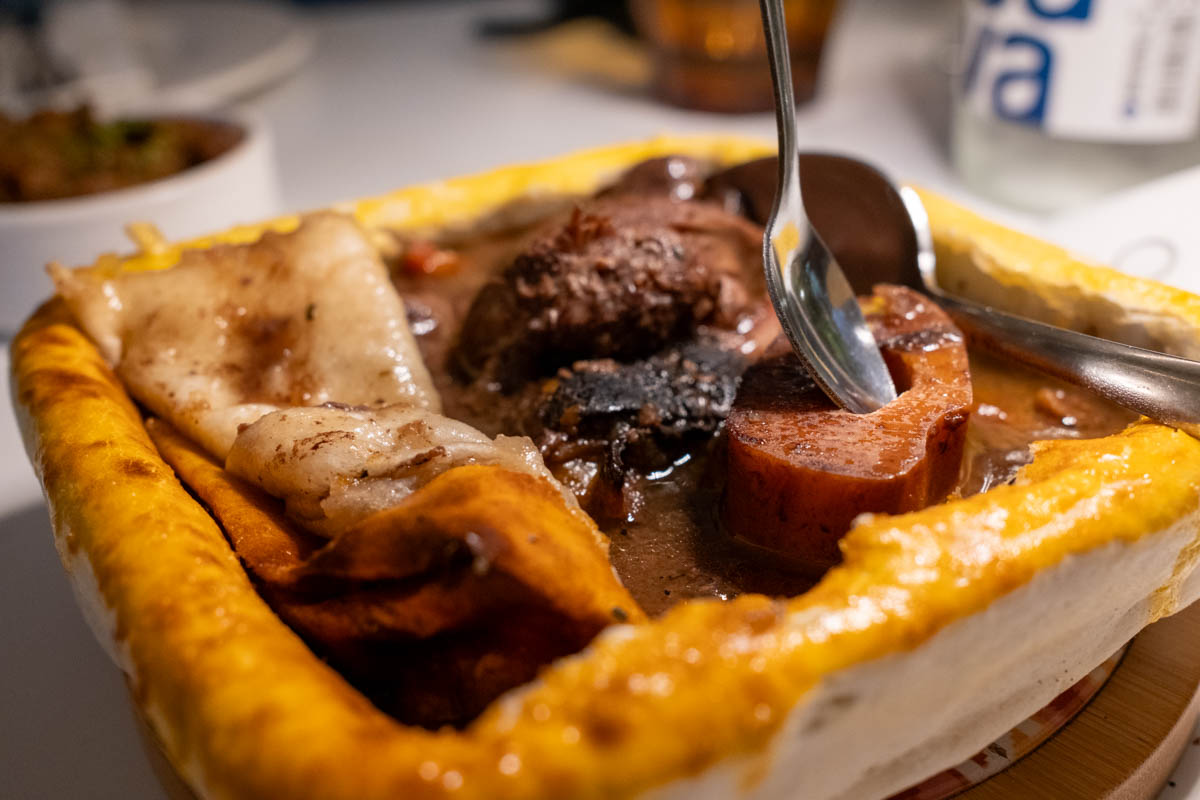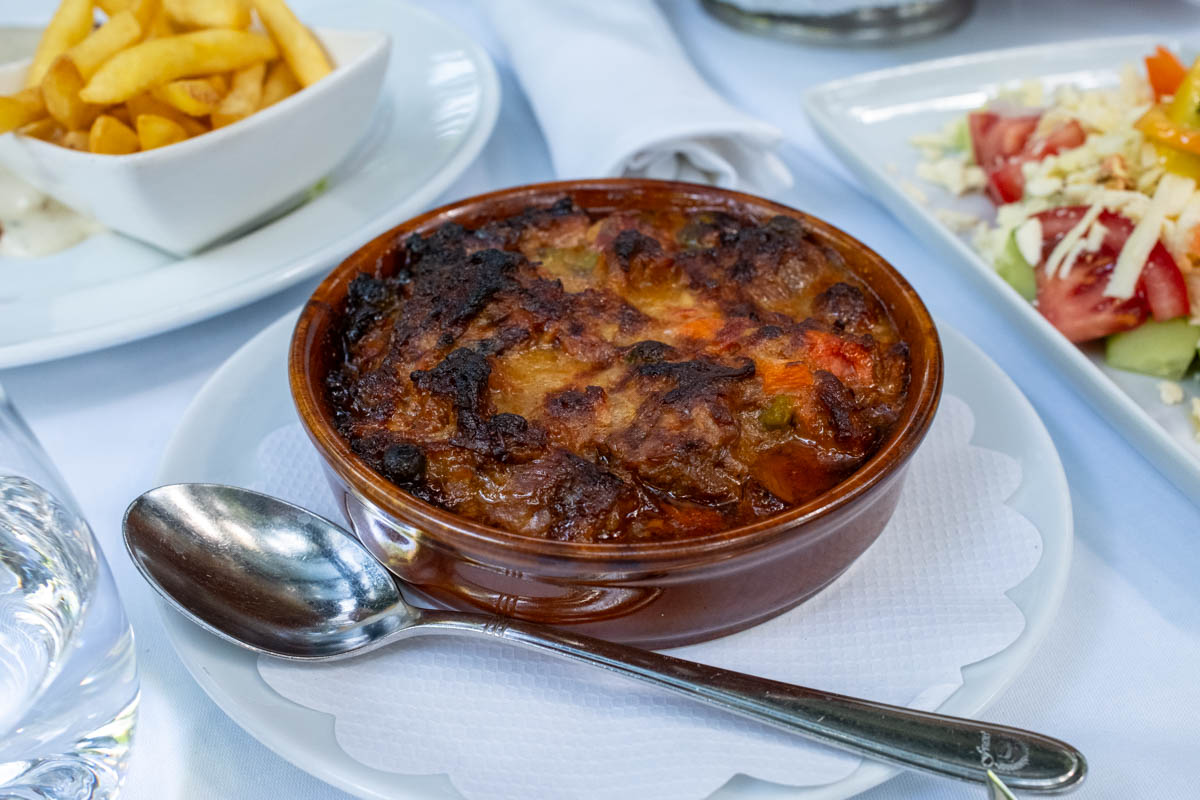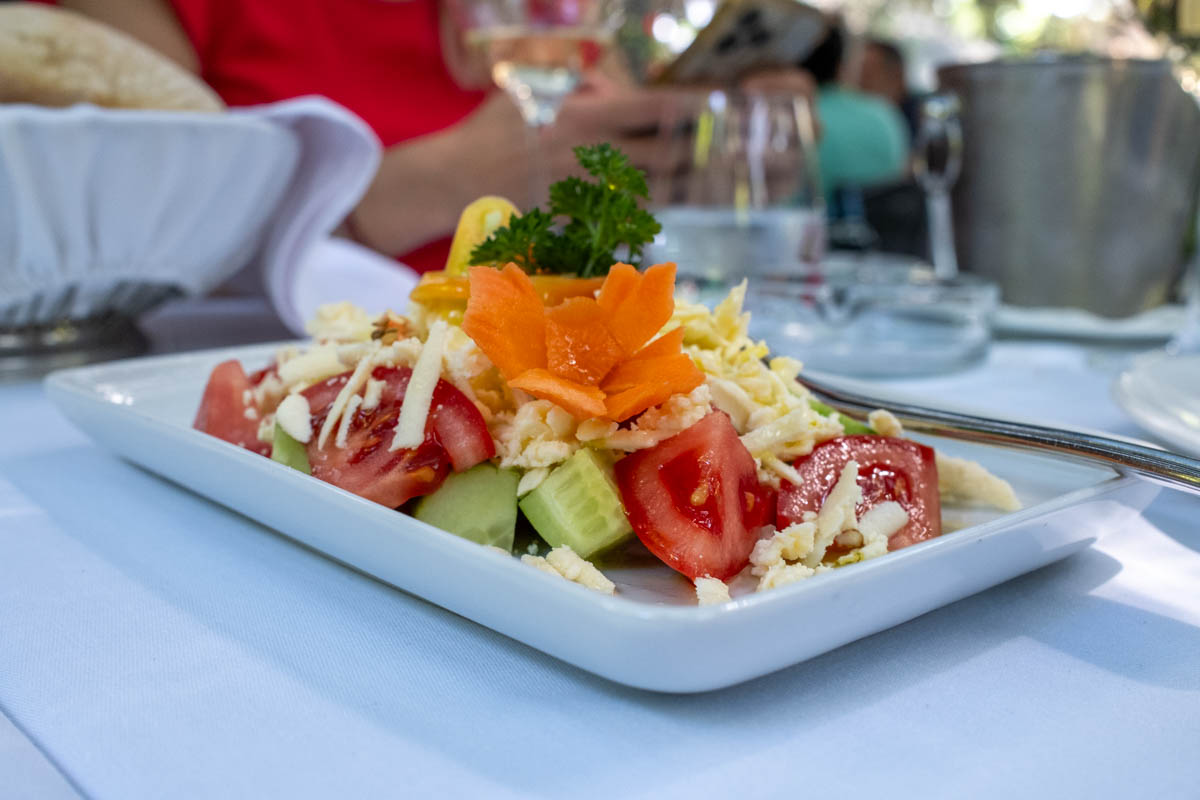THESSALONIKI | The largest city in Northern Greece, Thessaloniki, has a reputation as being Greece’s food city. Greeks have known this for a long time, with wider recognition coming in 2001. In that year, the city was the first in Greece to be designated as a UNESCO ‘City of Gastronomy’.
The diversity of Northern Greece’s food comes from its strategic location at the crossroads between Eastern Europe, Western Europe, and Asia. Over thousands of years, people from all over have moved through and settled in the area. Present day Northern Greece has been part of Ancient Greece, and the Roman, Byzantine, and Ottoman empires, in its history.
Greek, Turkish, Sephardic Jewish, and wider Balkan influences, amongst others, have all had a part to play in making the cuisine of Northern Greece what it is today. The land in northern Greece is very fertile, which lends itself to food that showcases the amazing fresh produce of the region. Some of the best wines in the country also come from this region.
As you’d expect, there’s plenty of crossover with the food of the south of Greece. What you’ll find with Northern Greek food, is that there are a lot more Turkish influences. This is due to the fact that Northern Greece was under the sphere of Ottoman influence for over a century longer than Southern Greece, and the population exchange with Türkiye of 1922. The latter saw 1.2 million Turkish citizens of Greek background, forcibly moved to Northern Greece, with a similar transfer happening the other way. This had a huge, lasting impact on Northern Greece’s cuisine.
On that note, you’ll find that several of the dishes in this list are popular and part of the cuisine of all of Greece, Türkiye, other Balkan countries, the Levant, and the Middle East. This list is about food and drink that are common and popular in Northern Greece, that you should enjoy while you are there. It’s not about claiming exclusive ‘ownership’ of a given dish. A shared culture and history is something that should be celebrated.
As well as specific dishes, I’ve included some of the place where you can enjoy these foods in Thessaloniki. For a full list on places to eat in Thessaloniki, check out my article, “Thessaloniki Food Guide: Where To Eat“.
Avgolemono
Avgolemono, which literally translates as “egg lemon”, is a broth (usually chicken) that’s mixed and thickened with lemon and egg yolk. It’s originally a Sephardic Jewish delicacy, and was introduced into Greek cuisine when Sephardic Jewish settled in Thessaloniki (which one had the largest Jewish population of any city in Europe).
In Greece, avgolemono is used as a basis of several dishes. One of the most popular is a chicken soup that has tender chicken meat used while making the broth, and white rice. It’s also popular with pasta and meatballs.
Baklava
Baklava is one of the most popular Ottoman desserts. There are many theories as to where it originated, none of which have been definitively proven. It likely originated from the Ancient Greek placenta cake, which evolved into Byzantine koptoplakous, which is the same as Turkish-style baklava.
Regardless of its exact origins, baklava is something that you need to try. It’s consists of layers of filo pastry, filled with chopped nuts, and sweetened with syrup or honey. A sweet, textural delight.
Bougatsa / Spanakopita
There are many names and regional variations of Turkish “pie” börek. As a consequence of hundreds of years of Ottoman rule and influence, you’ll find the flaky, layered pastry in the cuisine of many cultures.
In Northern Greece, the version you’ll most commonly encounter is bougatsa. It’s another dish that was introduced into the region with the 1922 population exchange between Greece and Türkiye. Interestingly, the name can be traced back to the ancient Roman pānis focācius. And yes, that’s also where the name “focaccia” came from.
One of the best places to eat bougatsa in Thessaloniki is Bougatsa Bantis. It’s a small bakery, owned and run by Philippos Bandis, whose carrying on the business that was started by his father Dimitris in 1969, and run by his dad Dimitris before Philippos took over. Visit for a variety of sweet and savoury options, with the classics by far the most popular. That’d by spinach, feta cheese, mince, and custard.
The spiral version of the dish that you might be more familiar with, spanakopita, can also be found in Northern Greece, but the pie-like bougatsa is more common.
Borrekitas de Meredjéna
Borrekitas de Meredjéna are a Northern Greek dish of Sephardic Jewish origin. They’re pies stuffed with eggplants and nogada (meatballs with walnut sauce).
Bougiourdi
This simple dish showcases the fresh produce of the region to great effect. It’s baked feta with fresh tomatoes, fresh hot peppers, and chilli flakes. Drizzled with olive oil and seasoned with oregano, it’s a spicy delight that goes wonderfully with some crusty bread or pita.
Dairy
Greece produces a wide array of fantastic dairy products. “Greek Yoghurt” is perhaps the most well known of these, but did you know that what people outside of Greece know as Greek yoghurt is just one type of strained yoghurt that’s enjoyed here. There’s drinking yoghurt, unstrained natural yoghurt, and more.
Of course, you can’t forget Greek cheese too. From the well known feta and halloumi, to regional Northern Greek-specific cheeses like the hard and salty kefalograviera, and creamy galotyri, it’s all worth trying.
In Thessaloniki, boutique supermarket, ERGON Agora, is a great place to try some of the best quality dairy that Greece has to offer. Also check out MIA Feta Bar. It’s a small eatery where you can try and purchase the full range of dairy products from local cheesemakers, Kourellas. You can also try Greek dishes that showcase their prodice.
Dried Fruits & Nuts
Dried fruits and nuts were an important part of the diet of the Ancient Greeks, and they continue to play an important part in Greek cuisine today. Go to any market of grocery store in Northern Greece, and you’ll find an assortment of dried fruits and nuts in large containers with scoops, to purchase by weight.
Grab a mix of things for a tasty snack to have on hand while you’re exploring. Popular dried fruits include apricots, figs, dates, and raisins. Popular nuts include walnuts, almonds, and pistachios. Kapani Market, the oldest fresh produce market in Thessaloniki, is a great place to buy some.
Florina Peppers
I have a section on fresh fruit and vegetables below, but Florina peppers warrant their own write up. The Florina pepper is cultivated in the region around the Northern Greek town of Florina. It’s a horn-shaped pepper, with a rich red colour and sweet flavour.
Florina peppers are used in a variety of dishes. Be sure to have them the traditional way to appreciate the full flavour of the pepper. That’s roasted over fire, hand-stripped, and served simply with extra virgin olive oil, salt, and vinegar.
Frappe
This popular iced coffee drink was accidentally invented in 1957 at the Thessaloniki International Fair, when Nestlé sales rep Giannis Dritsas wanted a coffee but didn’t have any hot water. He mixed granulated coffee with cold water and ice into a shaker and mixed it, and the rest is history. These days, frappes, which can also be made with cold milk instead of water, are one of the best things to drink in Greece on a hot summer’s day.
Greek / Turkish Coffee
People often wonder what the difference is between Greek and Turkish coffee. Some will argue that it’s about the size of the finely pulverised coffee grounds, or some other small difference, but the reality is that they are exactly the same thing.
Remember when some people in the USA started calling French Fries ‘Freedom Fries’ when France didn’t support the USA’s invasion of Iraq? Well a similar thing happened when tensions between Greece and Türkiye were at their highest in the 1970 after Turkey invaded Cyprus. The difference is, the movement really caught on, and just like that, Turkish coffee became known as Greek coffee in Greece.
Greek / Turkish coffee is a strong, bitter coffee made by boiling the coffee with water (and optional sugar) in a small pot called a briki, on the stove. There’s a light layer of foam on the top, and the grounds in the bottom of the cup when served. Whatever you want to call it, it’s well worth a try. Speciality coffee shop and cafe, Valenio, is a great place to try a contemporary take on Greek / Turkish coffee.
Greek Salad
Greek (or horiatiki) salad, is classic salad that you’ll find on the menu at almost every restaurant in Greece. It consists of pieces of tomatoes, cucumbers, onion, feta cheese, and Kalamata olives. The salad is dressed with salt, Greek oregano, lemon juice and olive oil.
Greek Wine
For a long time, most people’s knowledge of Greek wine was limited to poor quality retsina – pine resin-infused white wine. This ignored the fact that there was good quality retsina too, and plenty of other good wine in the area. Northern Greece is the wine region of the country, and there are wine makers making excellent wines using not just well known vareitals, but Greek varietals like Malagousia , Assyrtiko, Xinomavro, Mavroudi and Limnio.
Chilai is a wine bar in Thessaloniki that’s a great place to discover the best of Greek wine. Keep an eye out for drops from winemakers Ktima Gerovassiliou, Voulgari, Domaine Florian, and organic winery, Thymiopoulos.
Gyros
Possibly the best known Greek food, gyros is yet another dish that wasn’t really common in Greece until after 1922. For the uninitiated, it’s meat that’s been slow cooked on a vertical spit and carved off in thin slices. In Northern Greece, the most common meats are pork and chicken.
You can enjoy the meat by itself, with a typical side of raw onions and salad, or with all of these things, chips, and some tzatziki and mustard, wrapped in a warm pita.
It’s hard to go past the gyros at Mimis, a no nonsense gyros spot in the centre of town that’s been a favourite amongst locals since opening in 1974. Named after the original owner, today Mimis is run by his son, Giorgaros.
Halva
Originating in Persia and spreading throughout the Indian subcontinent, Central Asia, and the Middle East, Halva refers to an assortment of dense, sugar-based desserts. The version that’s popular in Greece is sesame halva. It’s primary ingredients are tahini and sugar, with many different flavours made by adding all sorts of ingredients to the base. My favourite versions are original, chocolate, and almond.
A softer, semolina-based version, is also popular during festivals and special occasions.
Koulouria
Dating back to Byzantime times, koulouria are bagel-like, sesame encrusted bread, that can be found all over Northern Greece. The plain version is the most common, but you can find all sorts of koulouria, sweet and sour, made with different fillings and ingredients added into the dough. Try it with some taramasalata or tzatziki to dip in.
Kourabiethes
Kourabiethes are an almond-based shortbread biscuit popular throughout the Balkans and Middle East. The Greek version is usually flavoured with metaxa brandy, vanilla, or mastika, and rolled in icing sugar.
Local Fruits & Vegetables
Owing to its mountainous location and volcanic soil, the produce of Northern Greece is renowned for its quality. Walk through markets, and you’ll be amazed by the vibrancy, quality, and affordability of the fresh produce on offer. In cities and towns, you’ll find street vendors who have come in from their farms to sell the freshest produce direct. Things like tomatoes, peppers, berries, and more are some of the best you’ll try, anywhere.
Loukoumi / Turkish Delight
The exact origin of this sweet, gel-like starch sugar based dessert is up for debate, with Turkey, Greece, Persia, and several Arab cultures all staking a claim. Nobody knows for sure, but what’s clear is that the dessert is enjoyed throughout the former Ottoman Empire, produced in its modern form since at least the early 18th century.
Popular flavours include rose, lemon, mastic, and bergamot orange, and it’s not uncommon for things like pistachios, almonds, and walnuts to mixed through them. You’ll usually find them sold in bite sized cubes, dusted with icing sugar.
Moussaka
Originating in the Middle East, moussaka was adapted into its Greek form by French-trained Greek chef Nikolaos Tselementes in the 1920. It’s a lasagne-like baked casserole that replaces lasagne sheets with sauteed eggplant. In between each layer of eggplant, you’ll find bechamel and meat (usually lamb or beef). Moussaka is comfort food at its best.
Mussels
The Thermaic Gulf is Greece’s premier mussel growing region. Fresh mussels from the area are easily accessible here, and are delicious. They’re used in an assortment of dishes and are a must try. One of my favourite mussel dishes can be found at Thessaloniki restaurant, Mourga. It sees fresh mussels served with angel hair pasta in a light, avgolemono broth.
Ouzo
Arguably Greece’s most well known spirit, ouzo is a dry, anise flavoured spirit that was introduced to Greece with the population transfer of the 1920s. It’s quite a strong product (usually around 40-45% ABV), and popular throughout Greece. The best way to enjoy ouzo is as an aperitif, with a few drops of water to help release the flavours, or over ice.
Pourakia
Translating as “little cigars”, pourakia come in many forms. There’s the version that’s essentially a rolled, cylindrical version of baklava which is great, but what I’m referring to are the crispy wafer cylinders, filled with things like hazelnut praline, and coated in chocolate.
Chatzifotiou is an artisan patisserie and chocolatier that’s been around since 1946, and do several versions of pourakia. It’s also a great spot to visit for a variety of other Greek chocolates, cakes, and pastries.
Rizogalo
Rizogalo is a creamy rice pudding that’s made by cooking rice with milk on the stove, with the addition of sugar and cinnamon. Sometimes, lemon or orange is added, and even egg. Regardless of the version you try, it’s a delight, enjoyed hot or cold.
Soutzoukakia Smyrneika / Izmir Kofte
One of the most iconic dishes that’s both Greek and Turkish are Soutzoukakia Smyrneika, or Izmir Kofte as they’re called in Turkey. They were created by Greeks living in Smyrna (now Izmir), and made their way to Greece with the 1922 population exchange. They’re oblong shaped beef meatballs, mixed with garlic, sometimes onion, and spiced with cumin and cinnamon. Traditionally served with a side of boukovo (chilli flakes) and salt, they’re the ultimate comfort food.
The version at traditional taverna, Διαγώνιος 1977, are hard to beat, and are what the taverna is known for (along with their brilliant pork gyros).
Souvlaki
Souvlaki refers to skewered meats that are (usually) barbecued over an open flame. Beef, pork, lamb, and chicken are all popular options and, like gyros, they’re generally served with an compliment of sides like sliced raw onions, tzatziki, and fresh tomatoes.
Trigona Panoramatos
More commonly simply called ‘trigona’, this custard dessert originates form the Thessaloniki suburb of Panorama. It’s creamy, smooth vanilla custard, served inside a flaky, syrup soaked cone made from layers of filo pastry. One of the best places to try it is Trigona Elenidi. The family-run pastry shop is originally from Panorama, and they have a branch in the heart of Thessaloniki. They’ve been making trigona the same way for generations..
Tsipouro / Tsikoudia
Produced in Northern Greece since the 14th century, tsipouro is similar to ouzo, but made exclusively by distilling grapes (ouzo can use any base). Tsipouro doesn’t contain anise by itself, however you can find versions with anise added. There are also barrel aged versions which are common, that are worth a try. It’s enjoyed in the same way that ouzo is, with a few drops of water, or over ice.
Tzigerosarmas
Tzigerosarma is a traditional Thracian dish, the region of which spans what today is part of Northern Greece, Bulgaria, and European Türkiye.
Traditionally eaten during spring, tzigerosarma is a combination of rice, chopped lamb liver, and herbs, wrapped into a ball with caul/membrane fat. Baked in the oven, it’s a juicy, wonderfully flavoured, and balanced dish that’s an absolute delight to eat.
You can find tzigerosarma at traditional Greek tavernas. I’m a fan of the one at Ouzeri Tsinari, in Thessaloniki.
What are some of your favourite Greek foods to eat? Let me know if there’s something I need to try that’s not on this list. For a full list on places to eat in Thessaloniki, check out my article, “Thessaloniki Food Guide: Where To Eat“.


